Comparison of Separation of Powers in USA, UK and India
Introduction
The core principle of a federal constitution is the division of powers and responsibilities between the central government and the states. This idea of separating powers was first introduced by the Greek philosopher Aristotle and later expanded upon by Montesquieu. The doctrine advocates for dividing governmental authority among three branches: the Legislature, Executive, and Judiciary. This division is essential for ensuring the effective functioning of government and for maintaining checks and balances.
When examining existing federations around the world, it becomes clear that there is no single formula for dividing powers between the central and regional governments. Typically, some powers are reserved exclusively for the central government, others for regional governments, and there may be areas where both can operate concurrently.
The main purpose of the separation of powers is to promote transparency in government operations and to protect citizens' liberties by ensuring that laws are effectively implemented. This doctrine emphasizes that no single person or group should hold all the power, and that the roles and responsibilities of each branch of government should be clearly defined and kept separate. This separation is crucial for safeguarding individual freedoms.
To maintain a stable political system, it is necessary to divide and balance power among the different branches of government. The theory of separation of powers insists that the Legislature, Executive, and Judiciary should be distinct and independent from one another. This approach aims to create clear boundaries for the powers and duties of each branch of government.
As John Dalberg-Acton famously said, "Absolute power corrupts absolutely," highlighting the importance of dividing power to prevent corruption and ensure fair governance.
Separation of Power in India
The foundation for India's federal system was established in the Government of India Act, 1935. While the exact distribution of powers between the union and the states outlined in that Act wasn't entirely adopted in the Indian Constitution, the basic framework remains the same.
In the Indian Constitution, executive powers are vested in the President, legislative powers in Parliament, and judicial powers in the judiciary (comprising the Supreme Court, High Courts, and Subordinate Courts).
The Constitution creates different constitutional entities, including the union, the states, and the union territories, and establishes three major branches of government: the Legislature, the Executive, and the Judiciary. It clearly defines the jurisdiction of each branch and expects them to operate within their respective limits without overstepping.
In India, however, the doctrine of separation of powers is not applied in its strictest sense. There is both functional and personal overlap between the branches. For example, the Supreme Court has the authority to declare laws passed by the legislature or actions taken by the executive as void if they violate constitutional provisions. Conversely, the executive can influence the judiciary by appointing the Chief Justice and other judges. In the case of Indira Nehru Gandhi v. Raj Narain, the court observed that while there is a broad sense of separation of powers in the Indian Constitution, it is not as rigid as it is in the American Constitution.
Separation of Power in the U.S.A
In the United States, the federation was formed through a voluntary agreement between 13 independent states. These states chose to give up some of their sovereign powers to create a federal government while keeping the remaining powers for themselves. The U.S. Constitution, established in 1787, is one of the oldest and most respected federal constitutions and is considered a model for modern federalism. The U.S. Constitution uses a straightforward method to divide powers between the federal government and the states. It has a single list that outlines the powers of the federal government, while all other powers are reserved for the states.
The doctrine of separation of powers is a fundamental principle in the U.S. constitutional system. Articles I, II, and III of the Constitution clearly separate the powers of the federal government:
- Article I grants legislative power to Congress.
- Article II gives executive power to the President.
- Article III vests judicial power in the Supreme Court.
The U.S. has a presidential system of government, which is based on the separation of powers between the executive and the legislature. The President serves as both the head of state and the chief executive. The President appoints and dismisses other executive officers and controls government policies and actions. The heads of various departments, known as Secretaries, serve at the President’s pleasure and act as personal advisors.
In this system, the President is not required to follow the advice of the Secretaries, and the final decision rests with the President. Neither the President nor any executive member is part of Congress, maintaining a clear separation between the legislative and executive branches.
This system is fundamentally different from the parliamentary system in India. In the U.S., the President is not accountable to Congress, unlike in India, where the cabinet is collectively responsible to Parliament. The President serves a fixed term and does not rely on majority support in Congress. The President can only be removed through the difficult process of impeachment, unlike in India, where the Prime Minister can seek the dissolution of Parliament. As a result, the executive in the U.S. may not always provide strong leadership to the legislature, and Congress does not always accept the executive's proposed programs and policies.
The U.S. Constitution also ensures an independent judiciary. However, at both the district and Supreme Court levels, judges are appointed by the President and serve for life. At the state or provincial level, judges are elected by the citizens of that state or province and also serve for life.
Separation of Power in England
Although Montesquieu derived the concept of separation of powers from the British constitution, England has never fully accepted this doctrine in a strict sense. Instead, England has adopted a more integrated approach to power. While the three branches of government—executive, legislative, and judicial—have distinct roles, they often share powers.
For example, the King (or Queen) serves as the executive head of the government and is also a key part of the legislature. Similarly, all ministers are members of one of the two houses of Parliament. The Lord Chancellor plays multiple roles: head of the judiciary, chairman of the House of Commons (legislature), and a member of the executive, often serving in the cabinet. Ultimately, the House of Commons, part of the legislature, controls the legislative process. While the judiciary is independent, judges of the Supreme Court can be removed by a vote from both houses of Parliament.
In the UK, the separation of powers exists, but not as strictly as in the United States. The concept of a mixed government with checks and balances, as proposed by Blackstone, is more prominent. The three branches of government are not strictly separated and often overlap, similar to the system in India.
Conclusion
When comparing the distribution of powers in the U.S. and India, we see some key differences. In the U.S., there is only one list of powers, and only the federal government's exclusive powers are defined, with no concurrent powers shared between the federal and state governments. The remaining powers belong to the states. In India, however, there are three lists: one for the central government, one for the states, and a concurrent list for both. The residual powers that are not mentioned in these lists belong to the central government, not the states. The Indian central government has more numerous and complex functions compared to its U.S. counterpart. While both countries assign defense and external affairs to the central government, India's central government has broader powers in these areas than the U.S. government. Additionally, the U.S. Supreme Court has played a key role in strengthening the federal government, whereas in India, the Constitution itself grants significant powers to the central government.
The structure and concept of separation of powers in India is quite similar to that in the U.K., largely due to India’s long history as a British colony. The Indian approach to separation of powers, influenced by the Government of India Act of 1935, reflects the British model. This is why the idea of separation of powers in India closely resembles that of the U.K.
In the modern world, the doctrine of separation of powers is more structural than functional. It cannot be rigidly applied due to the complex needs of large and diverse populations. However, it is practiced in a modified form to prevent corruption and the concentration of power in one branch of government. This modified approach involves dividing the three branches structurally and functionally to ensure that no branch oversteps its authority, except in cases of emergency or to maintain checks and balances. Therefore, while Montesquieu's concept of separation of powers is not entirely a myth, it is applied in a modified way today, aiming to serve the best interests of citizens.
Share
Related Post
Tags
Archive
Popular & Recent Post
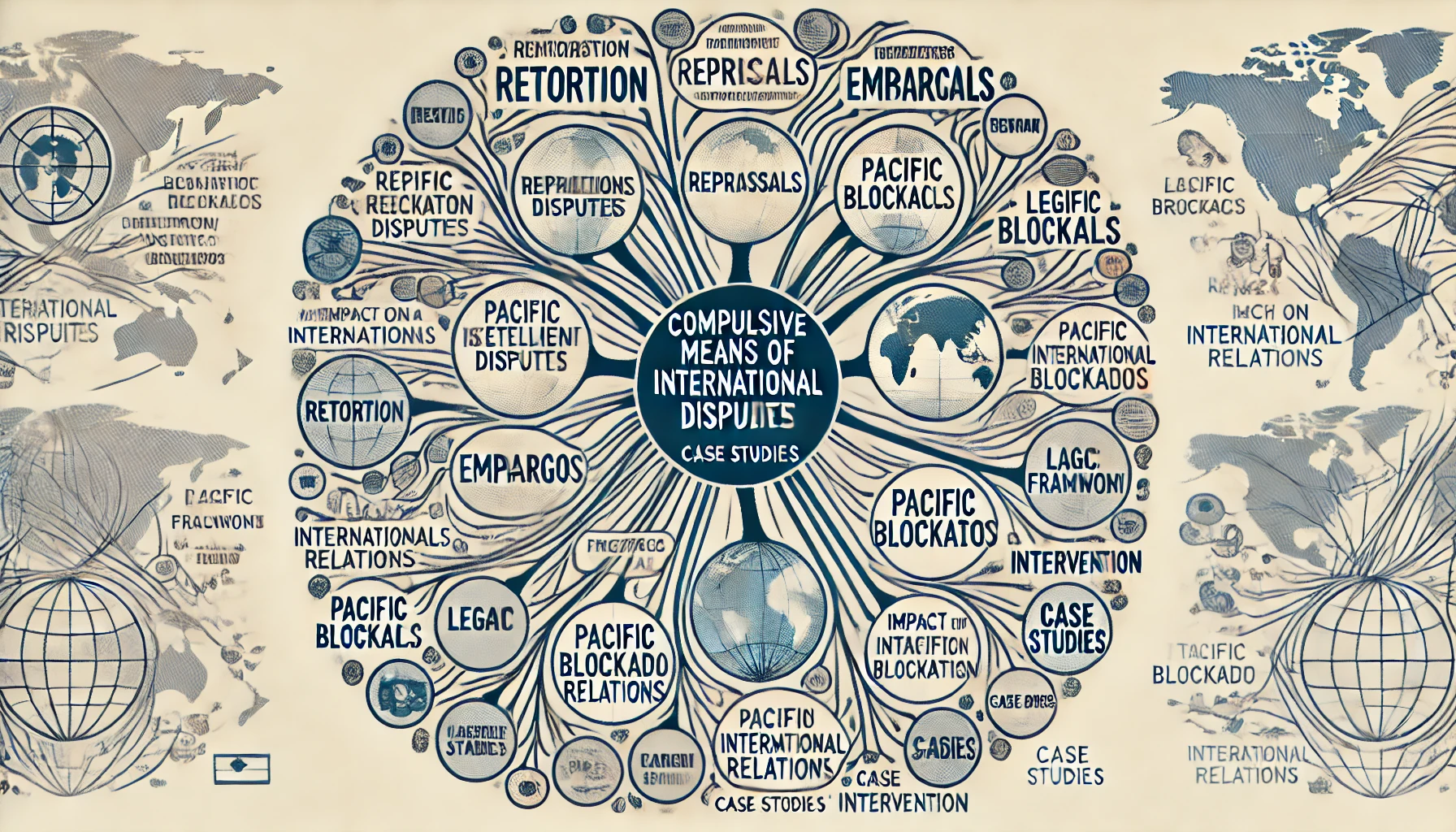



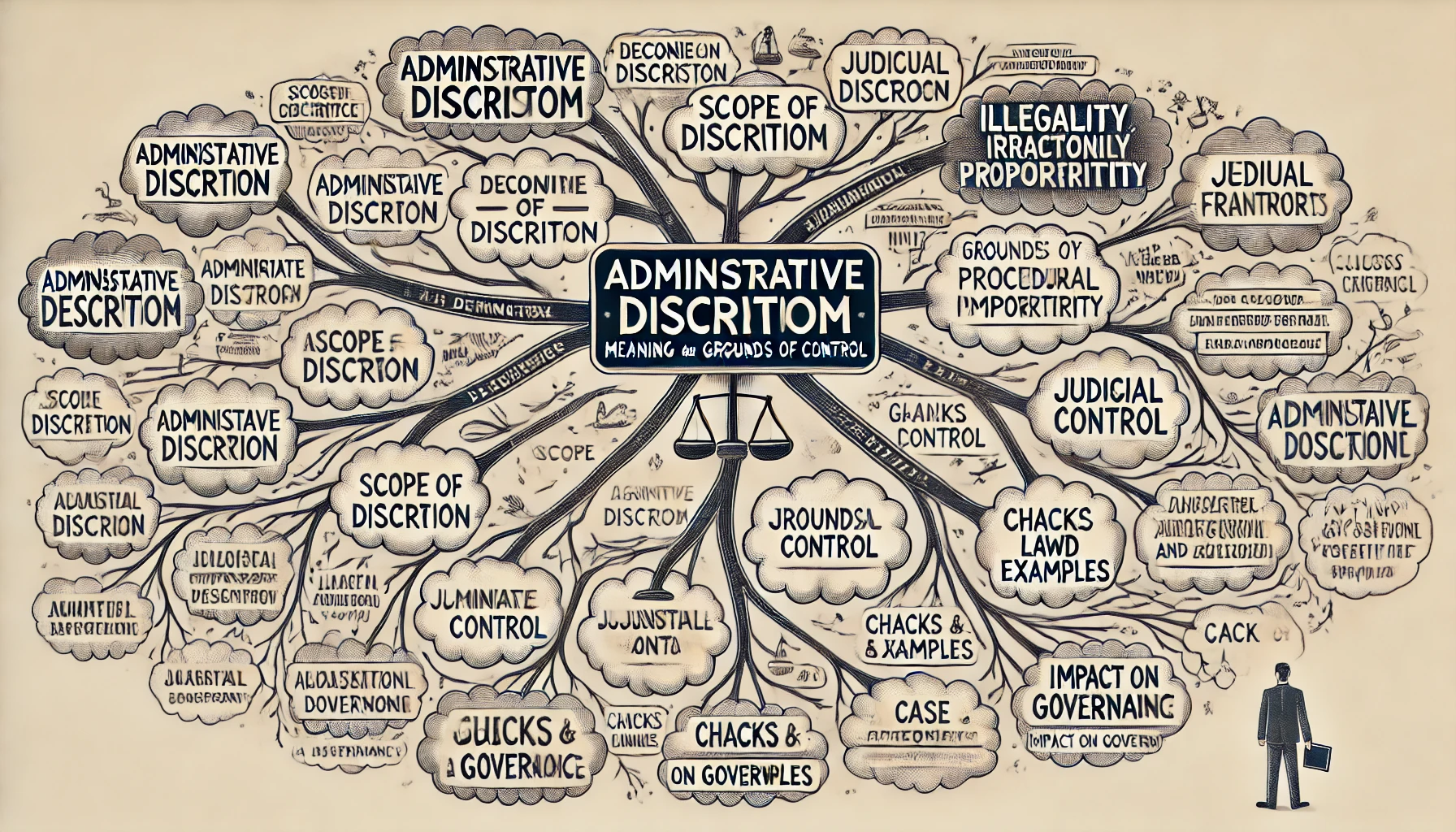
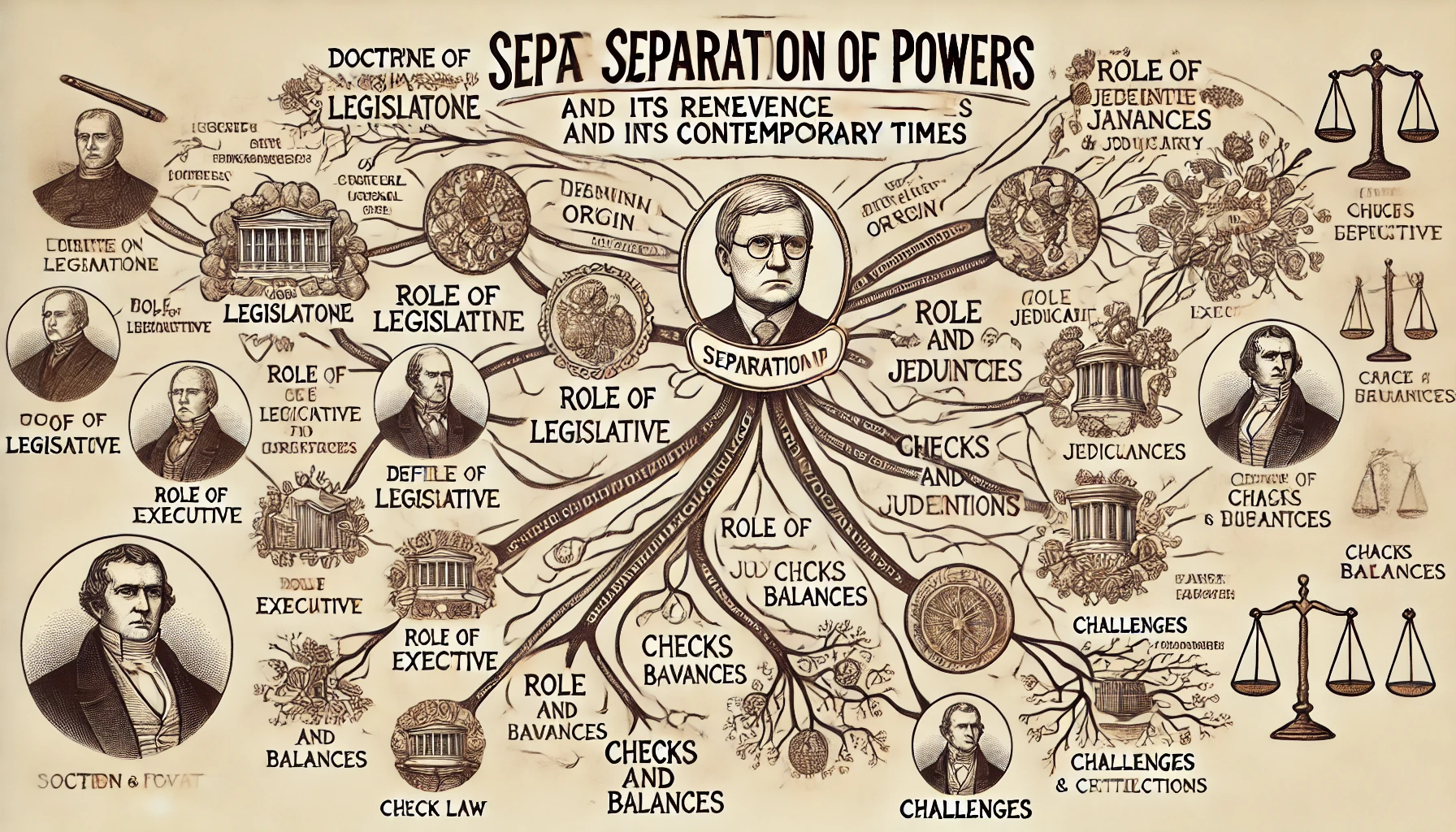
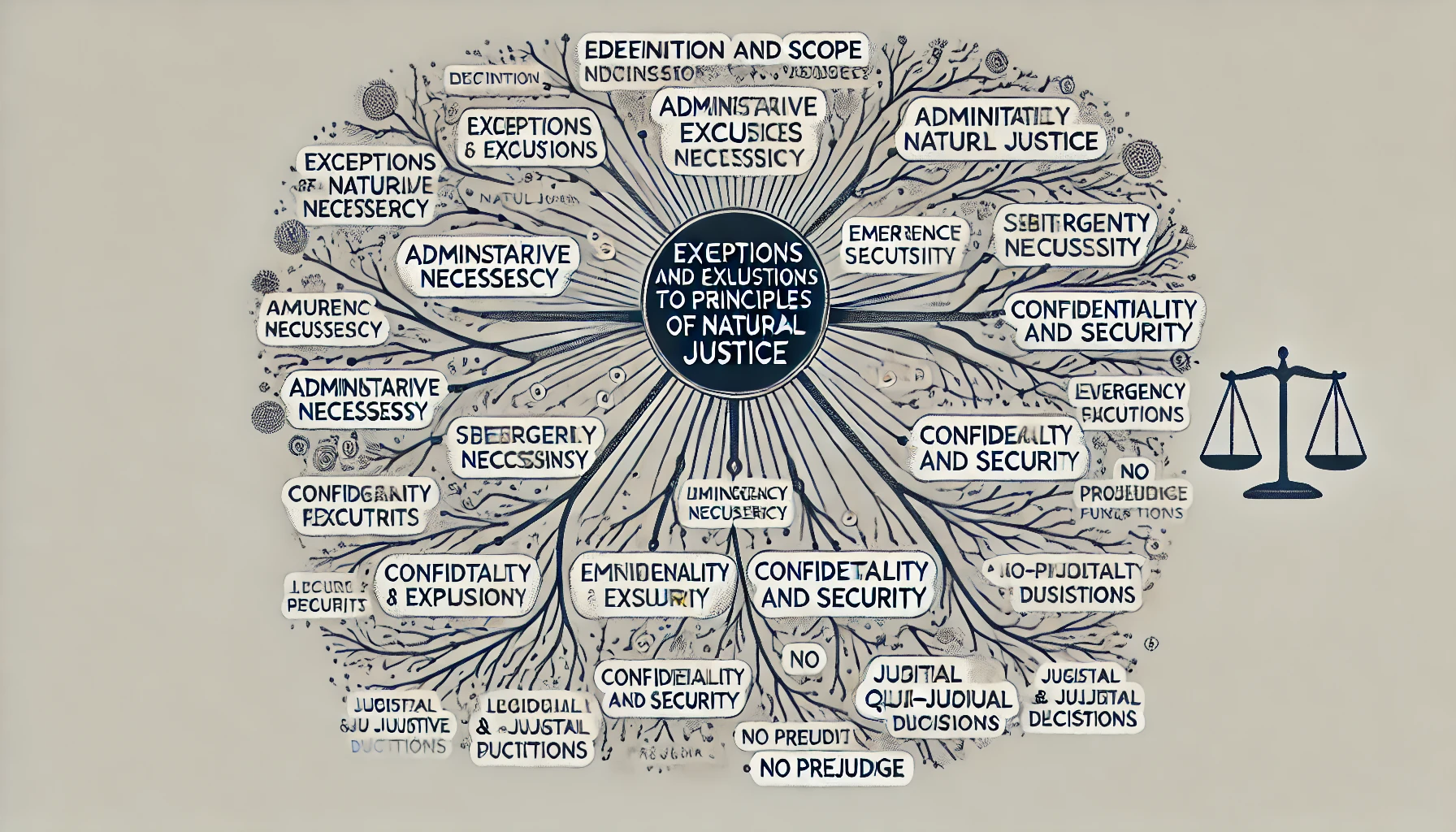
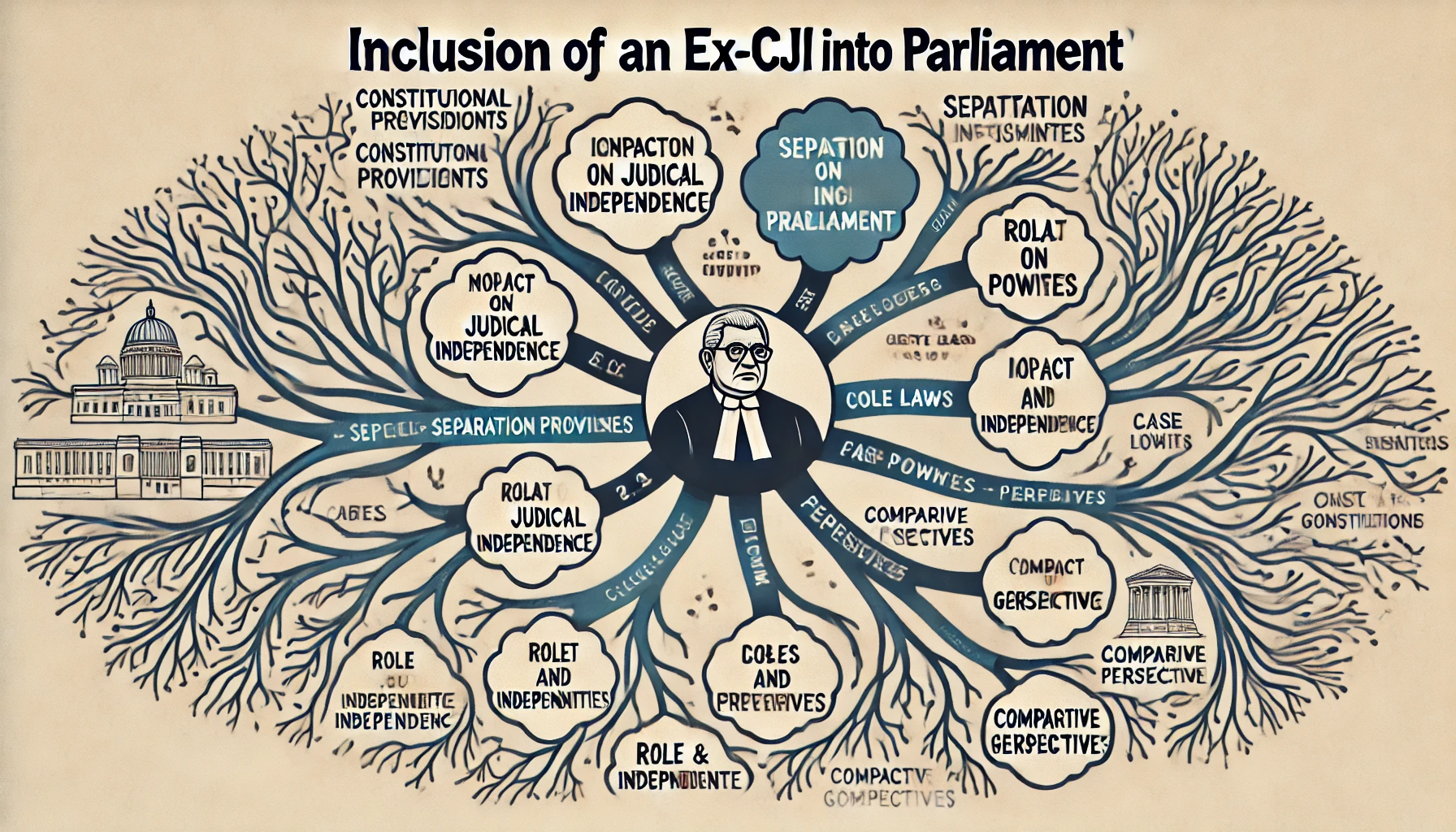
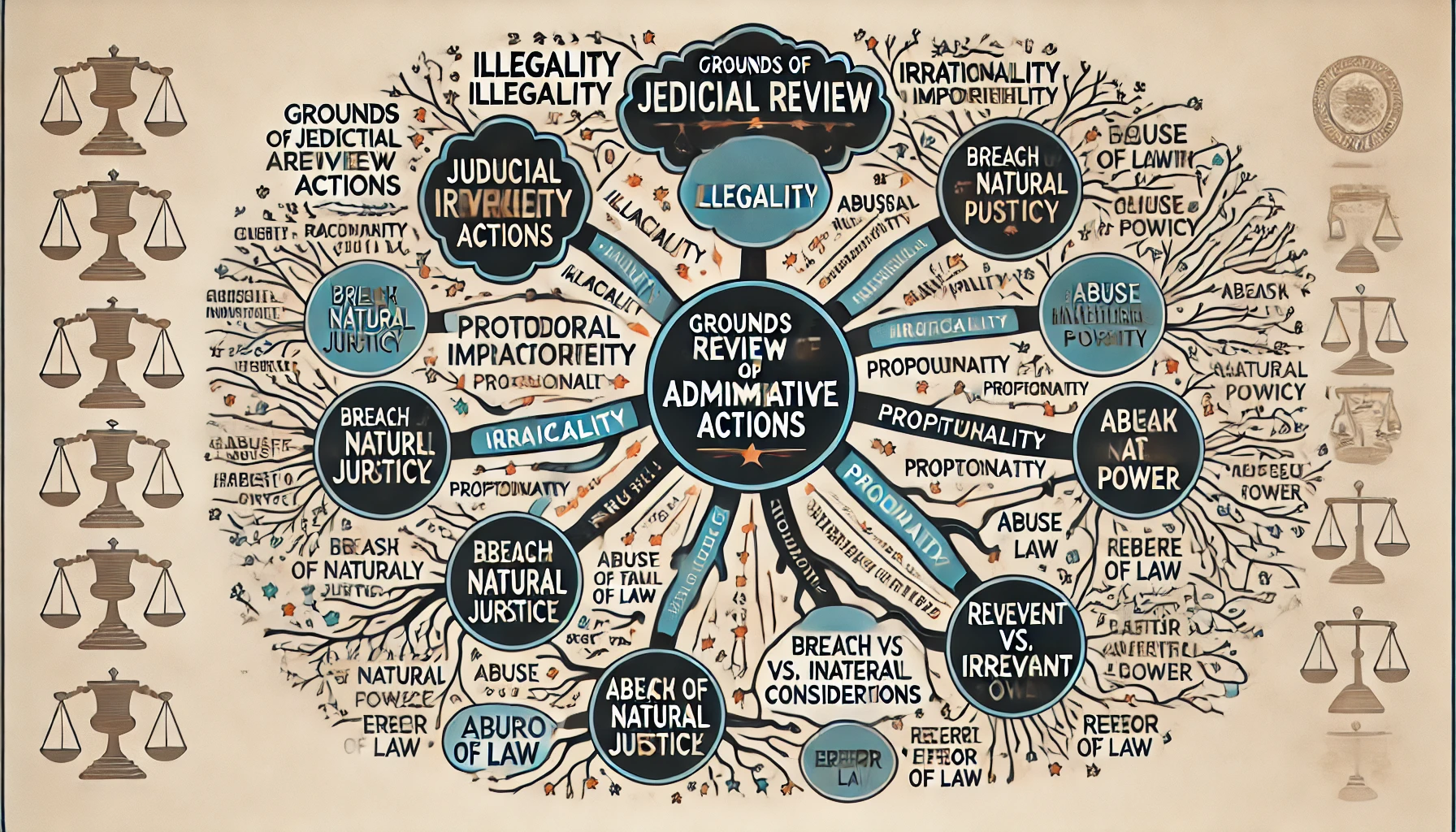
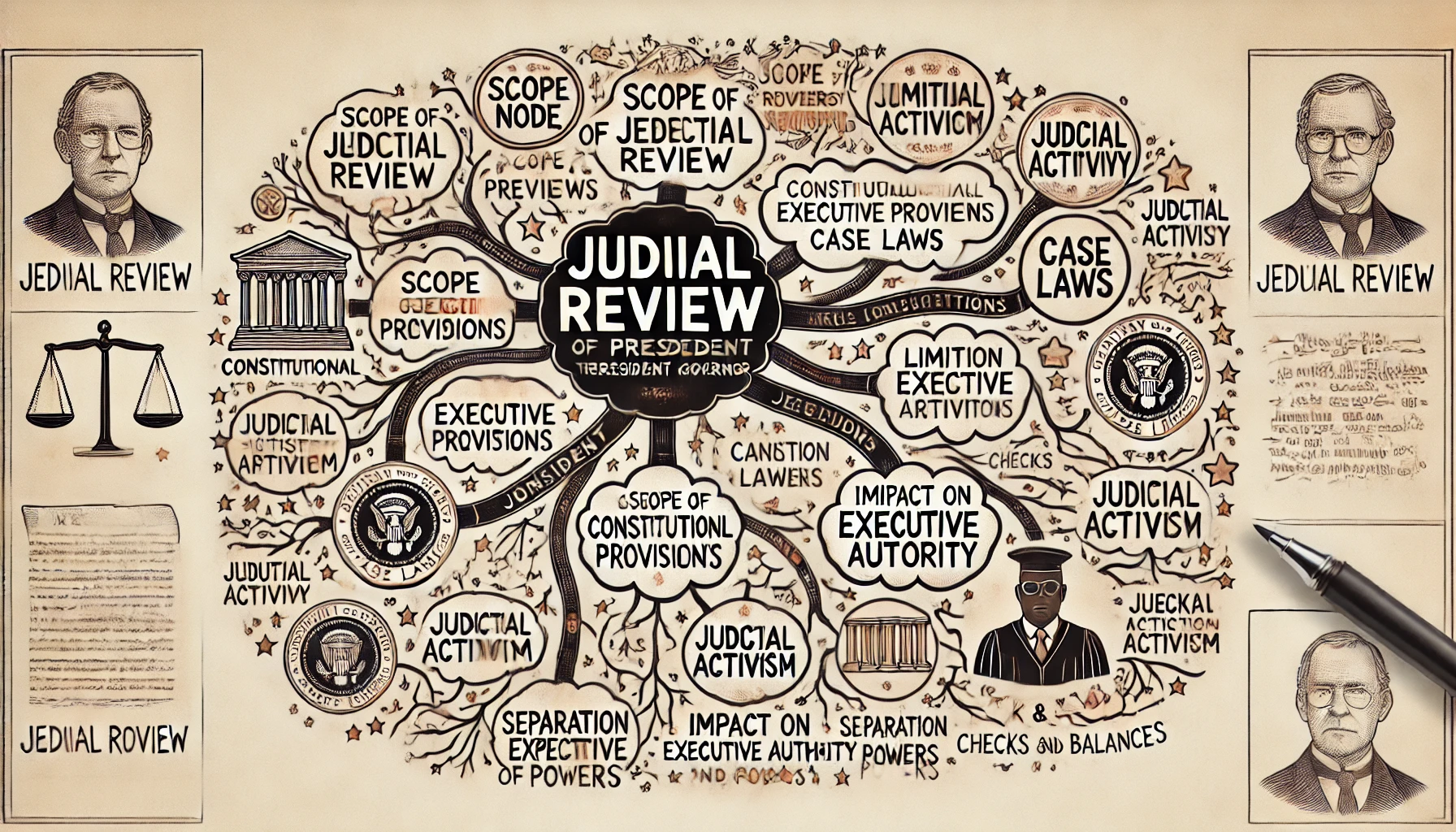
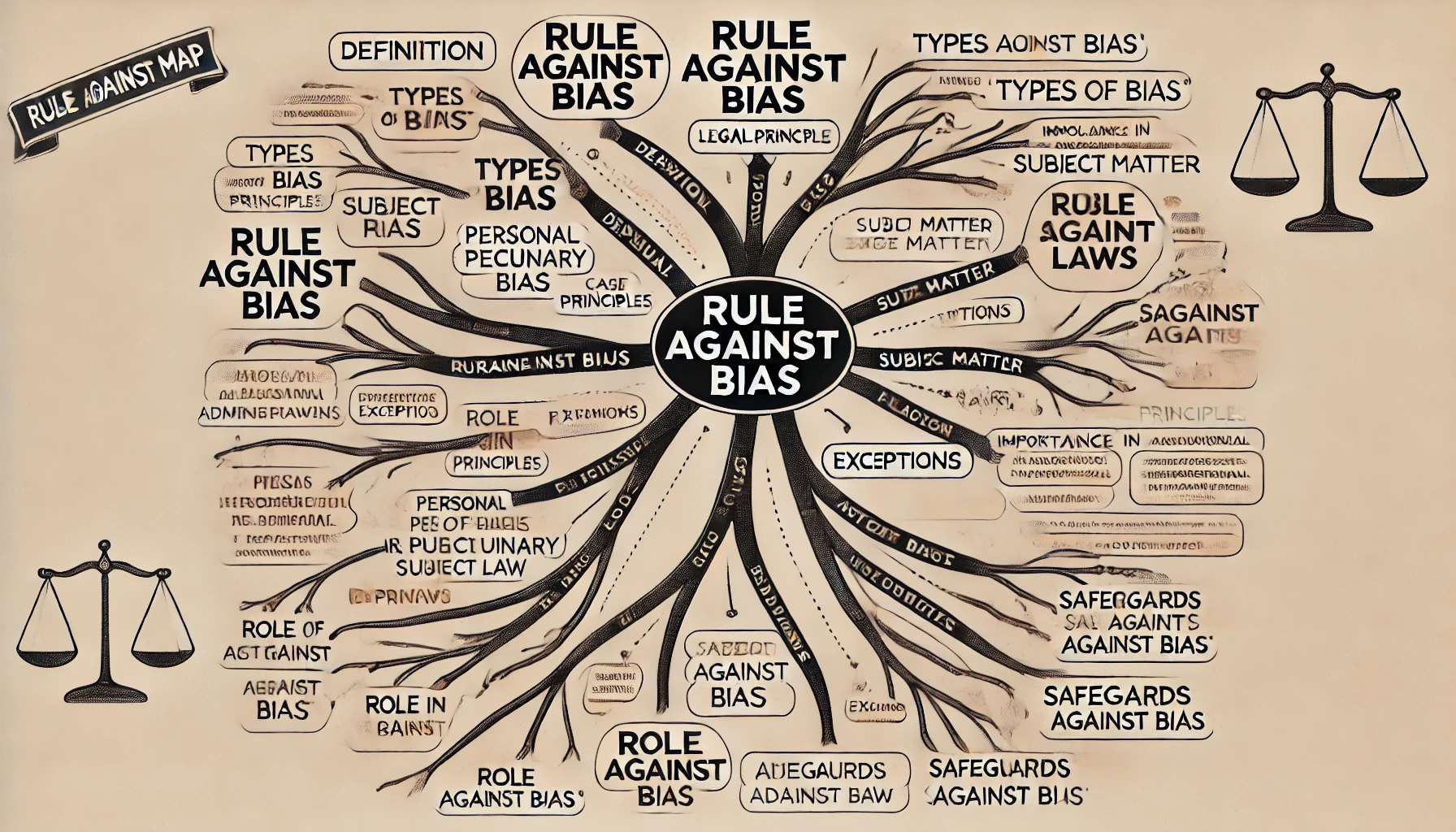
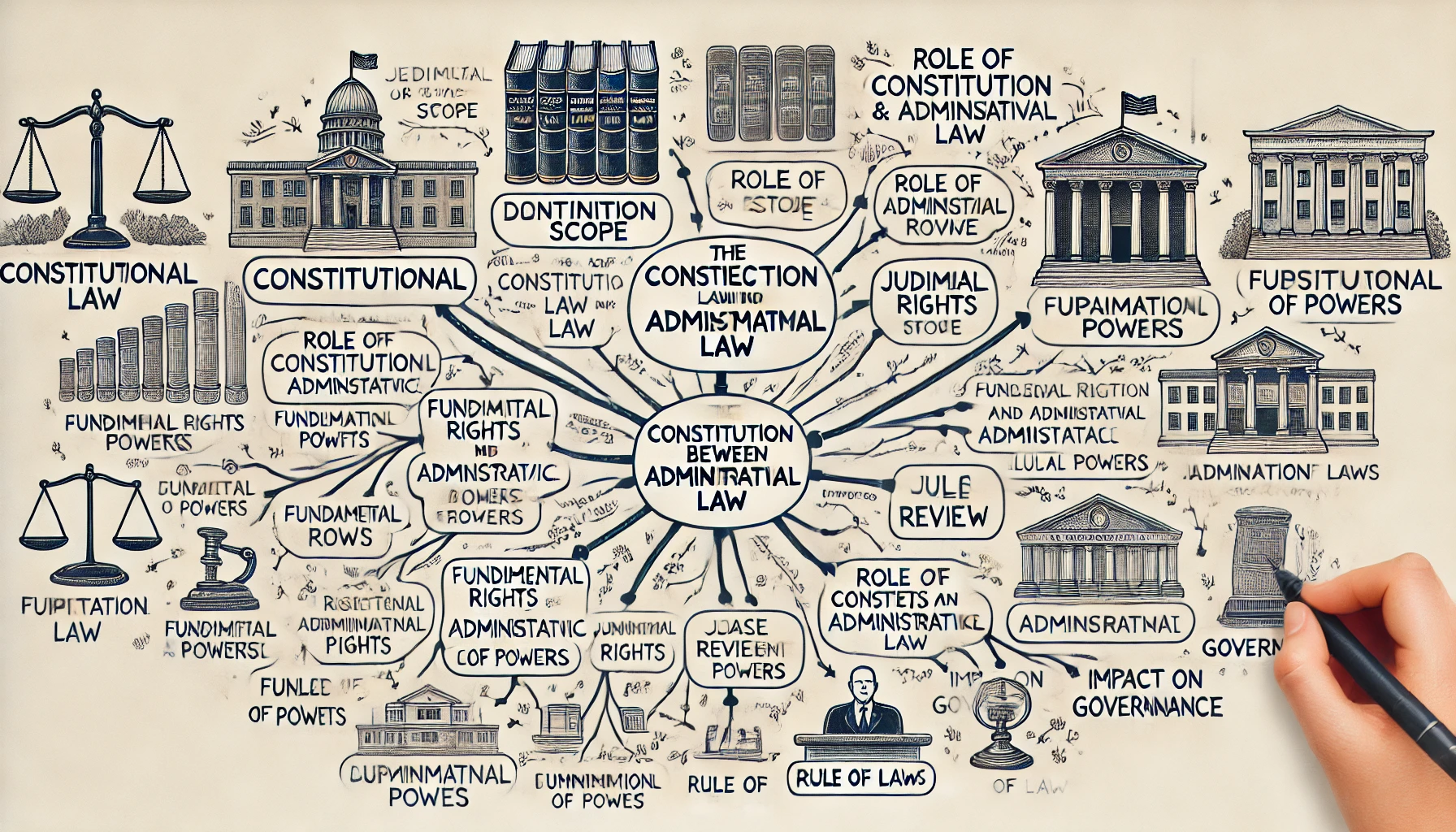
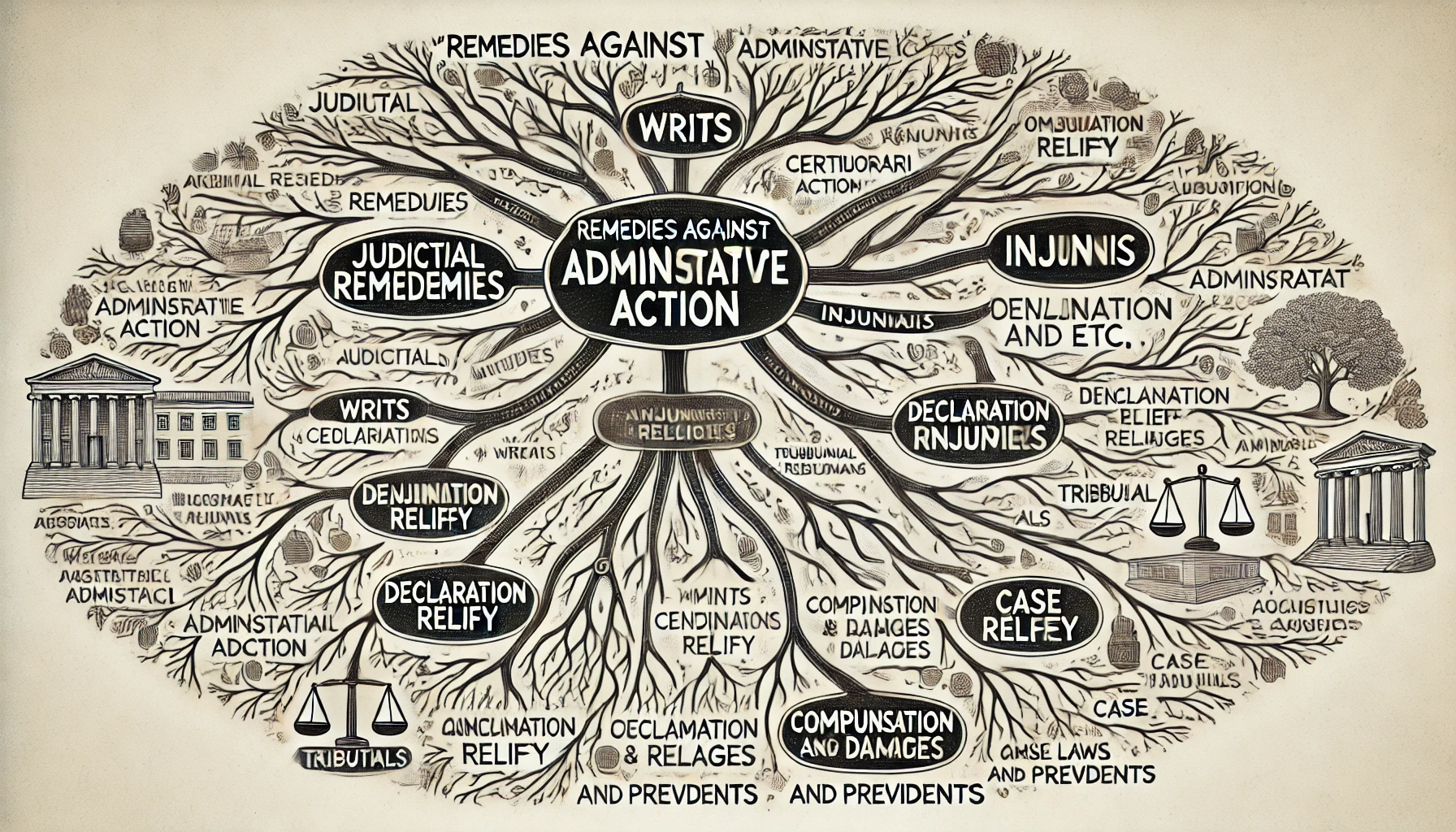
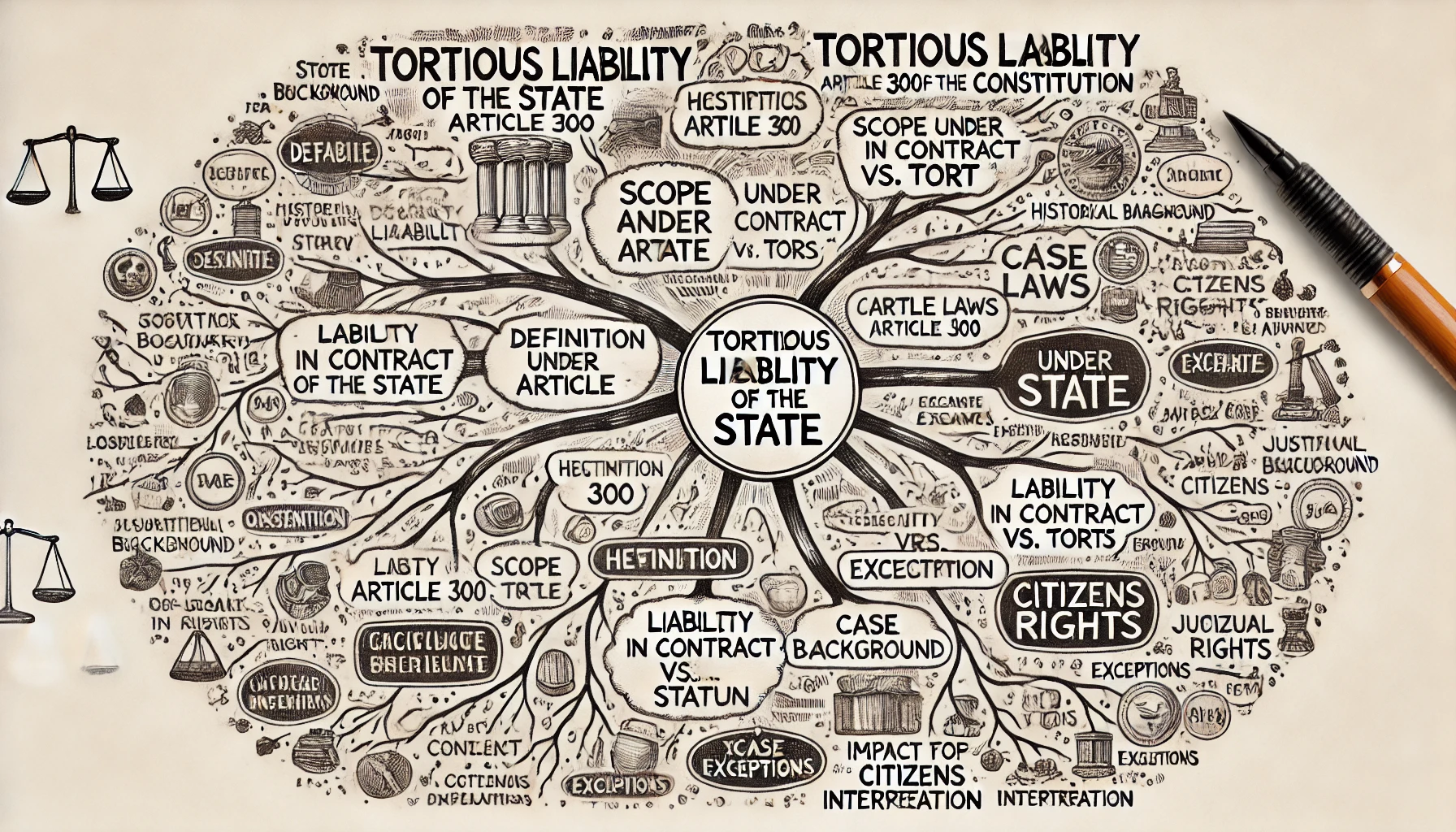
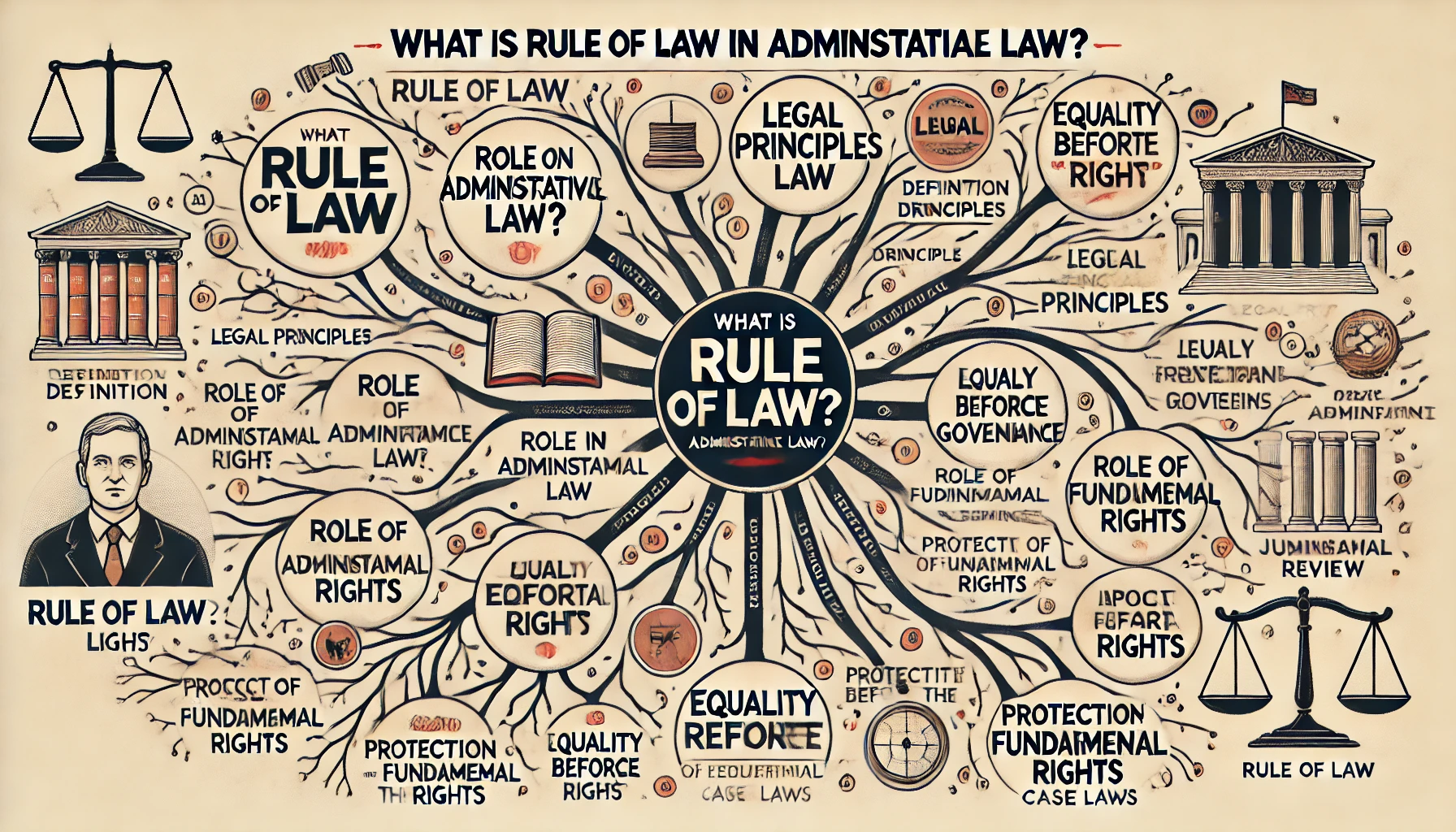
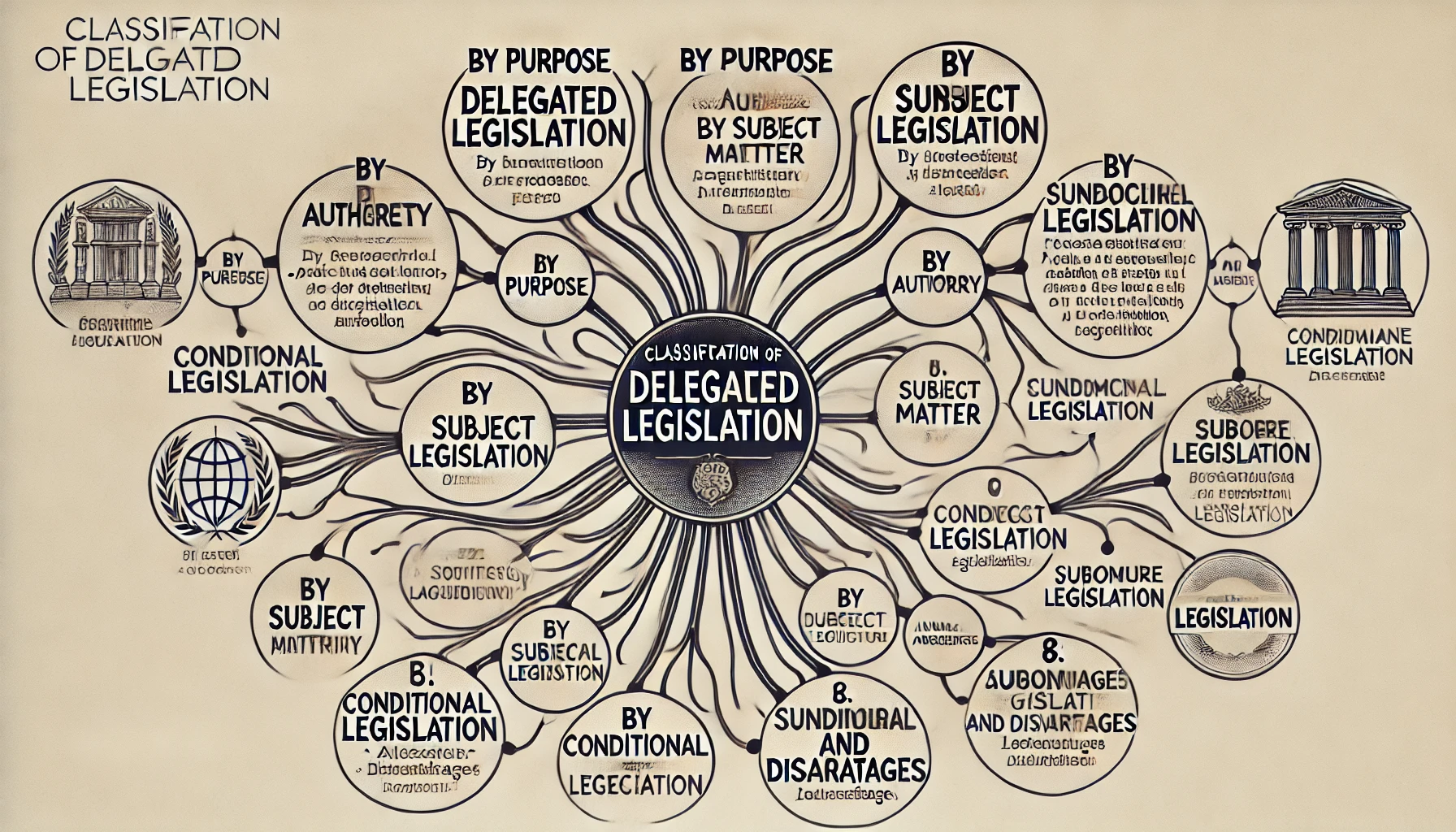
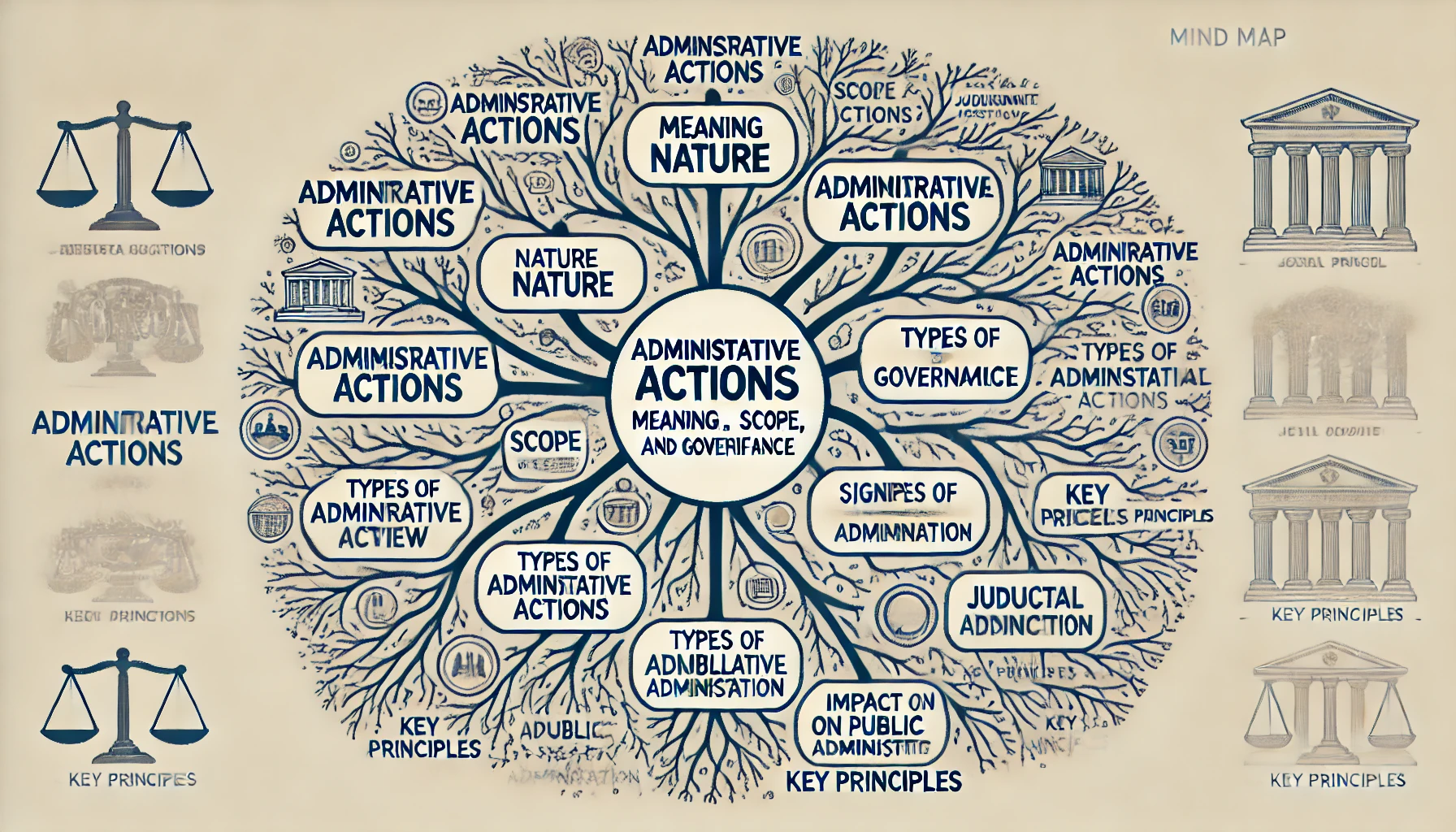
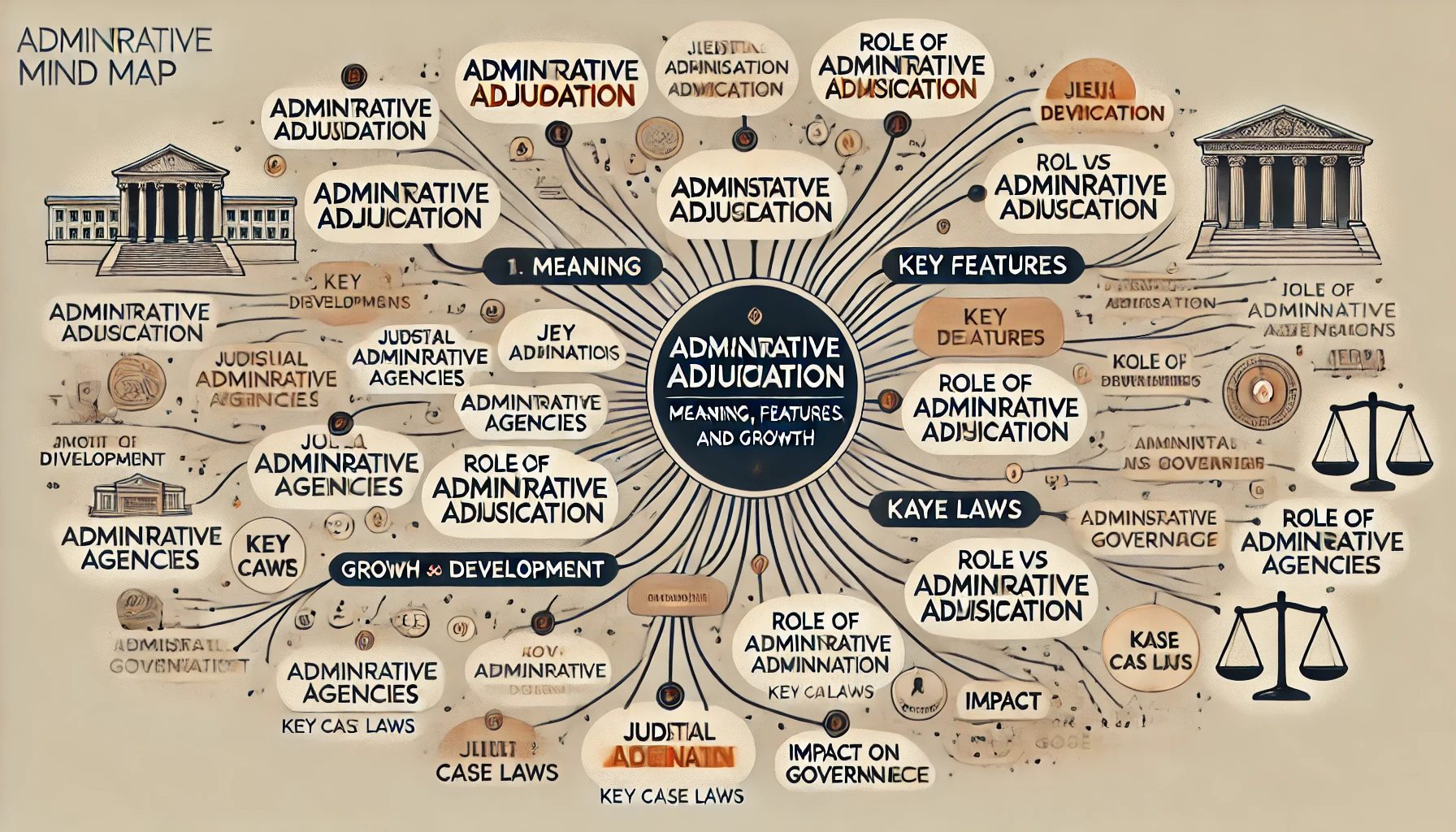
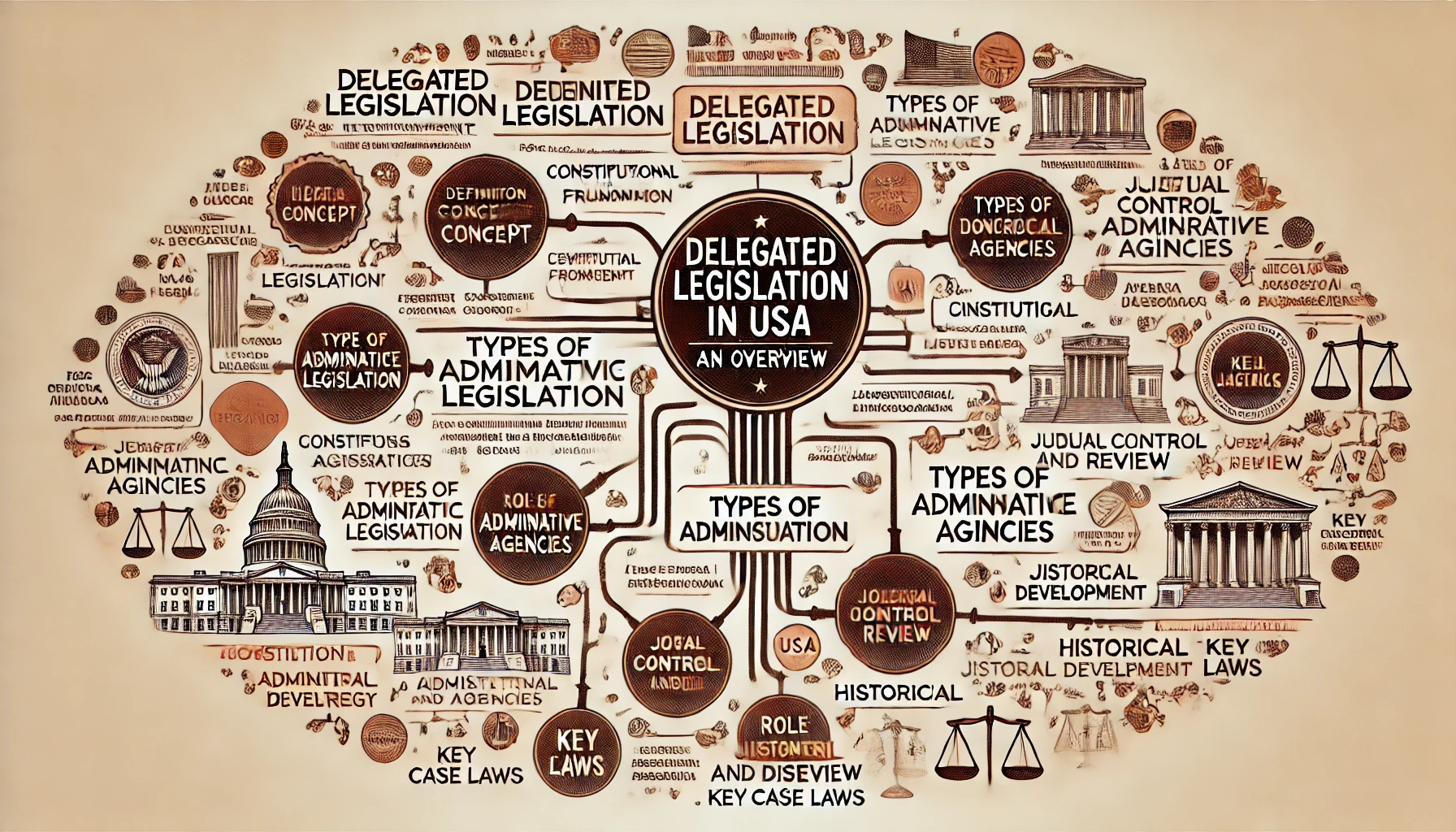
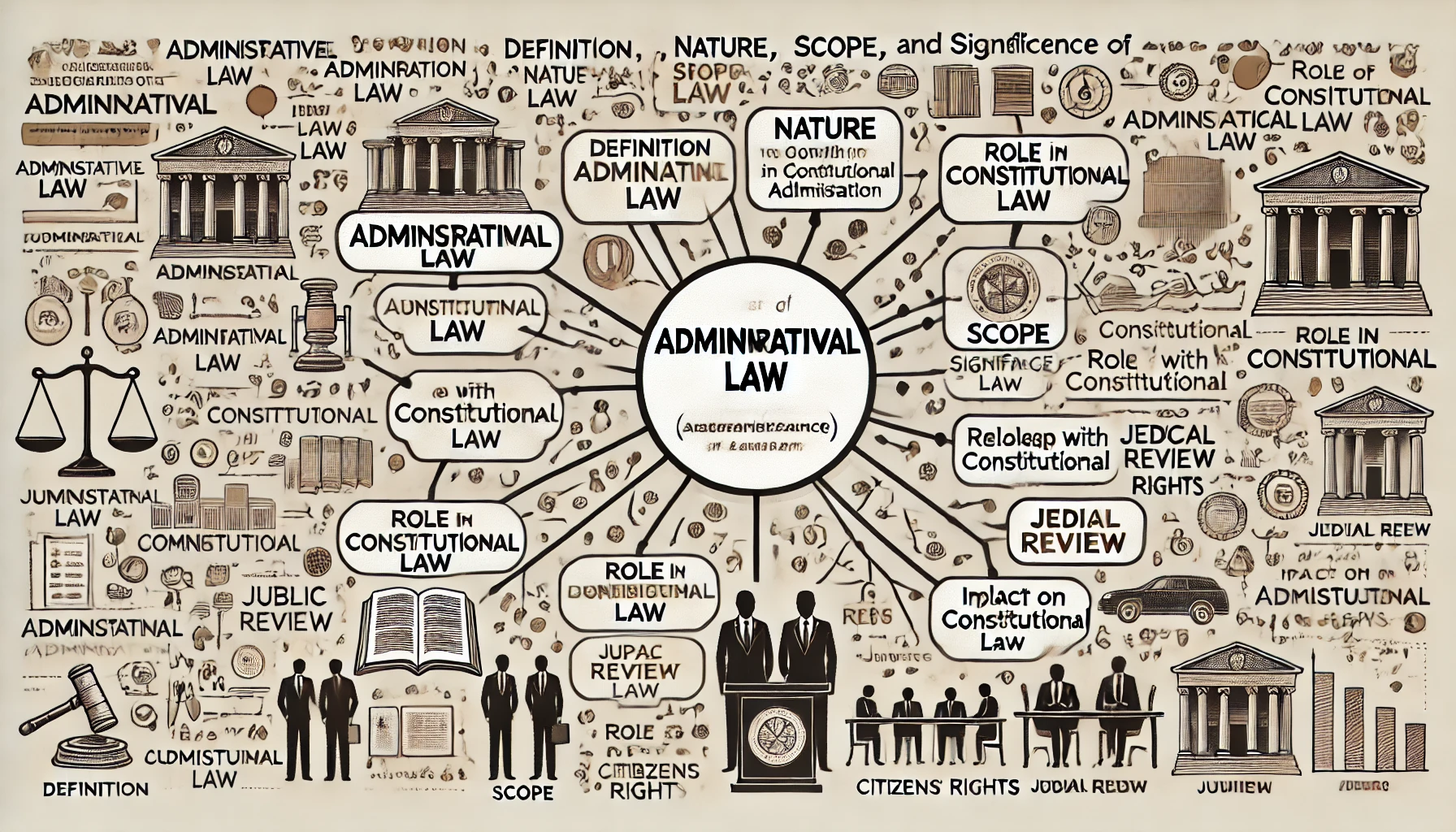
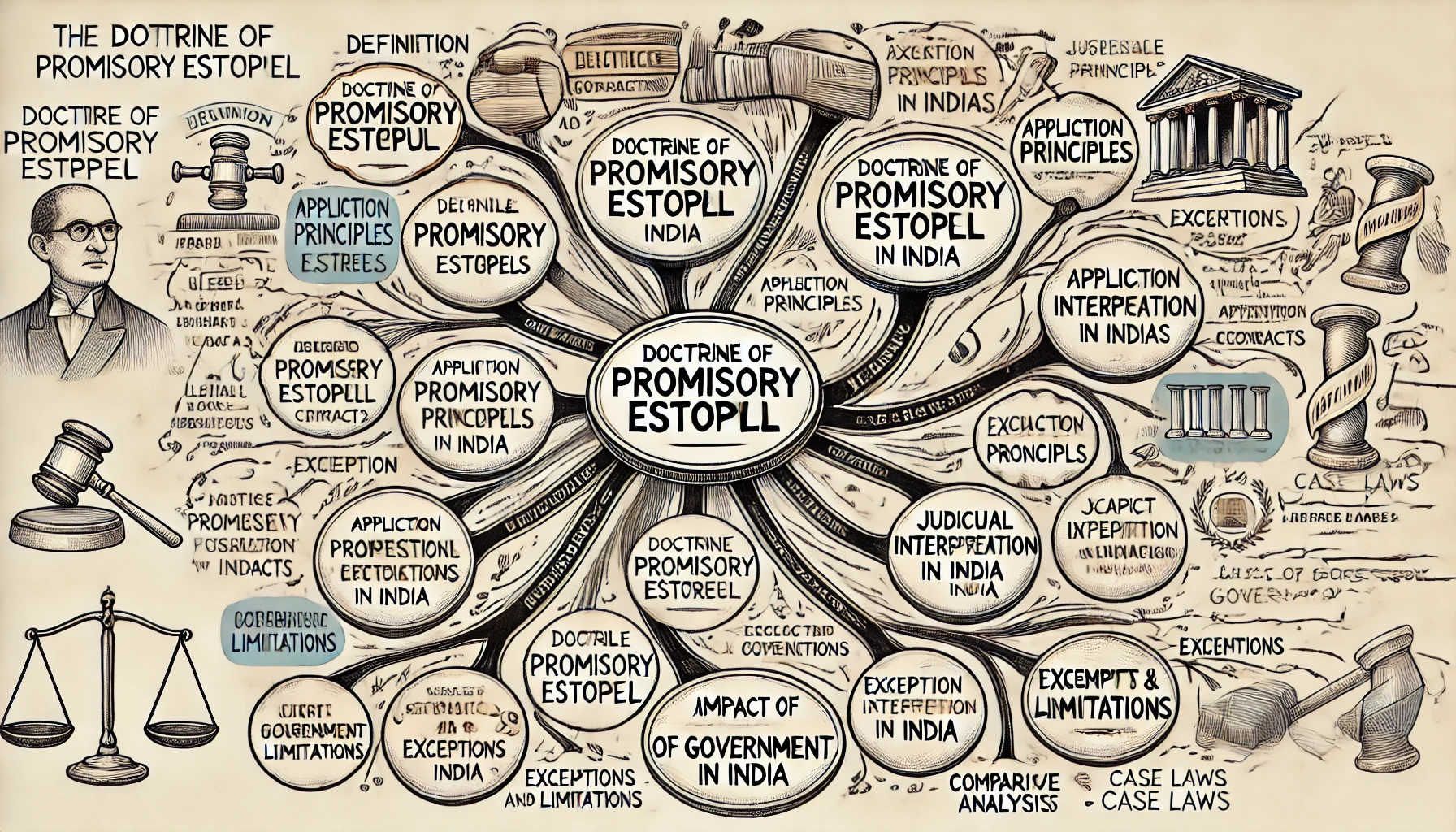
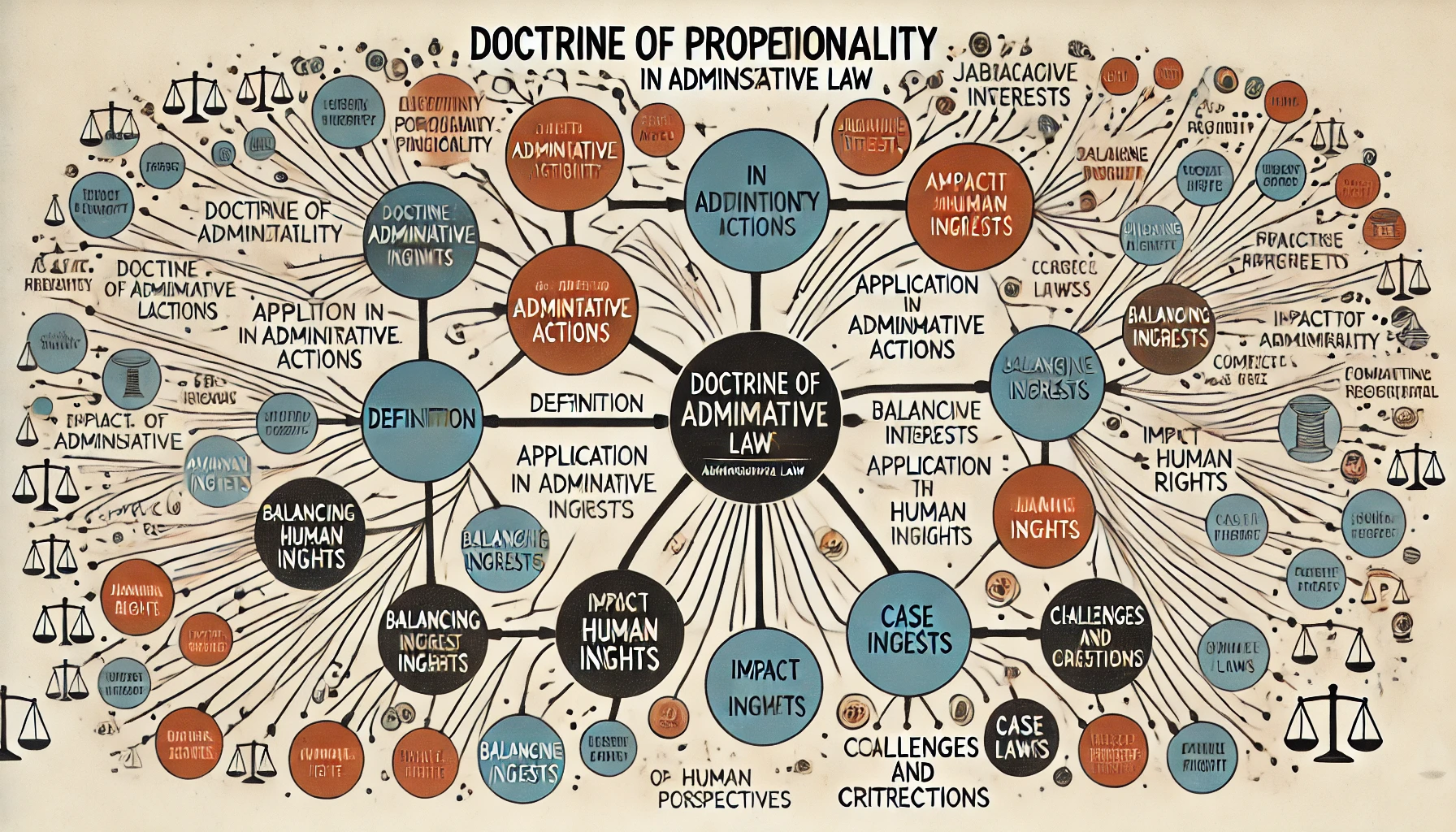
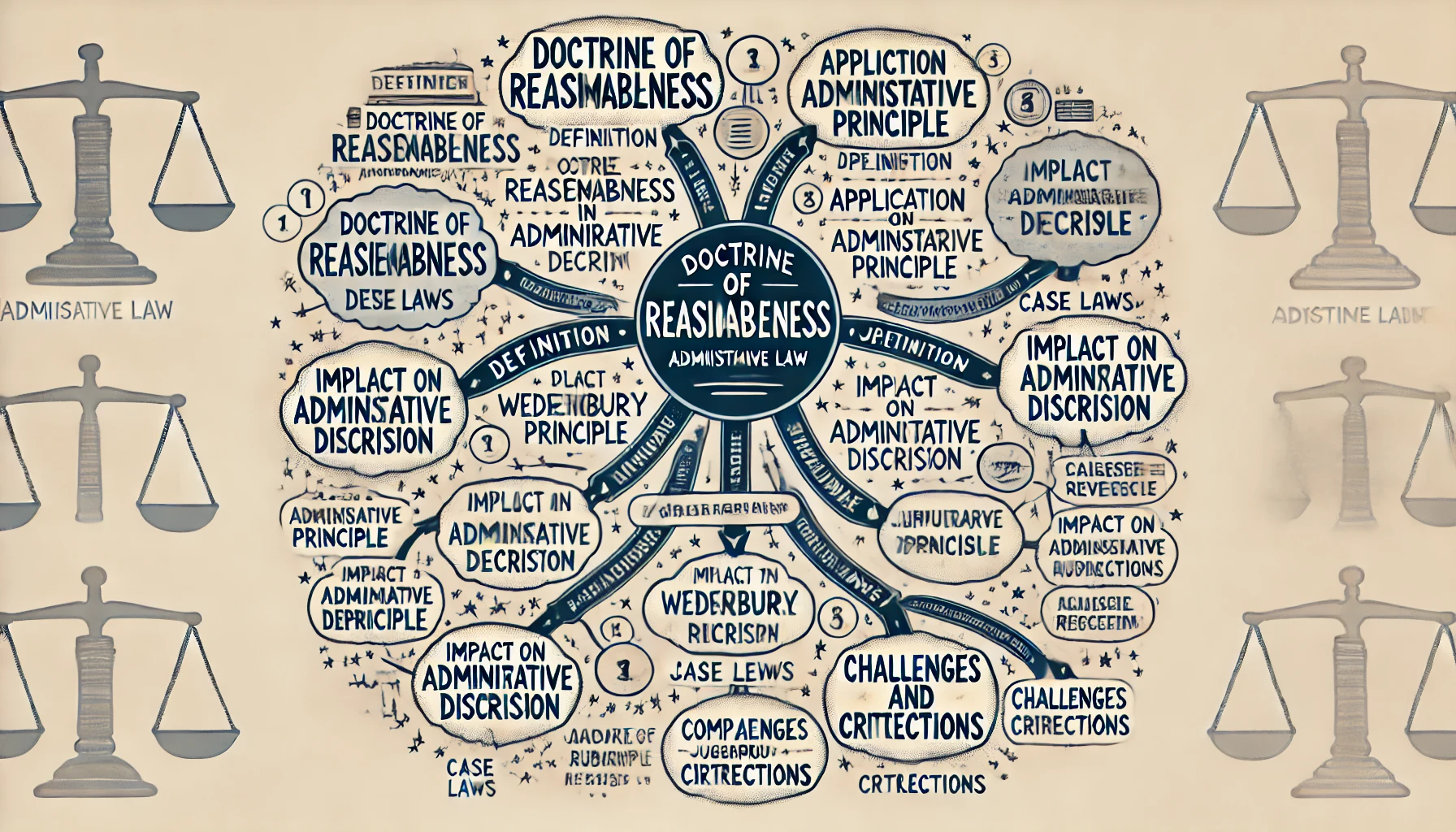
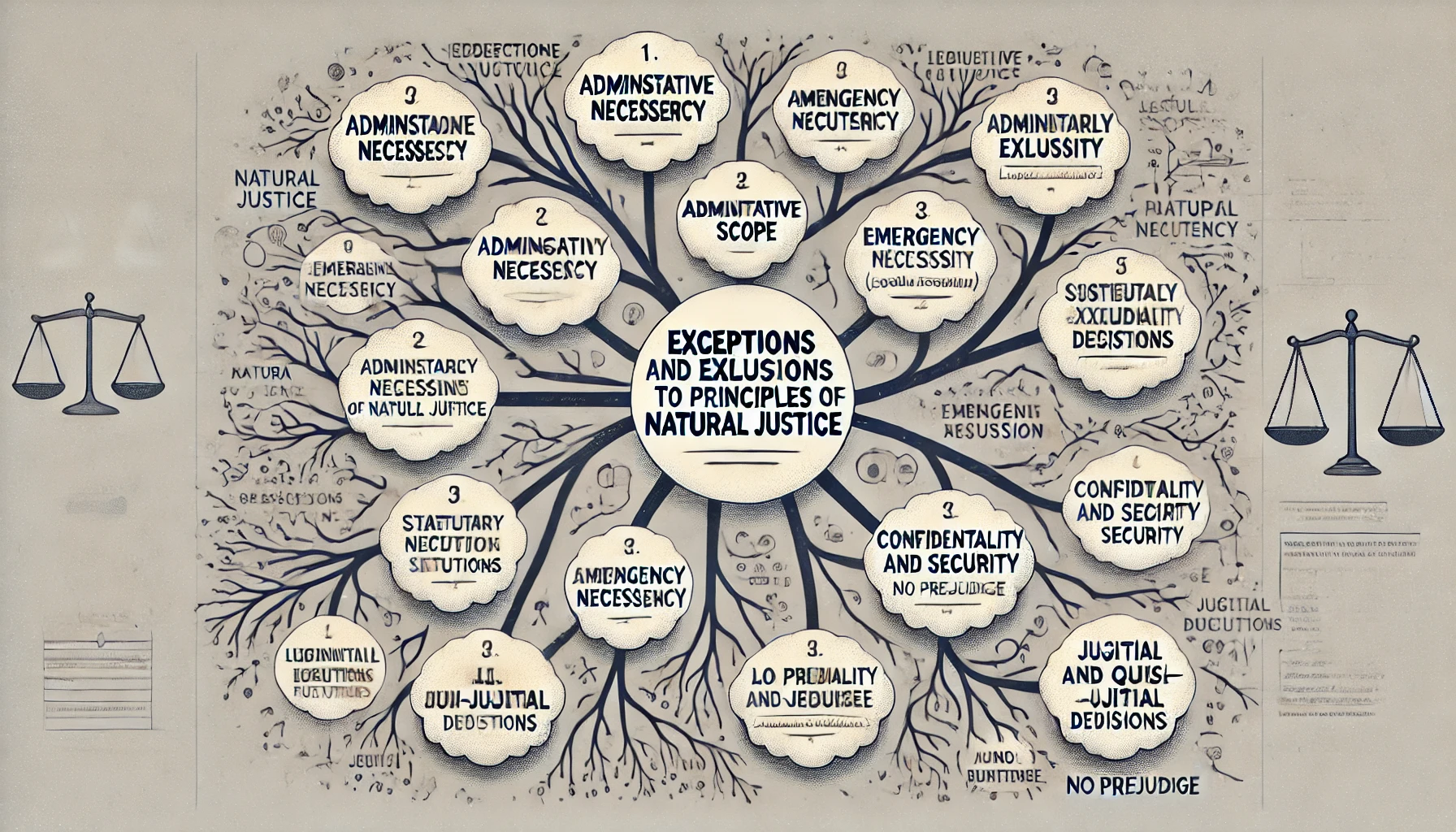
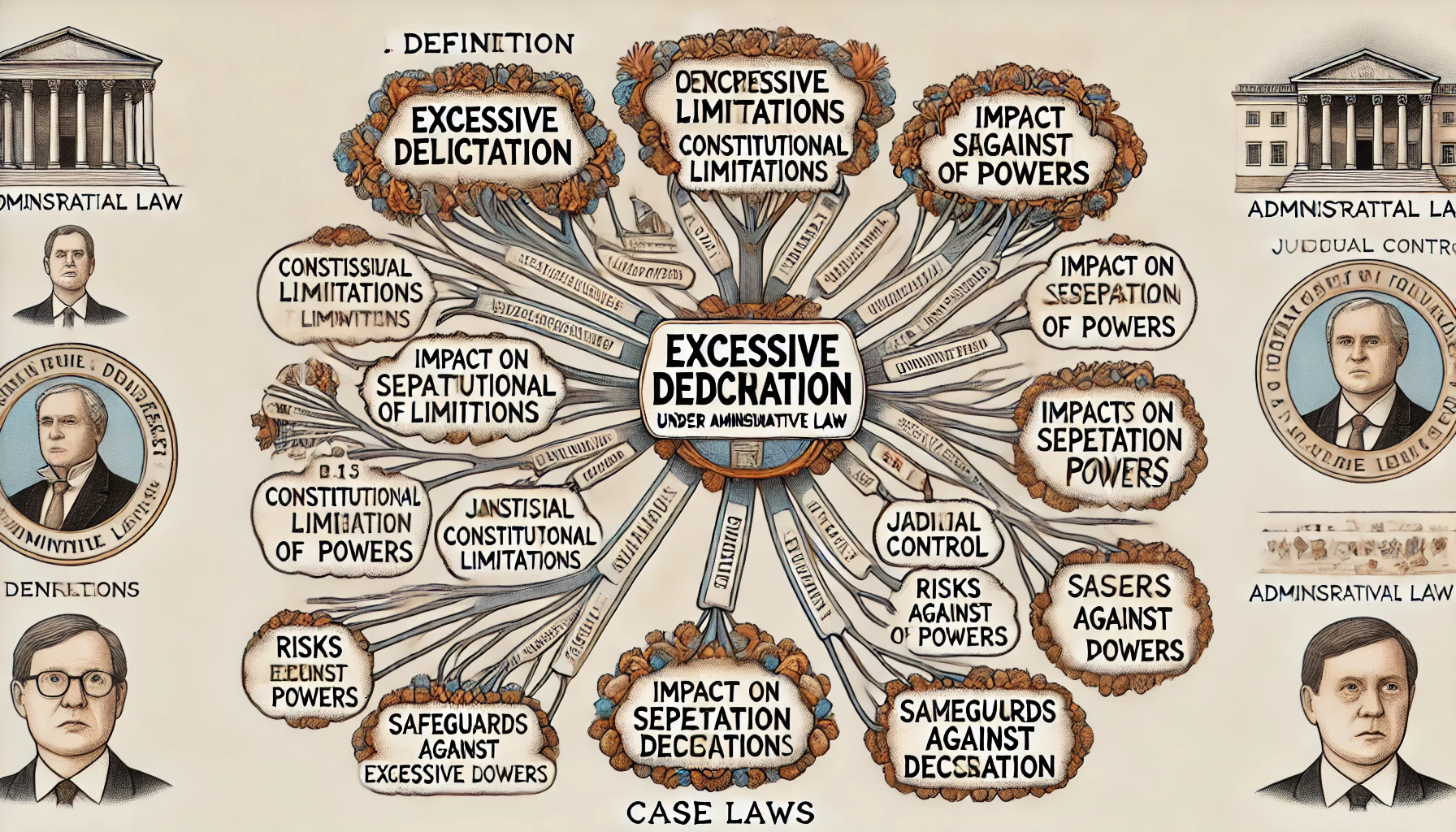
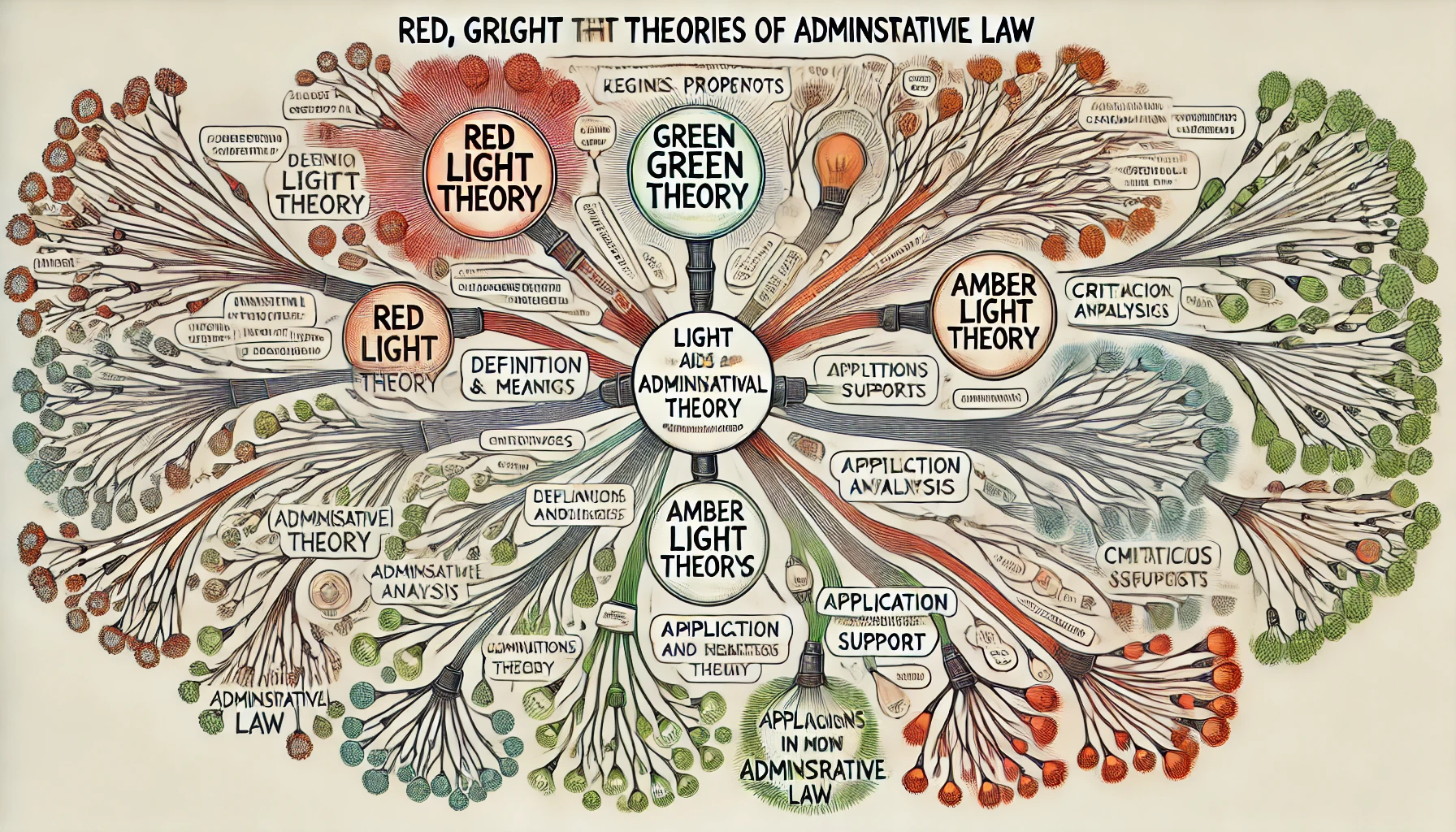
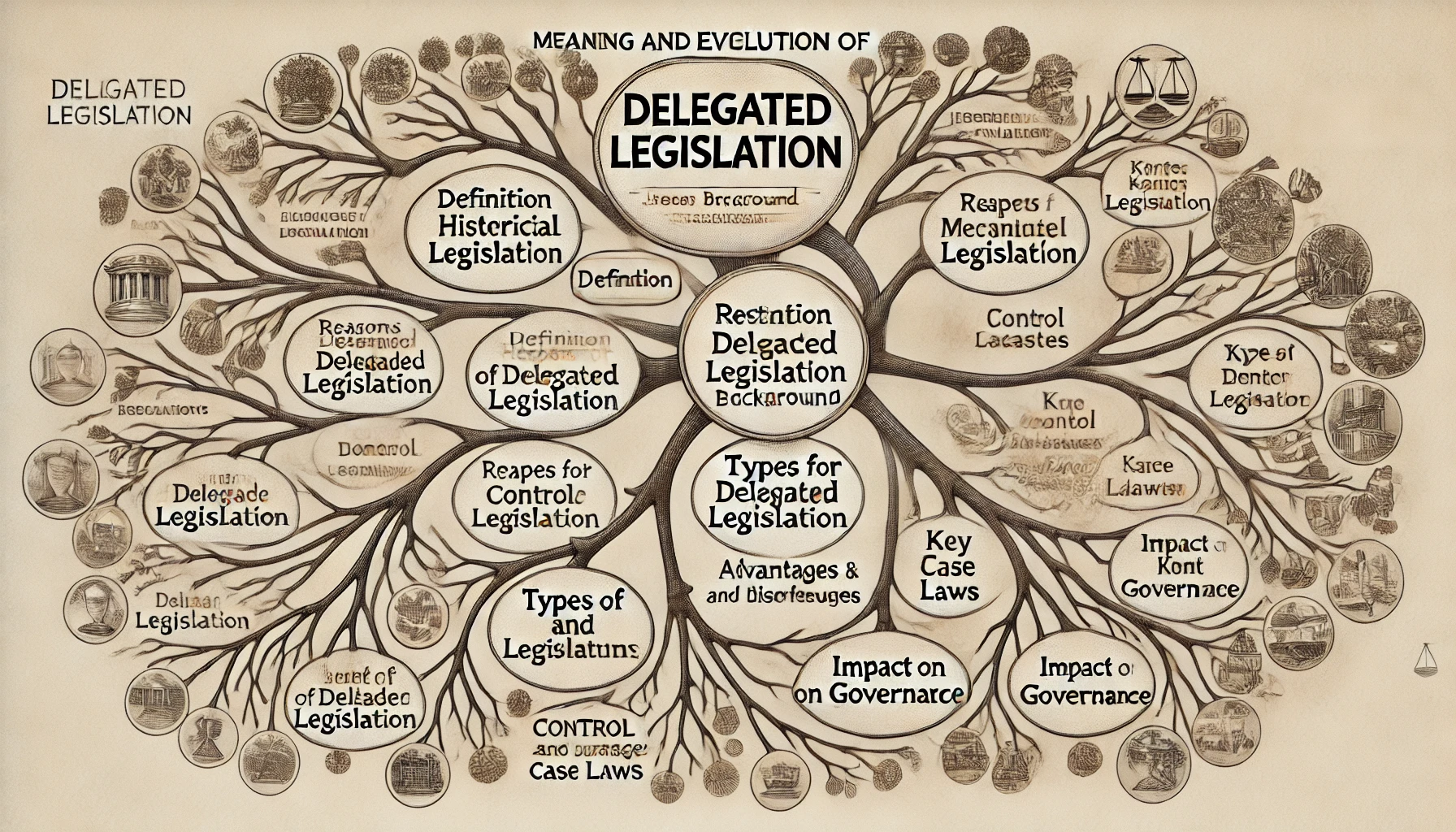
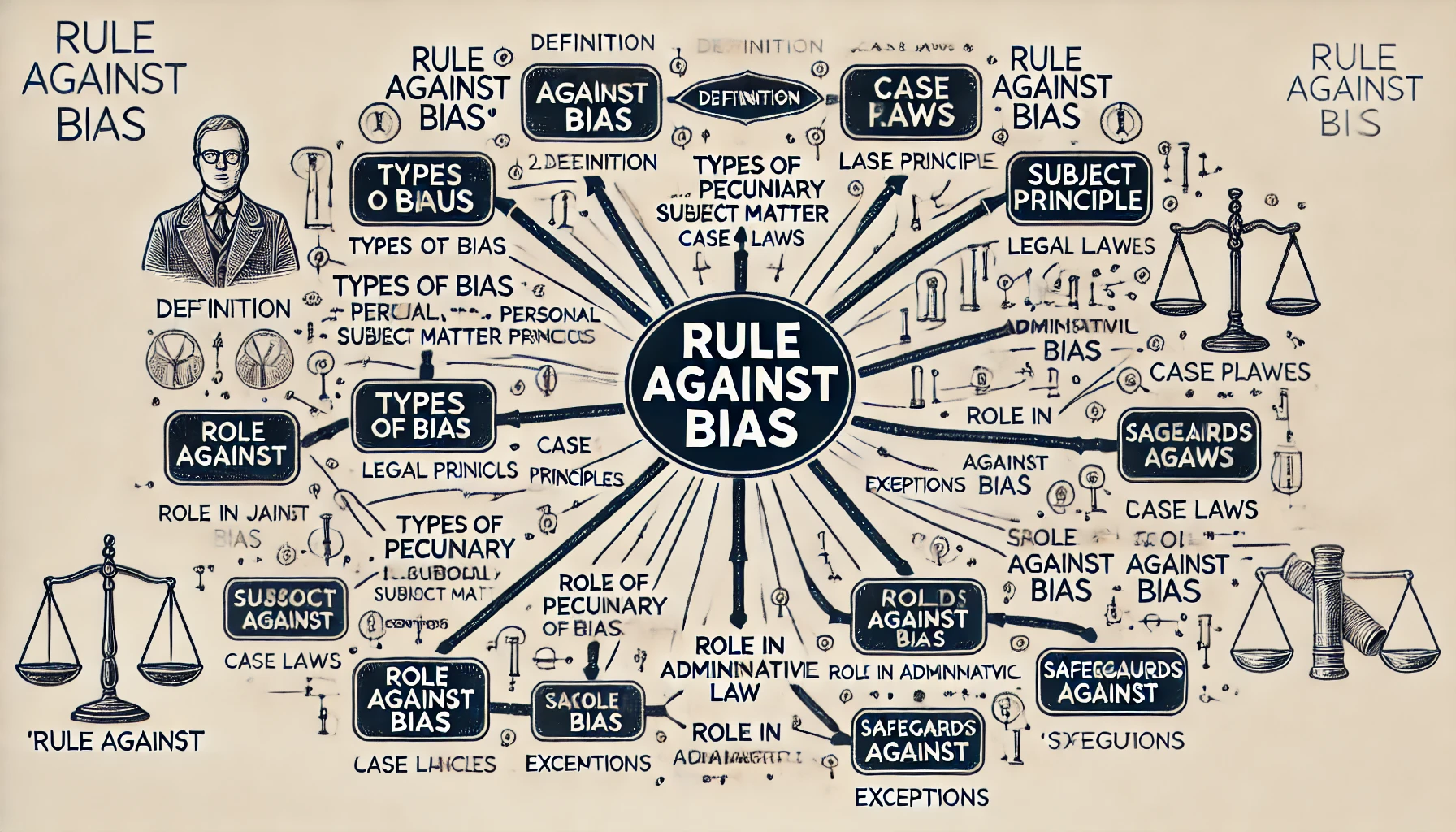
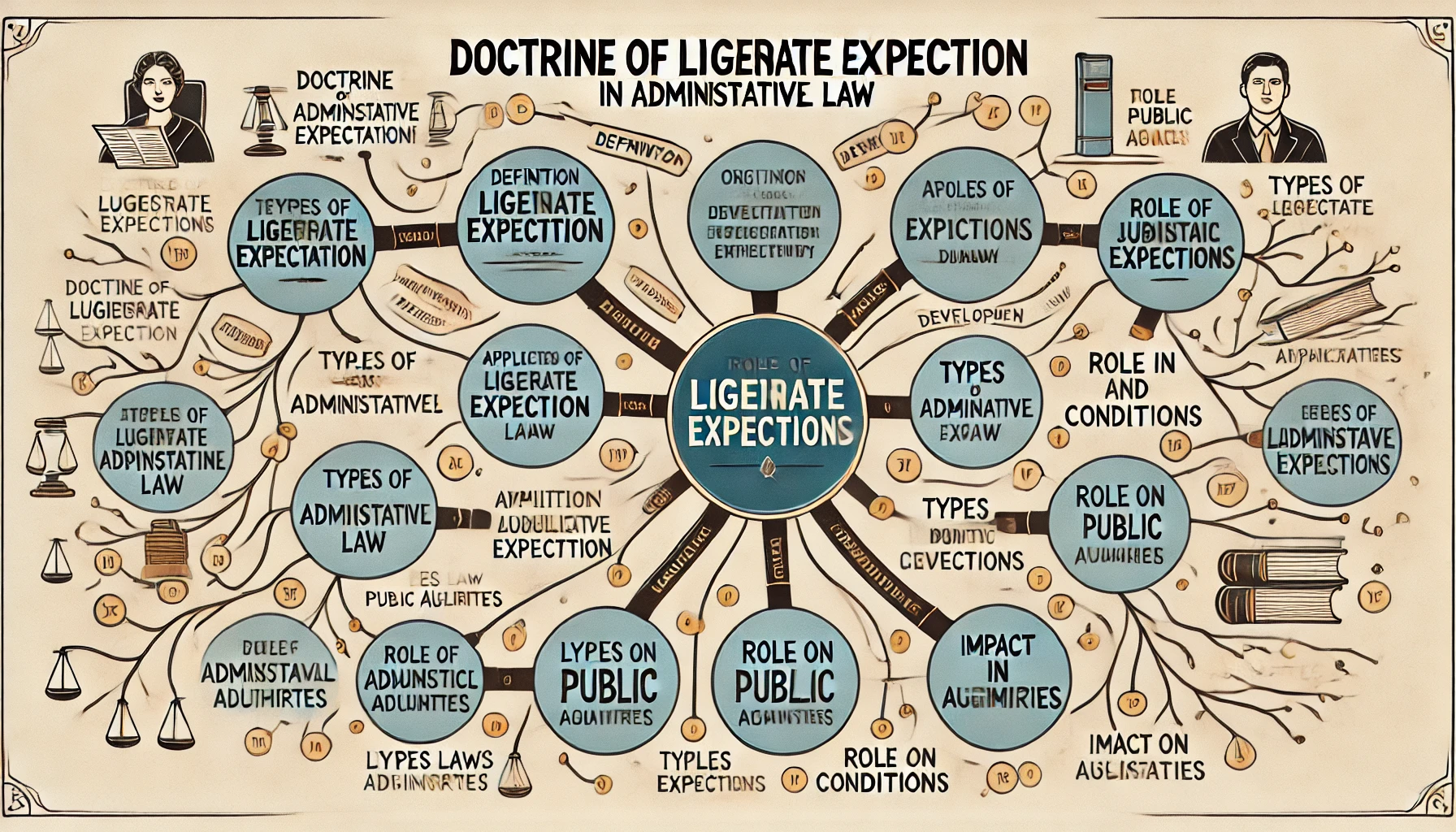
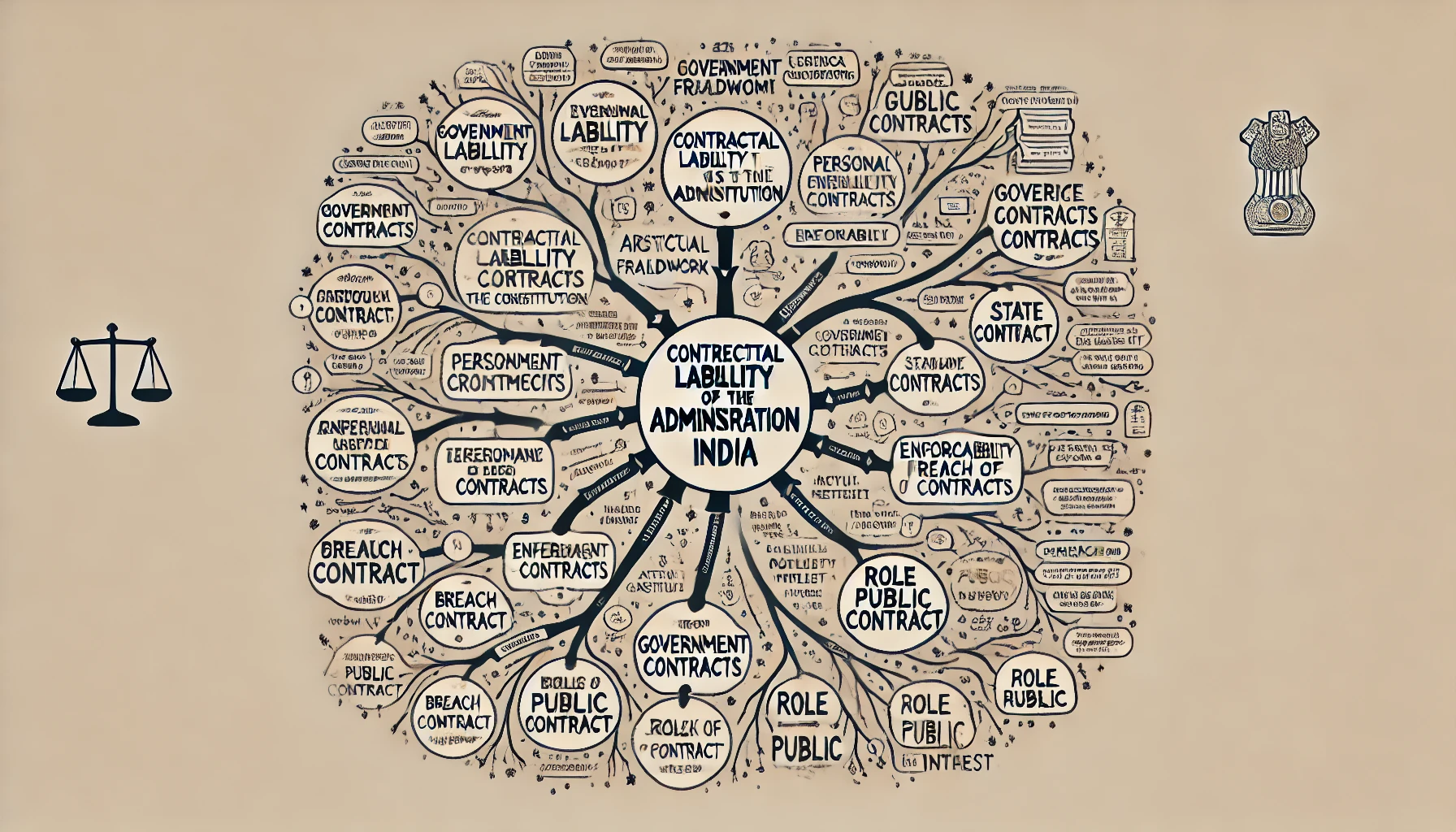
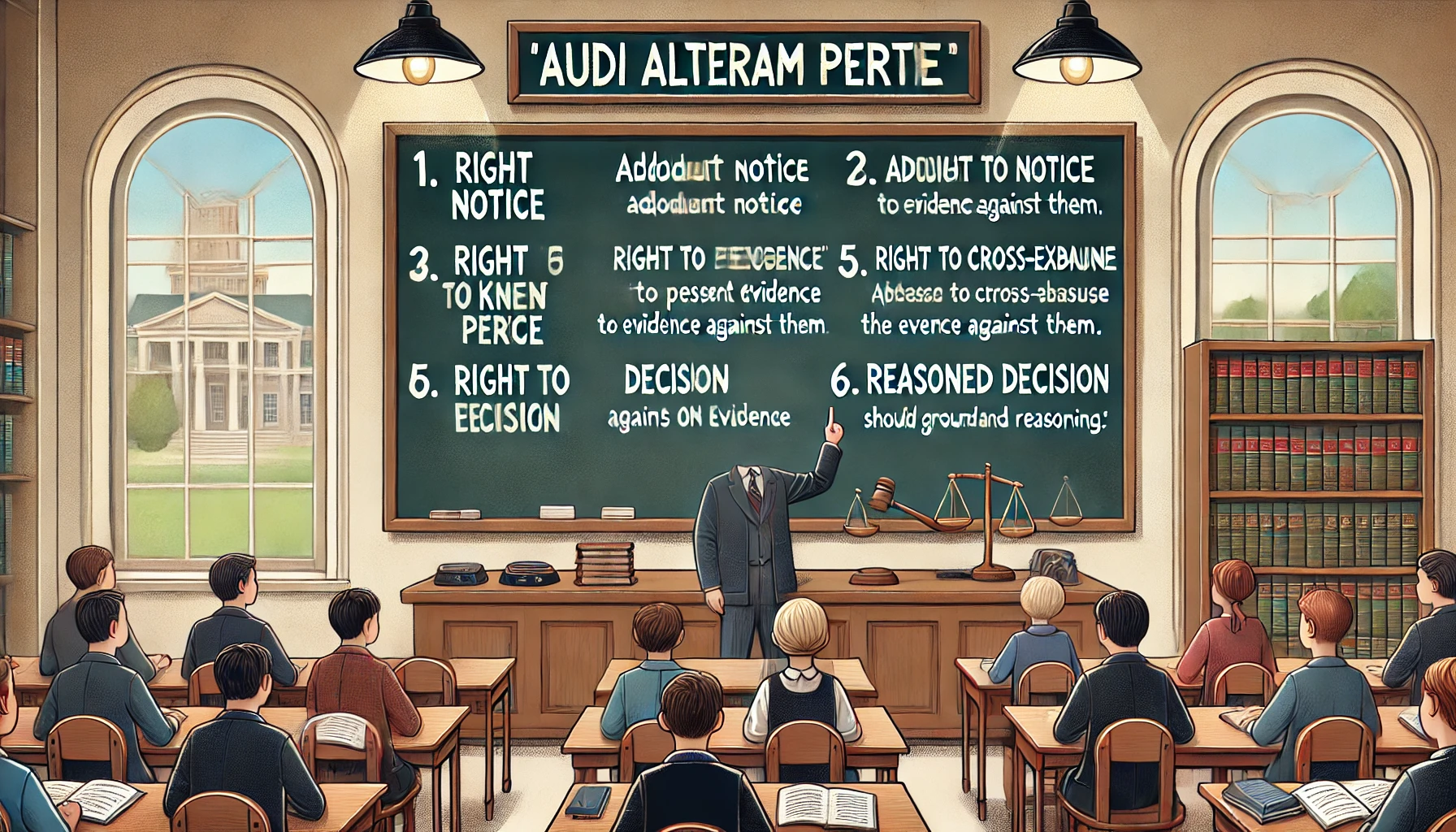
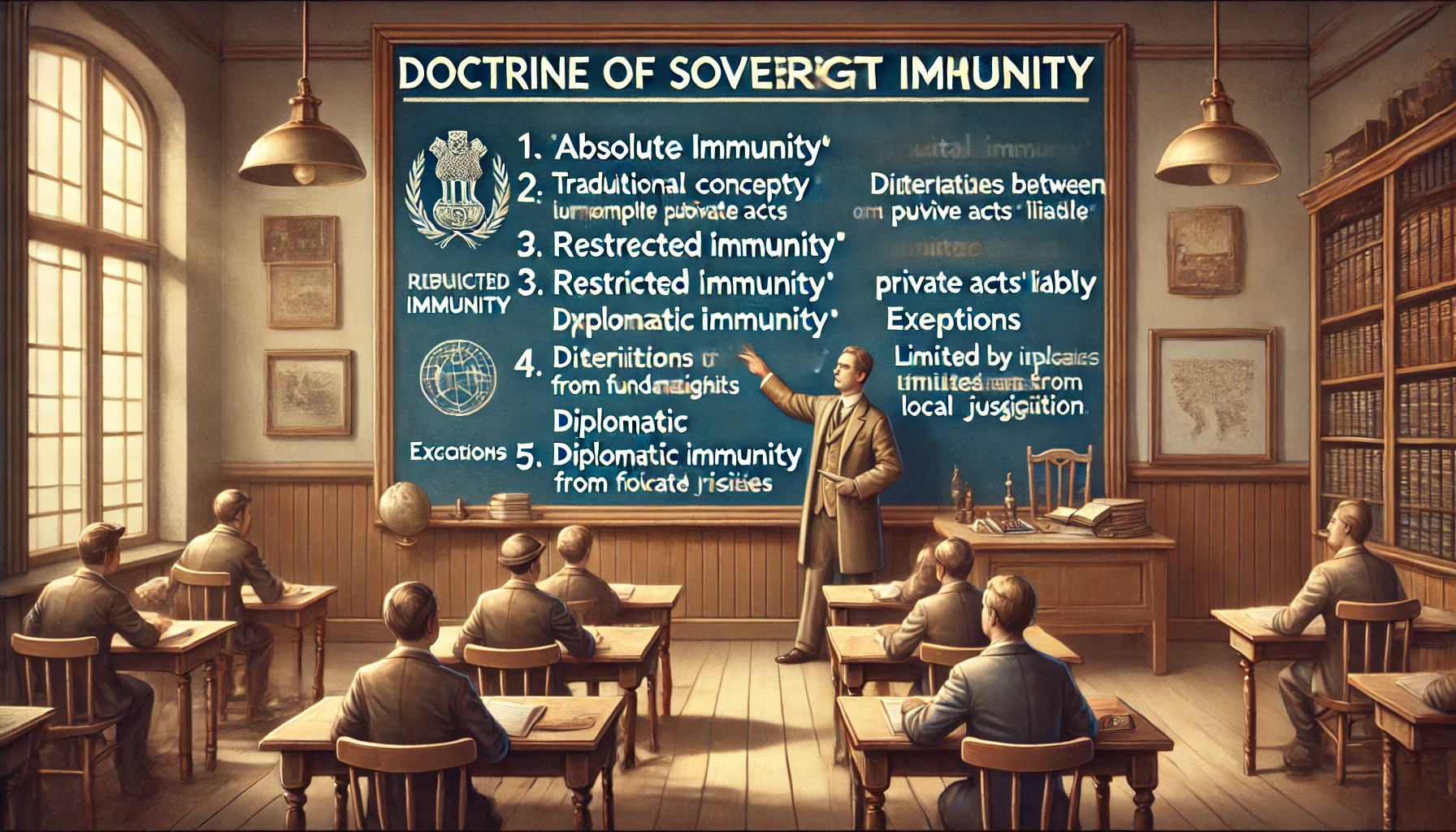
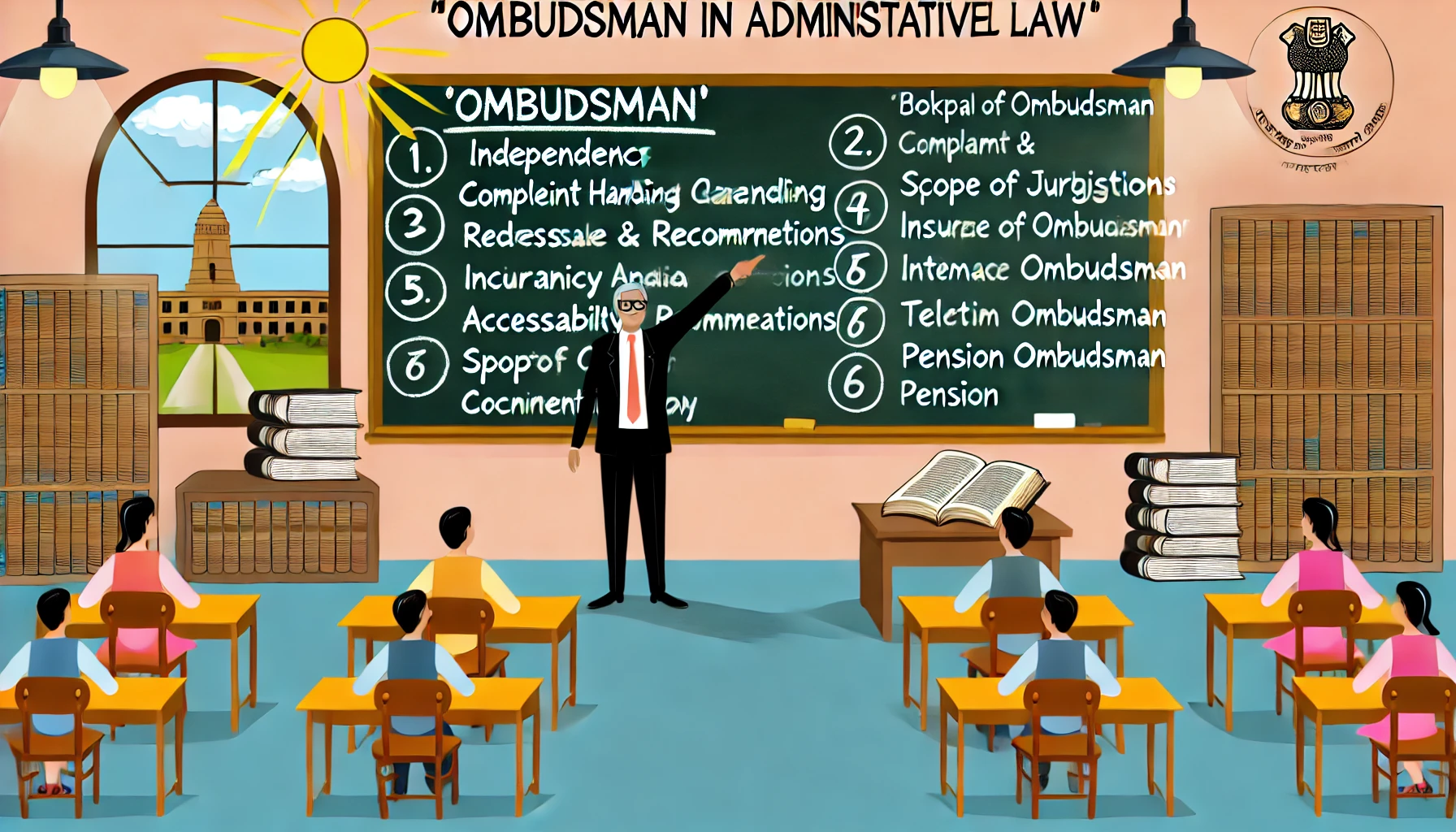
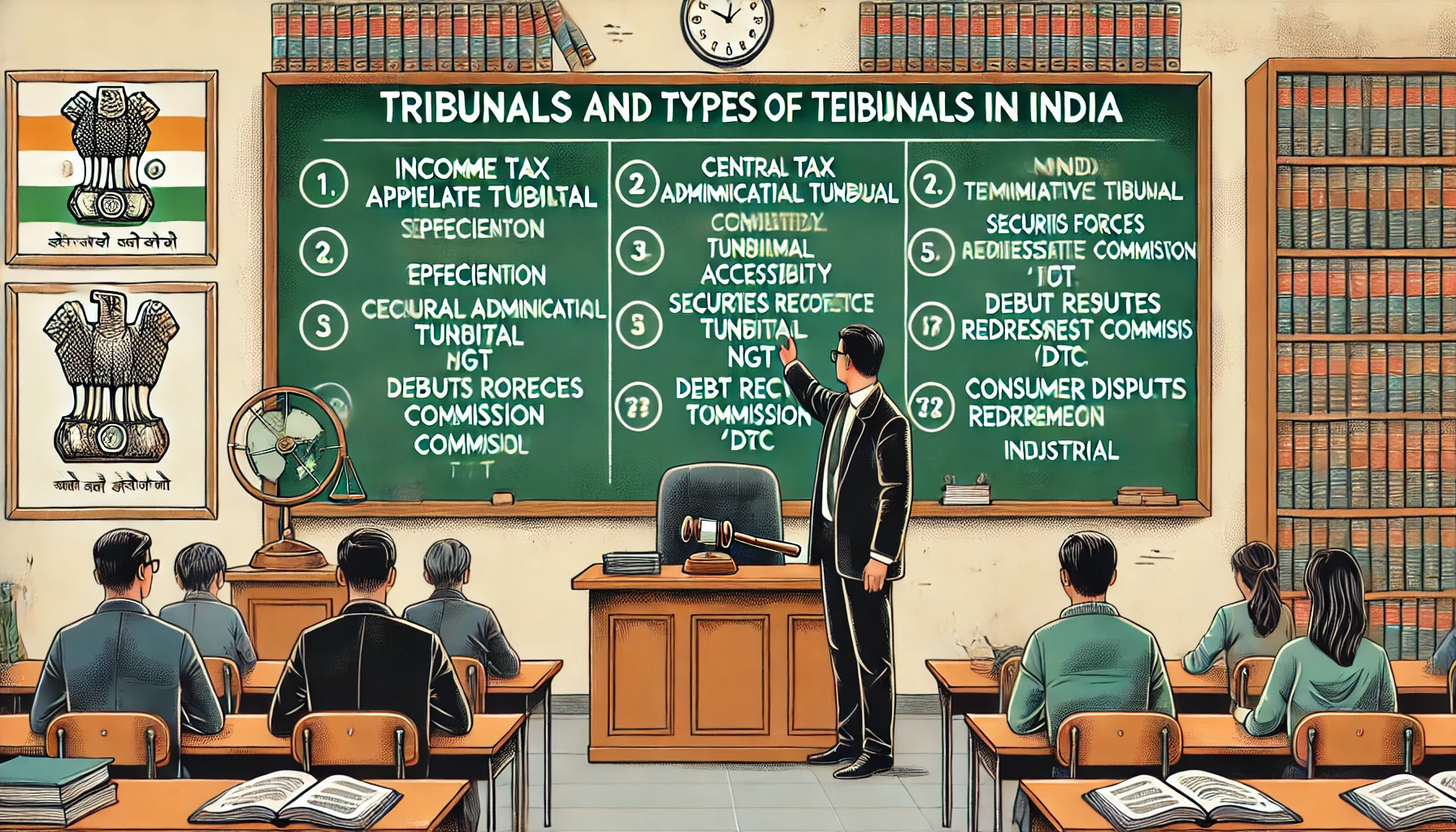
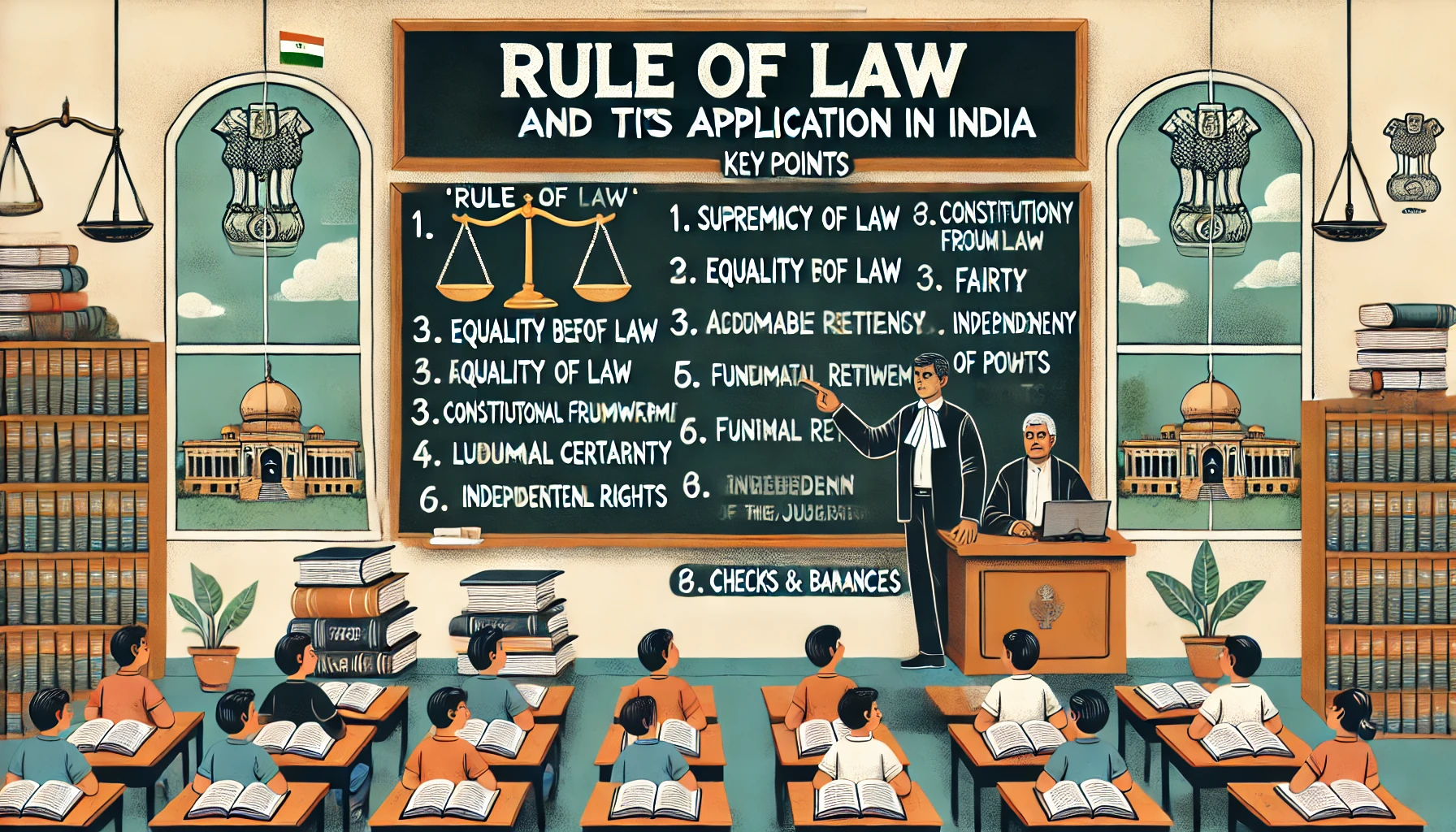


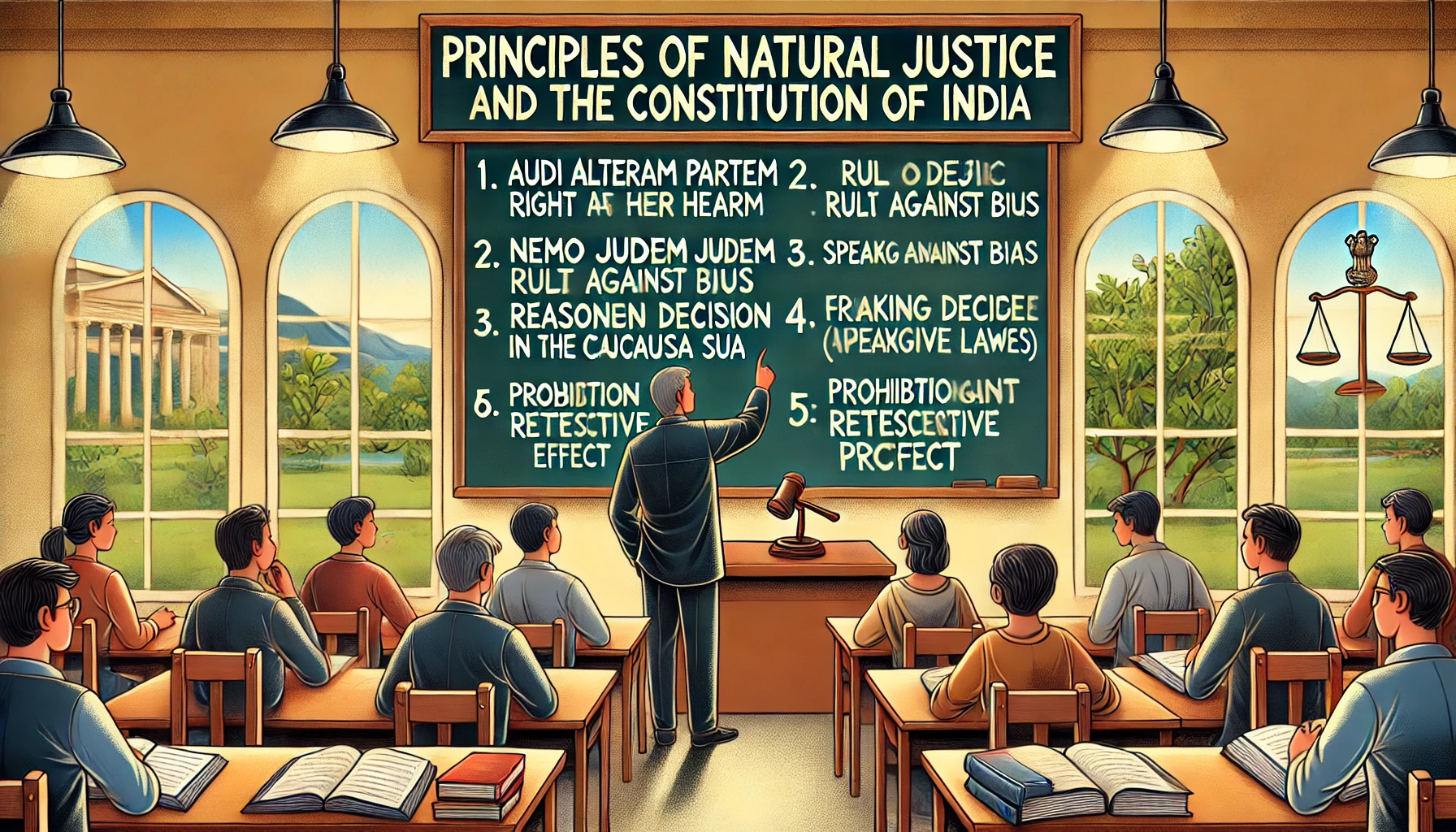
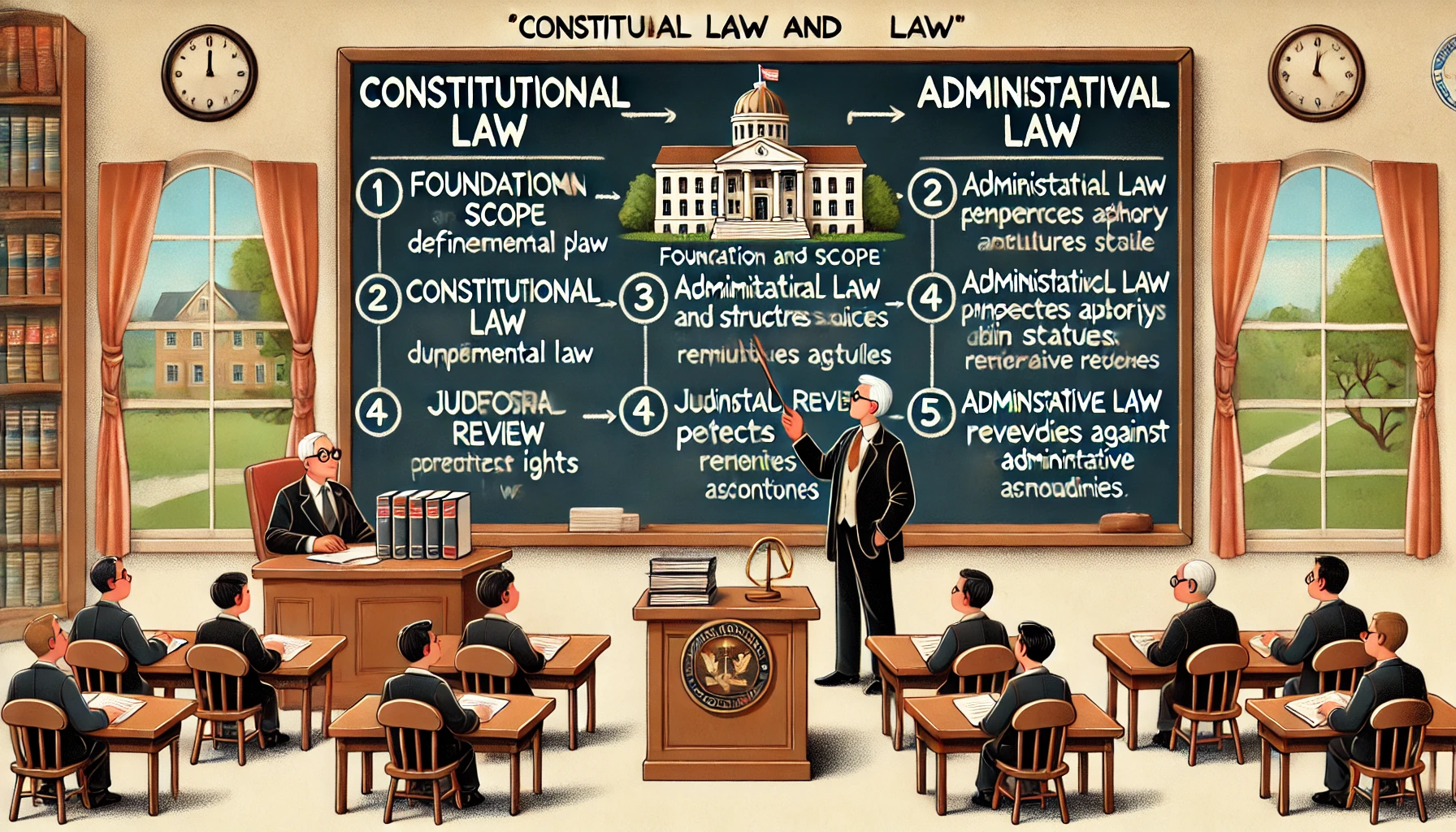
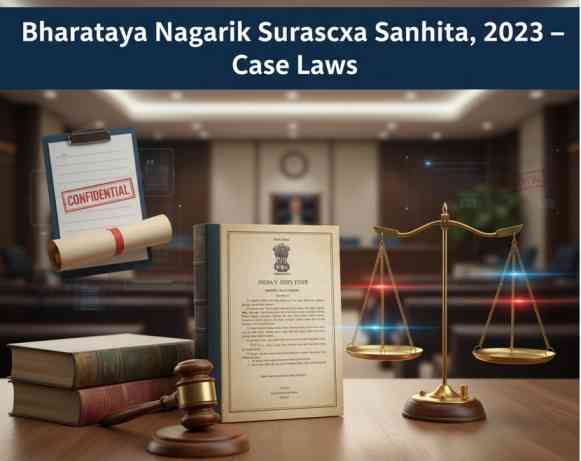

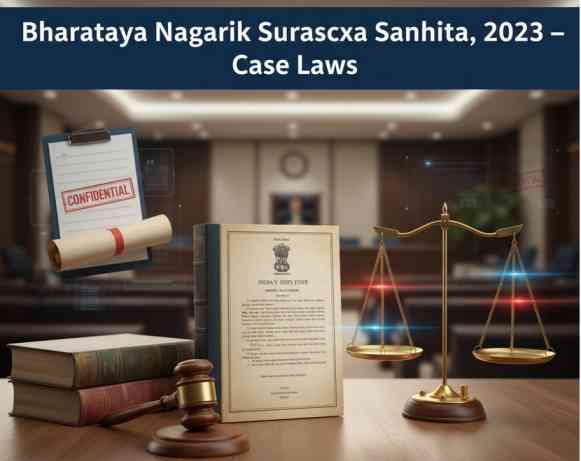
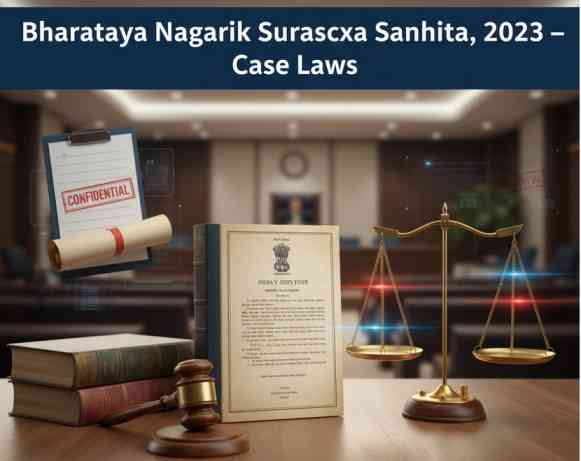
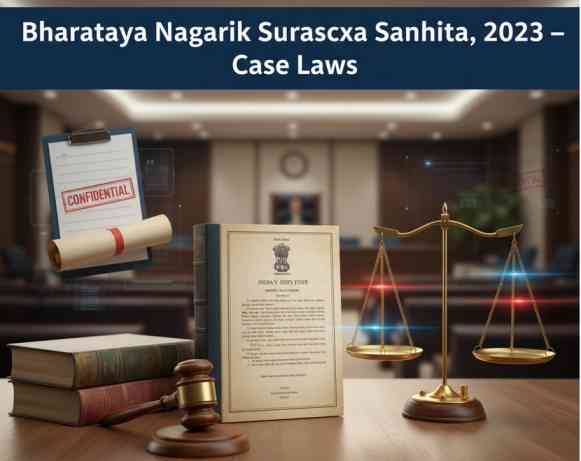
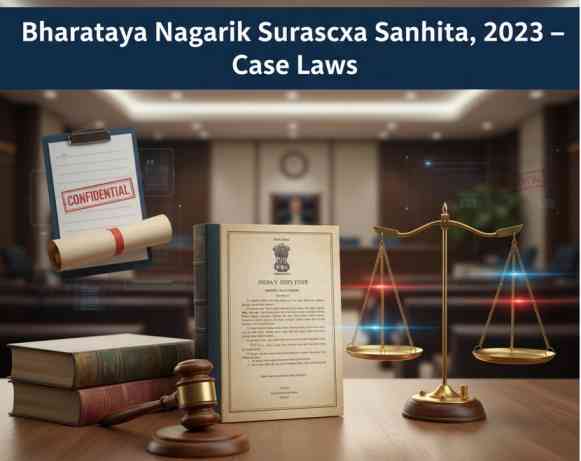
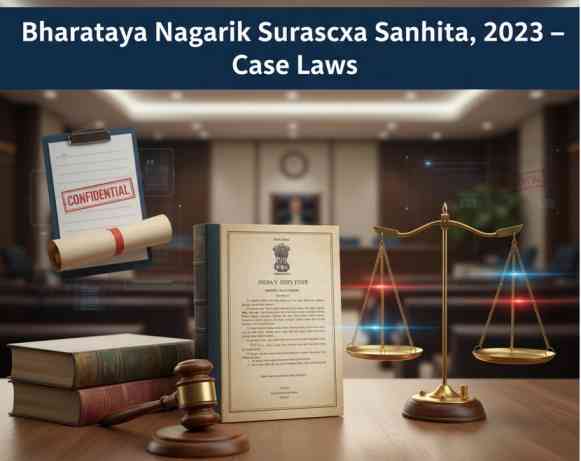
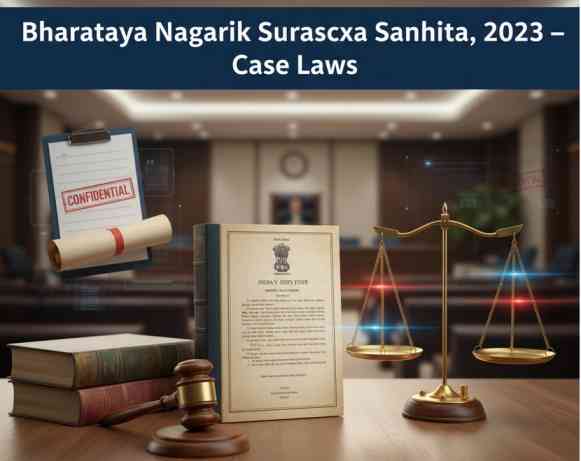
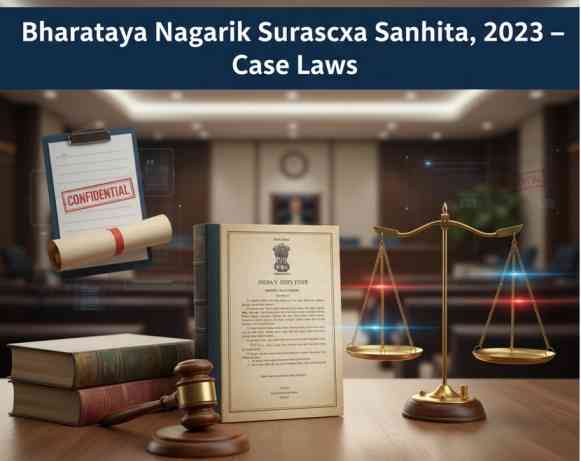
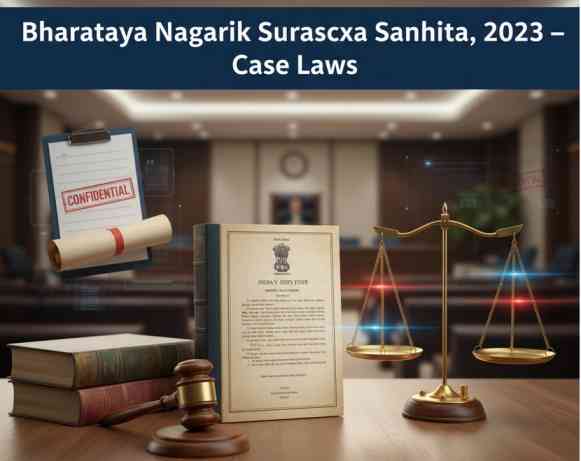
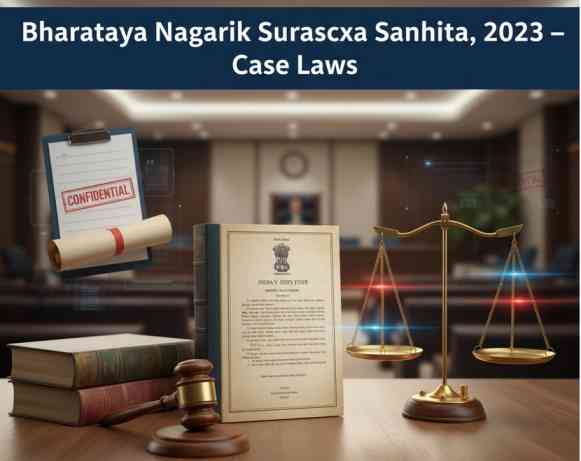

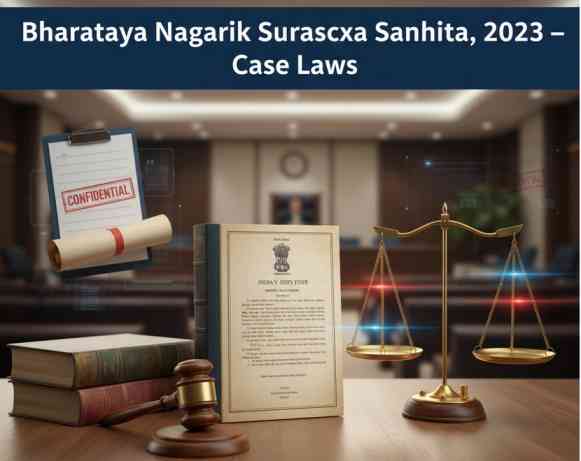
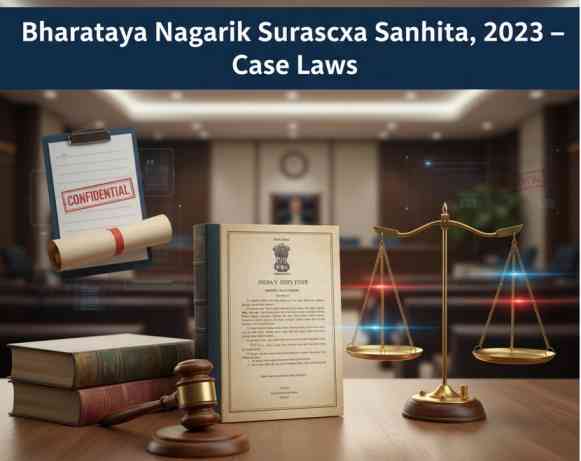
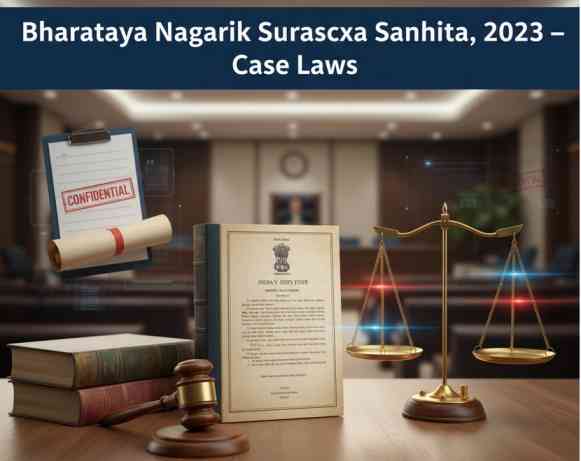
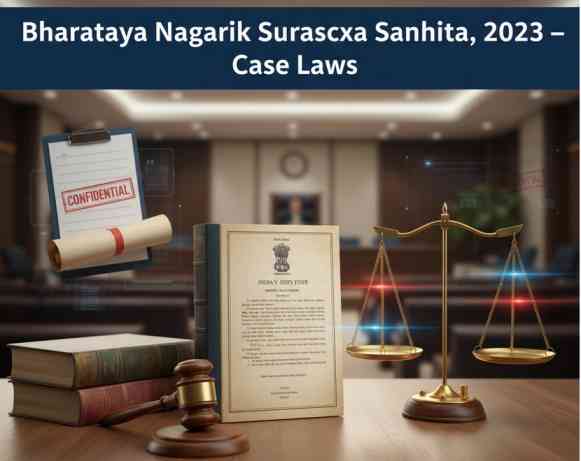

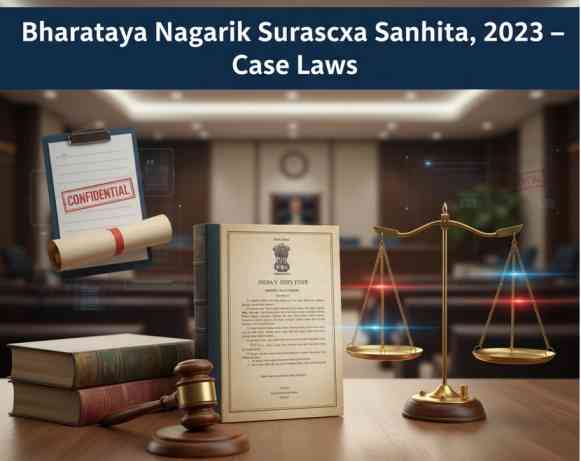
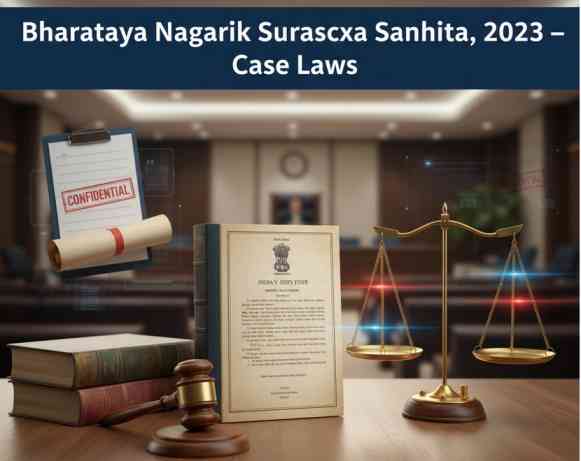
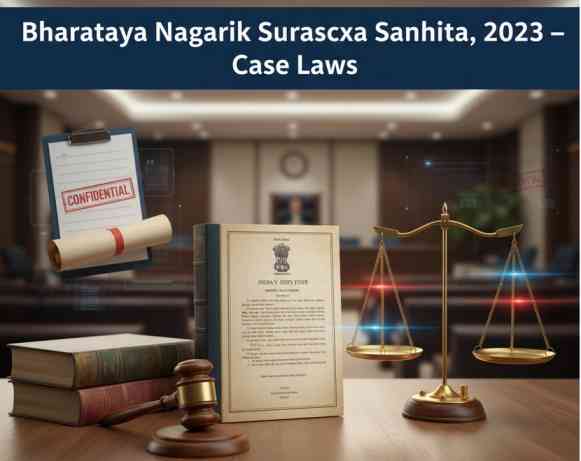
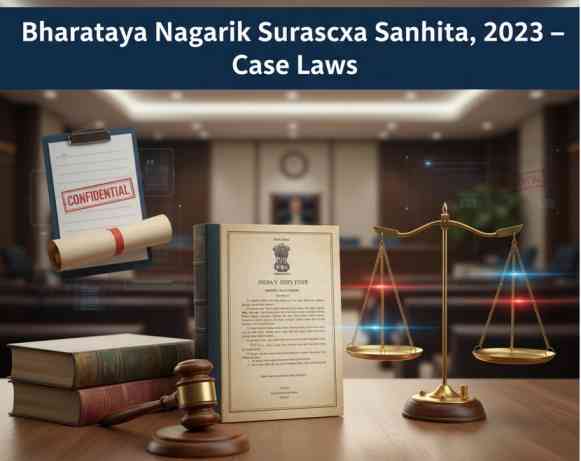
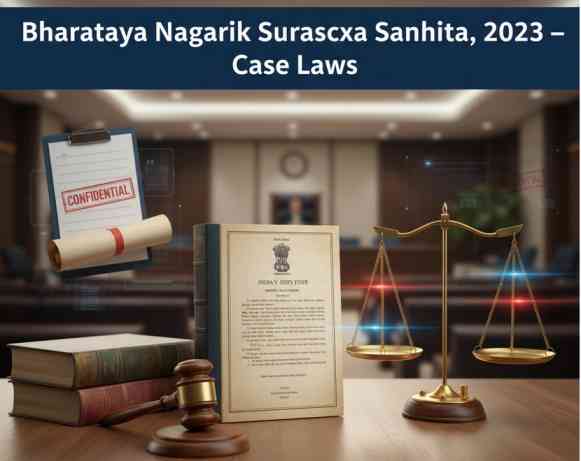
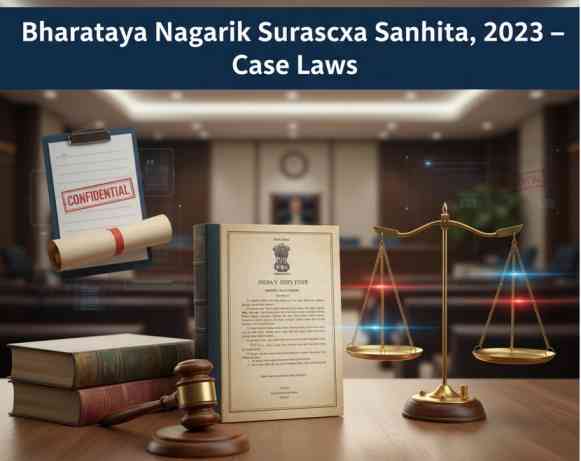
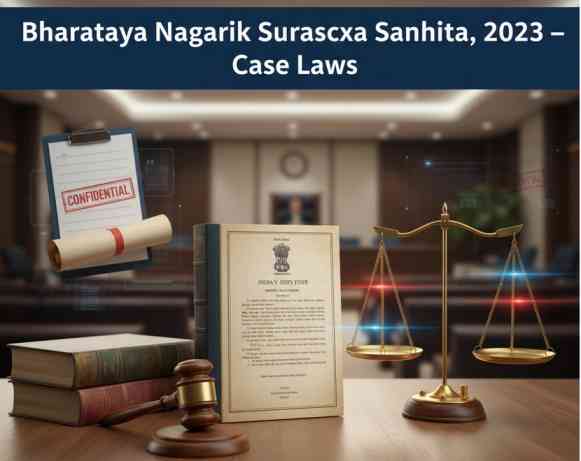
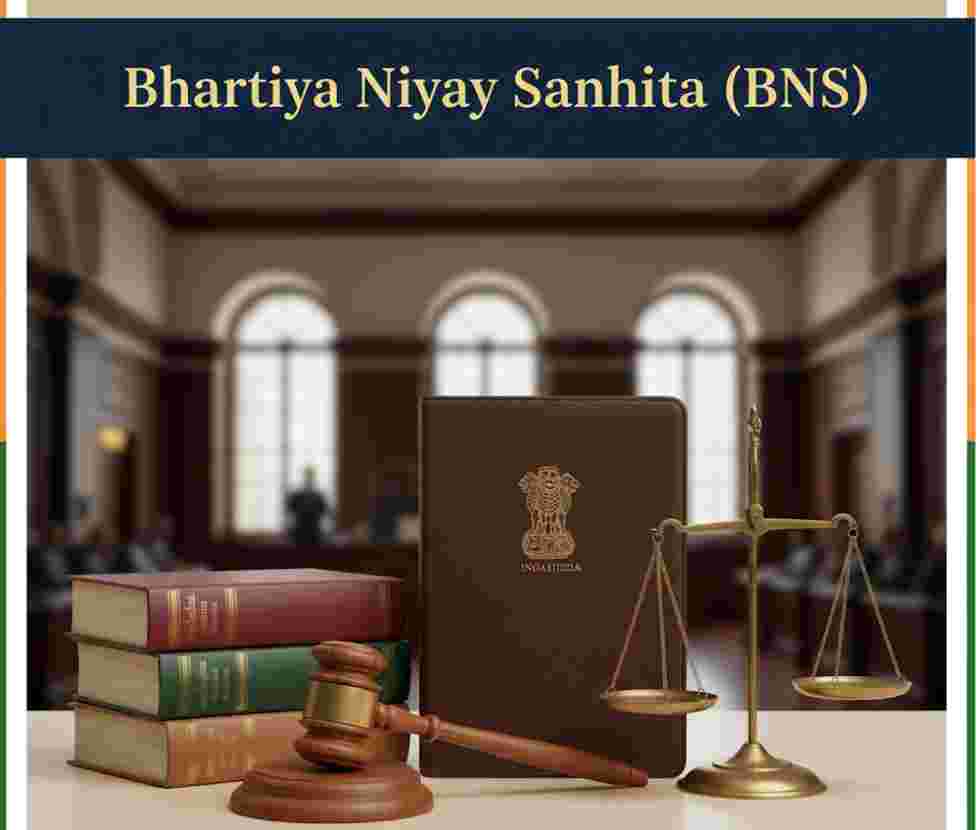
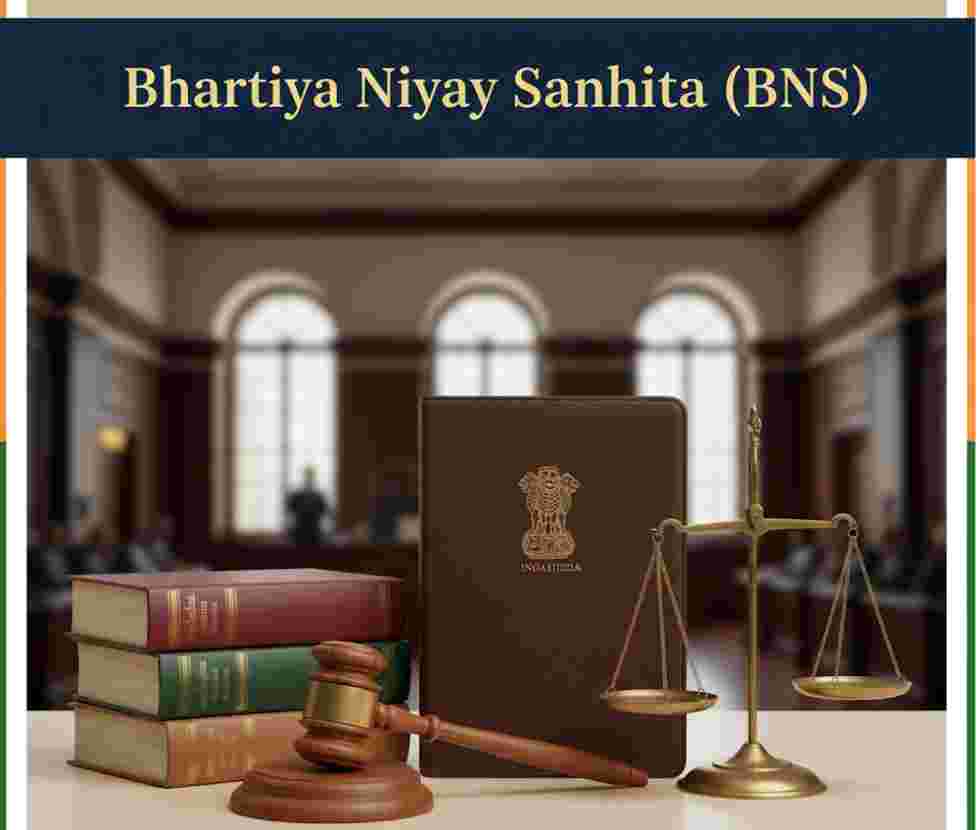
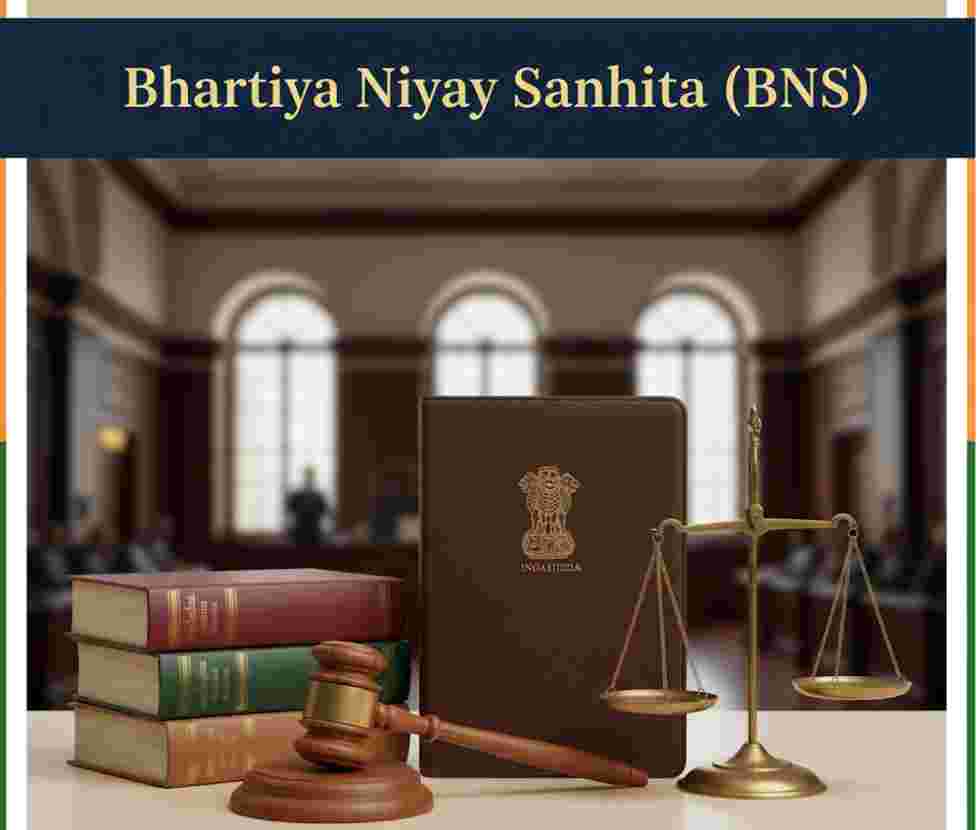

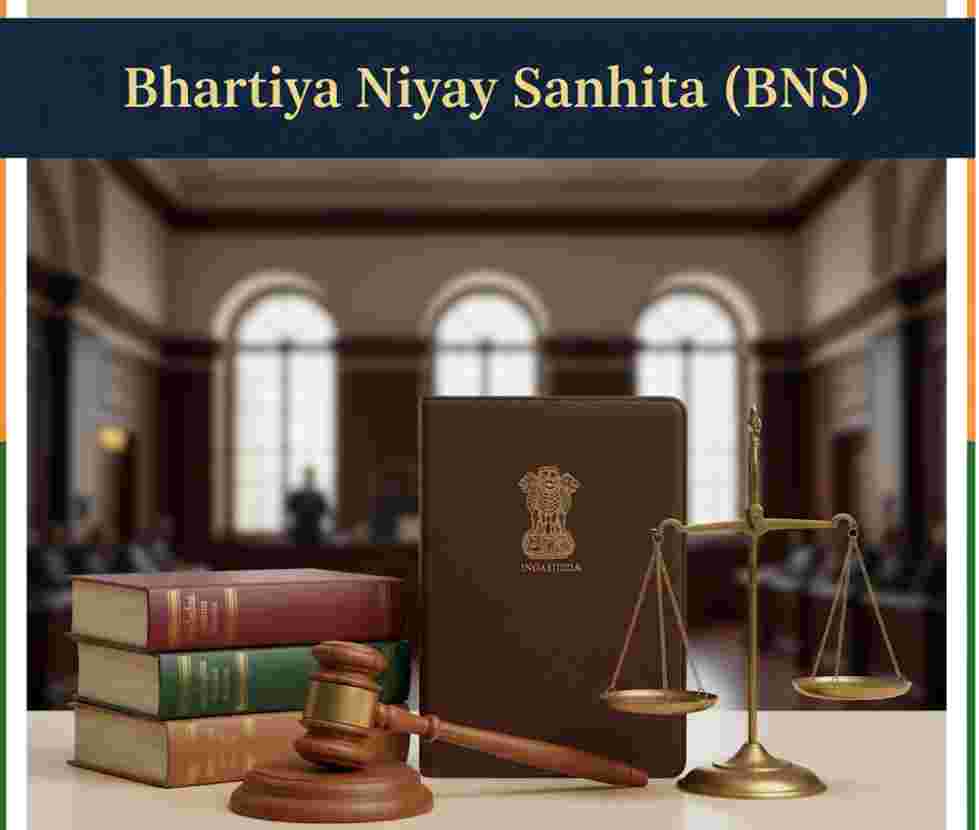


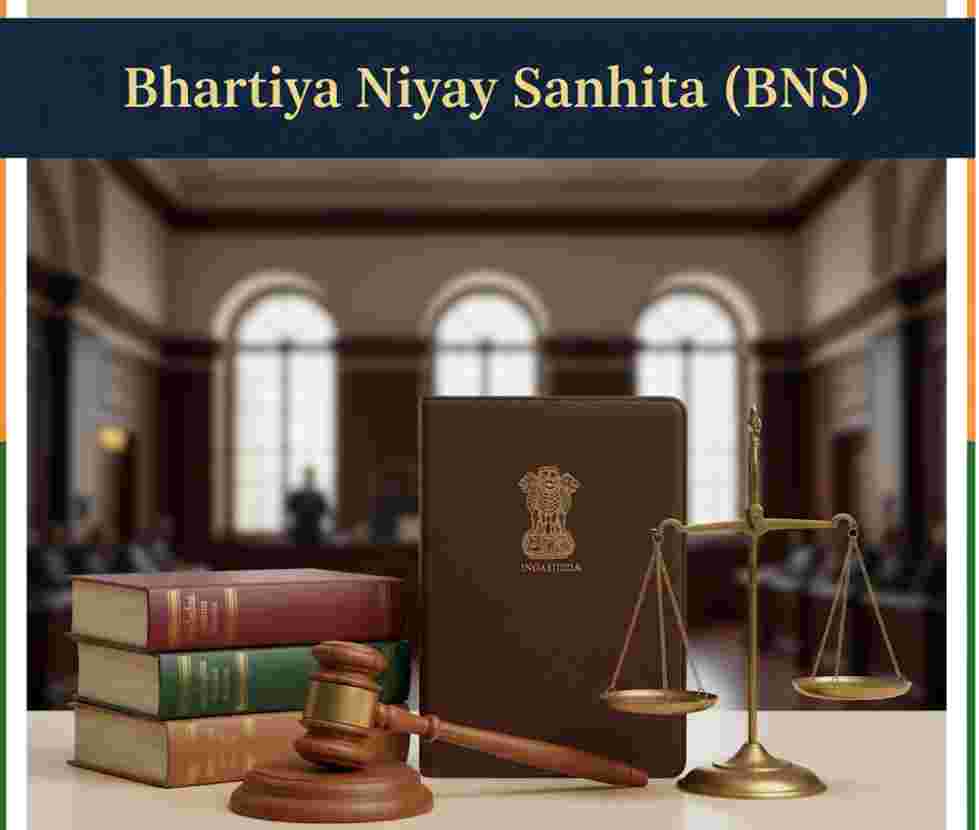
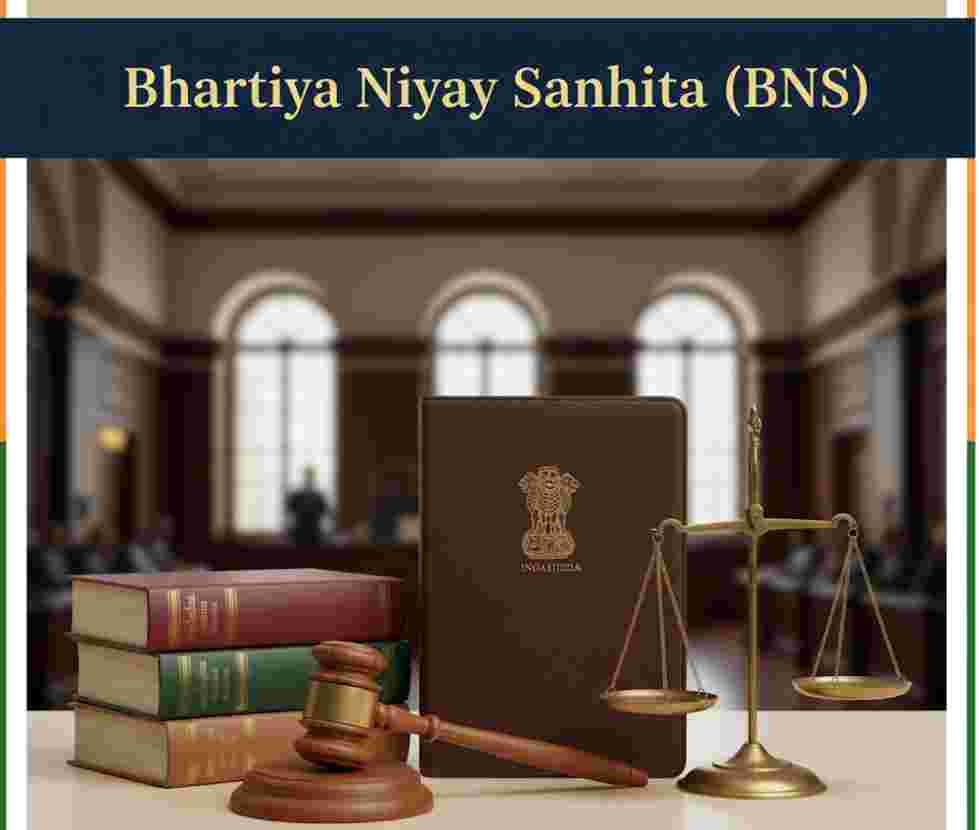
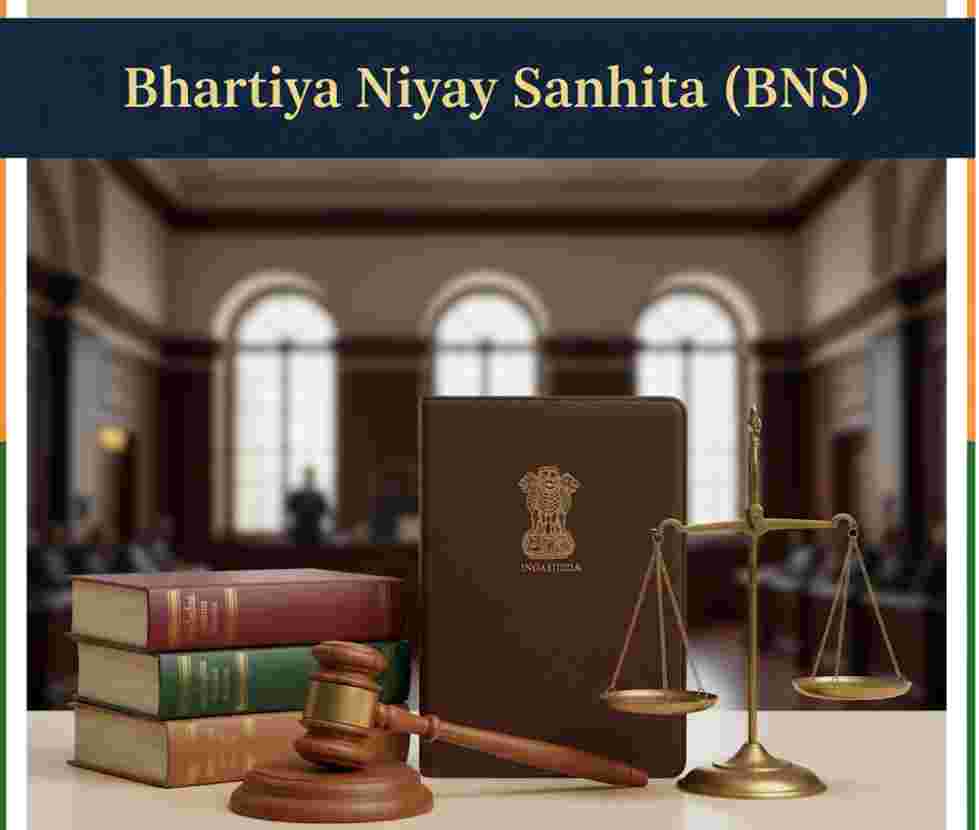
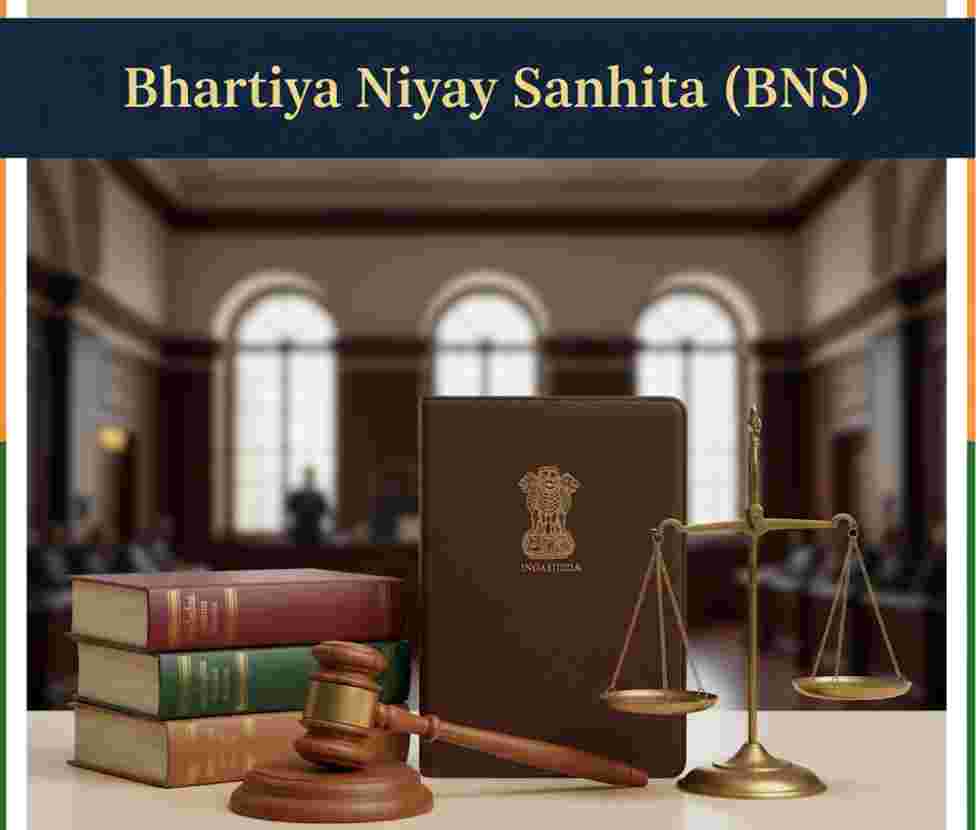
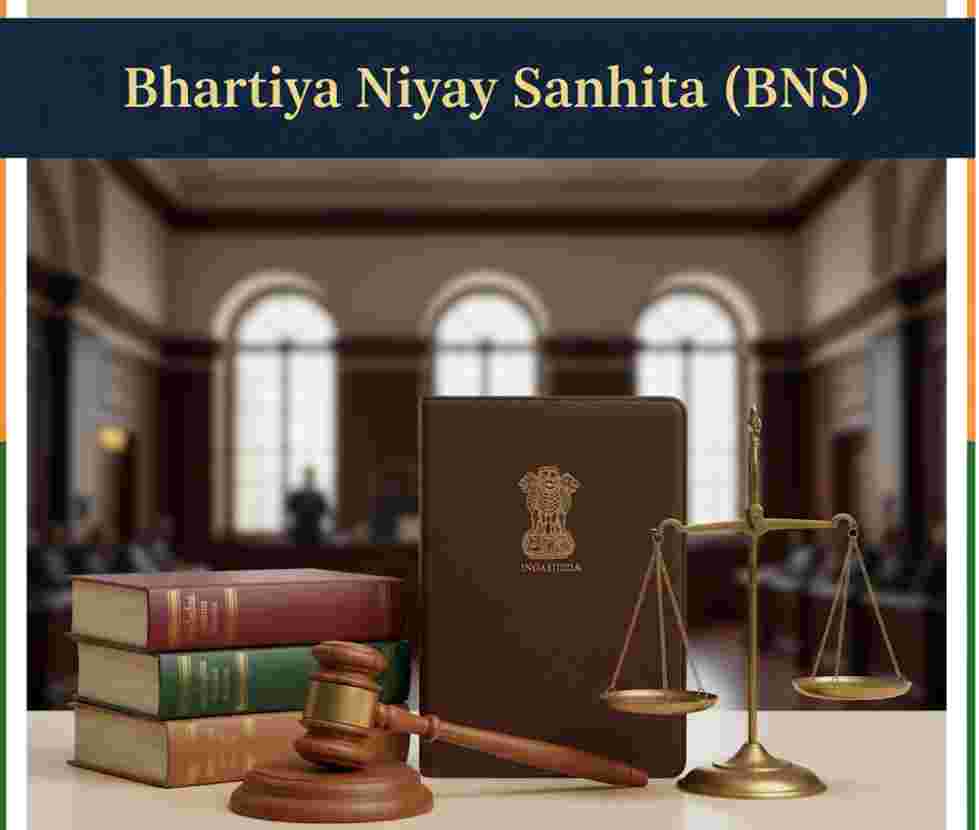

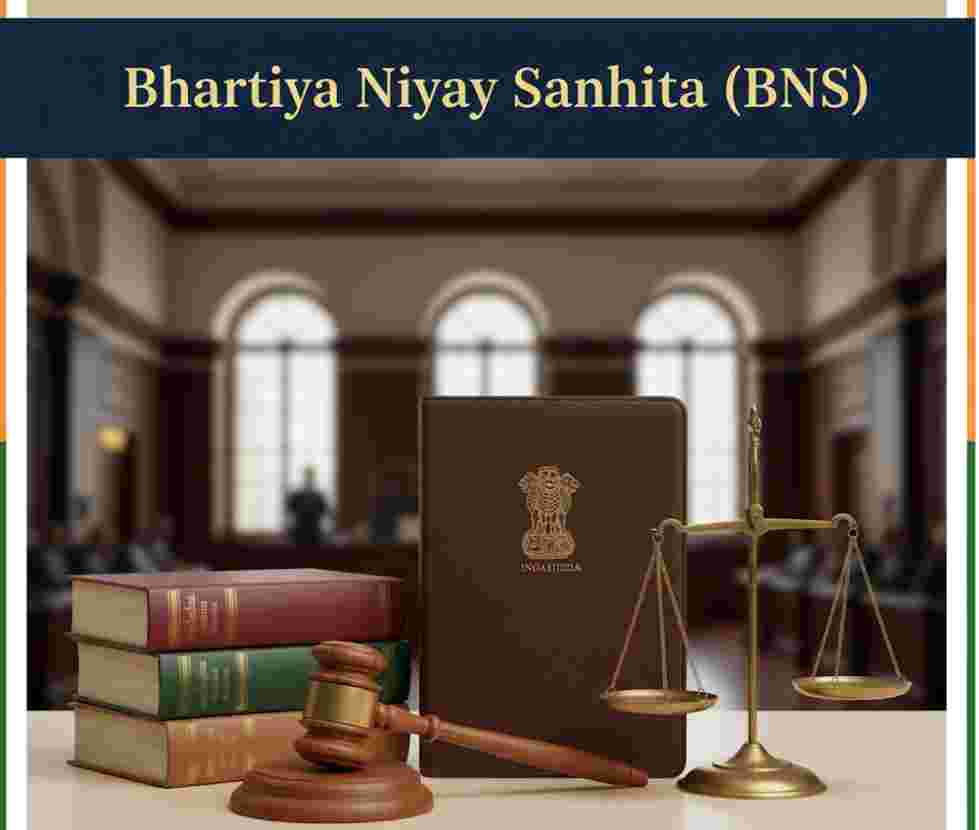
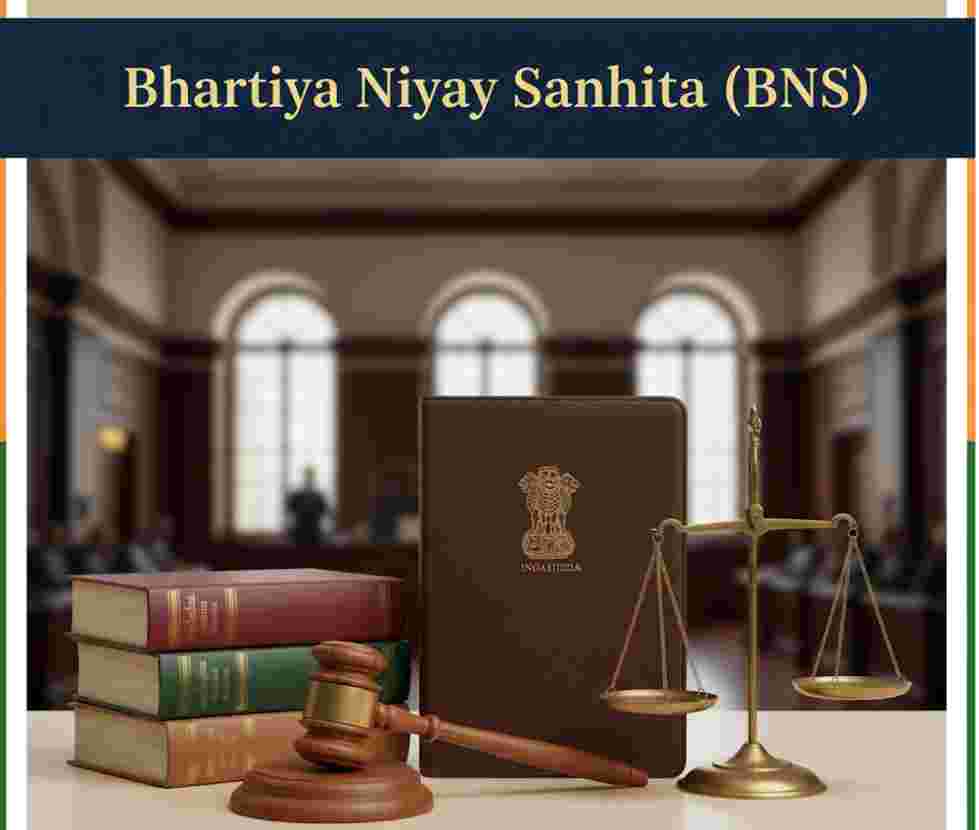
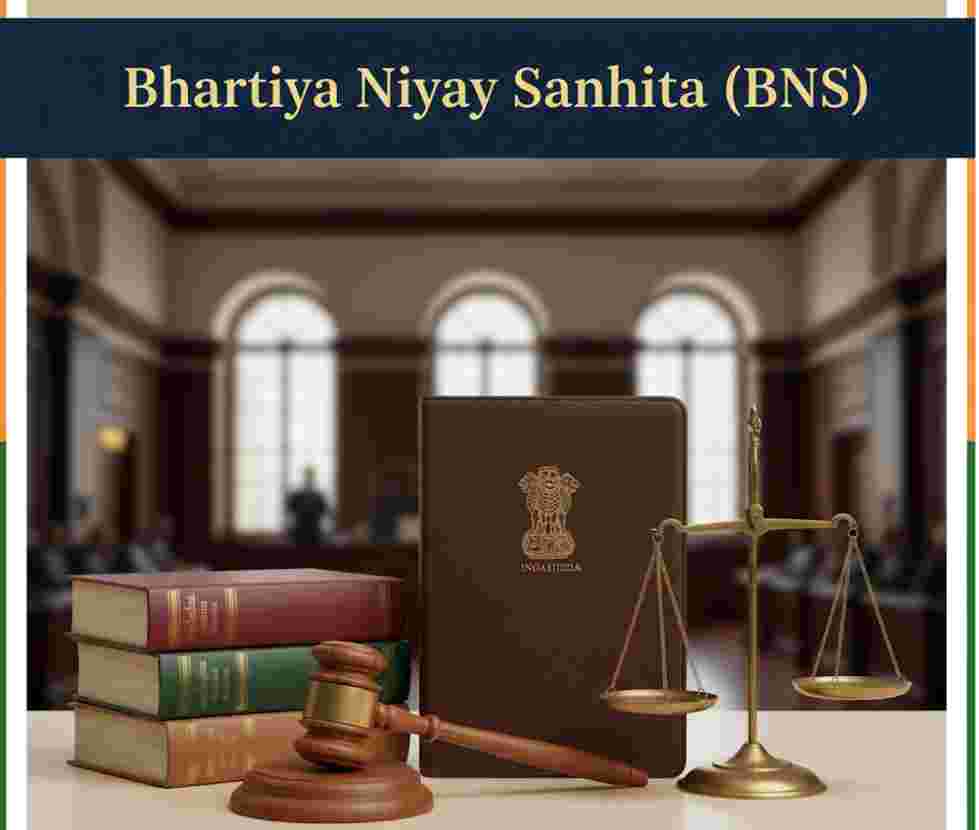
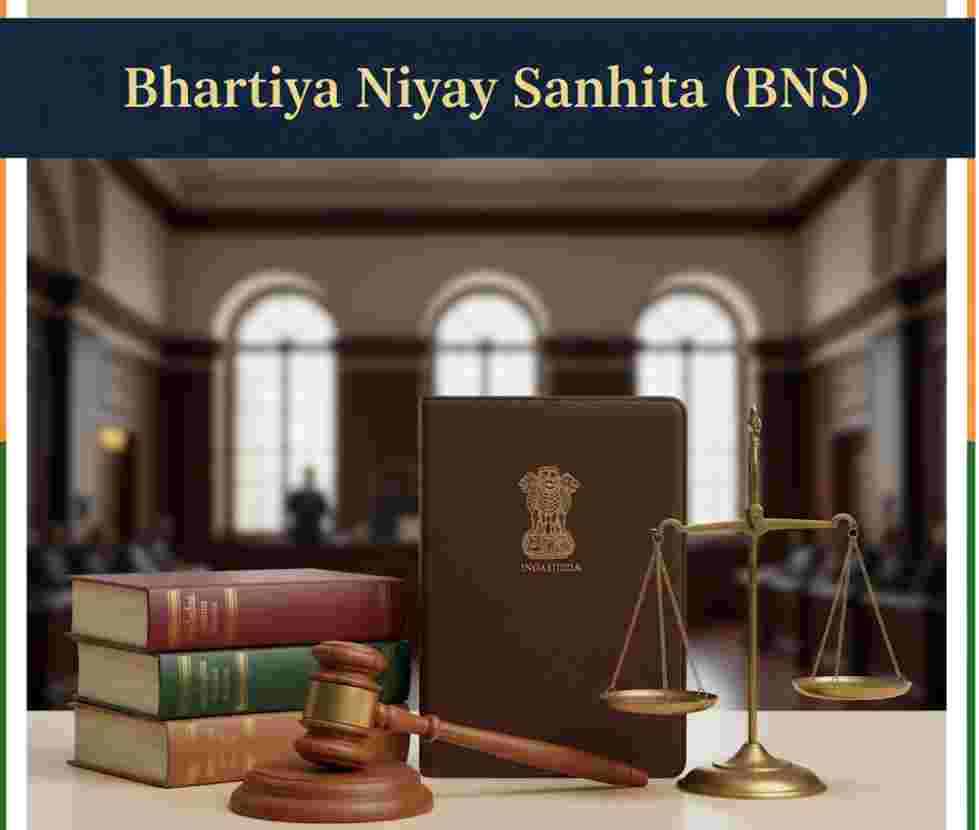
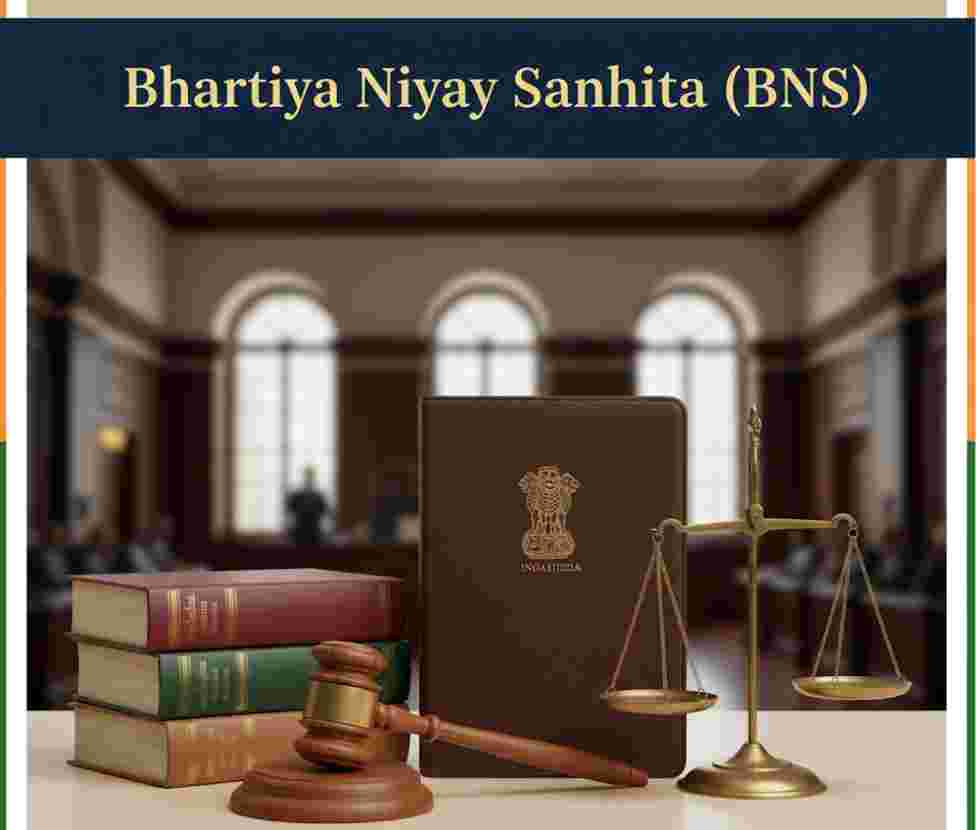
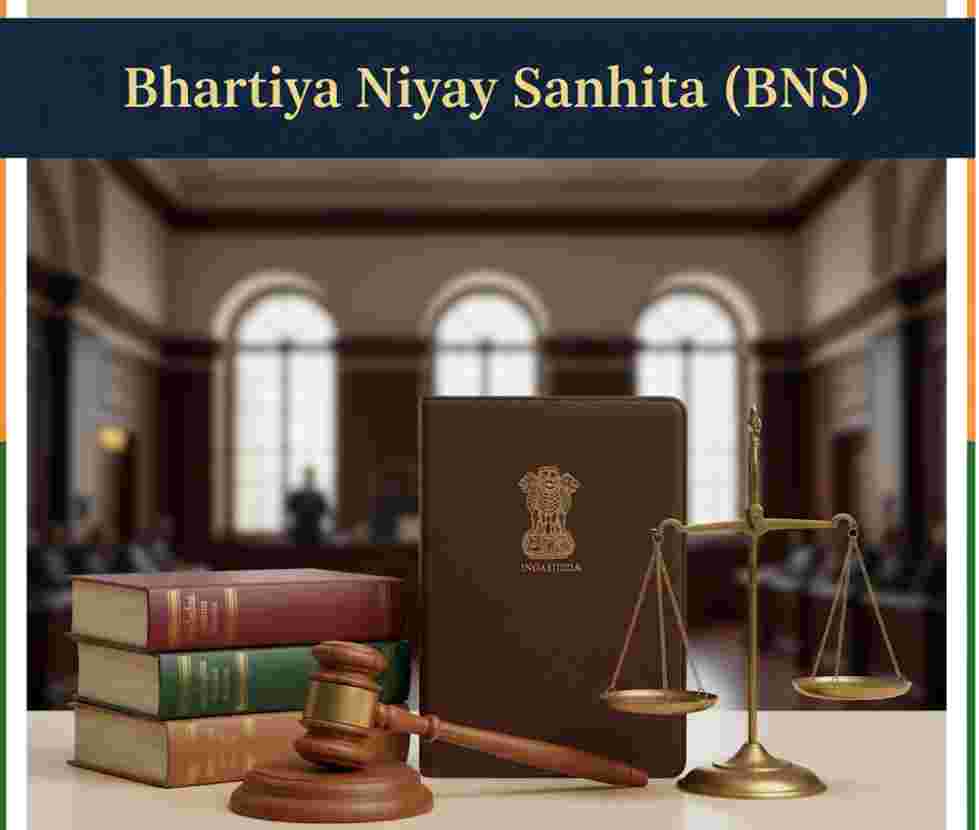
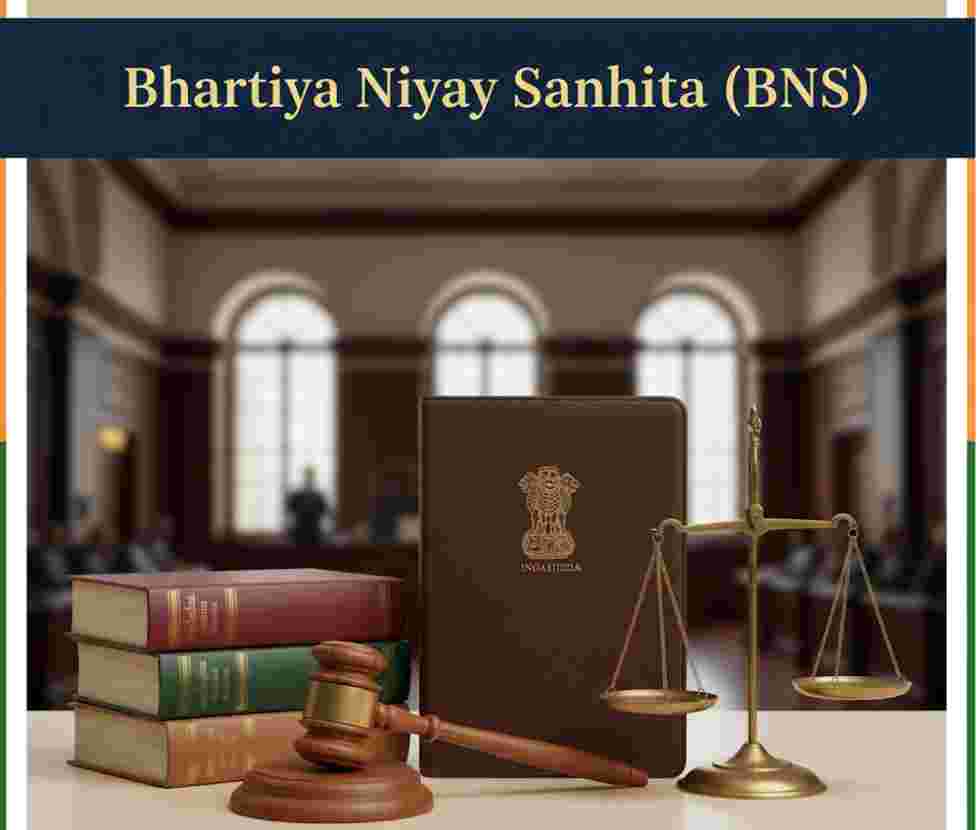
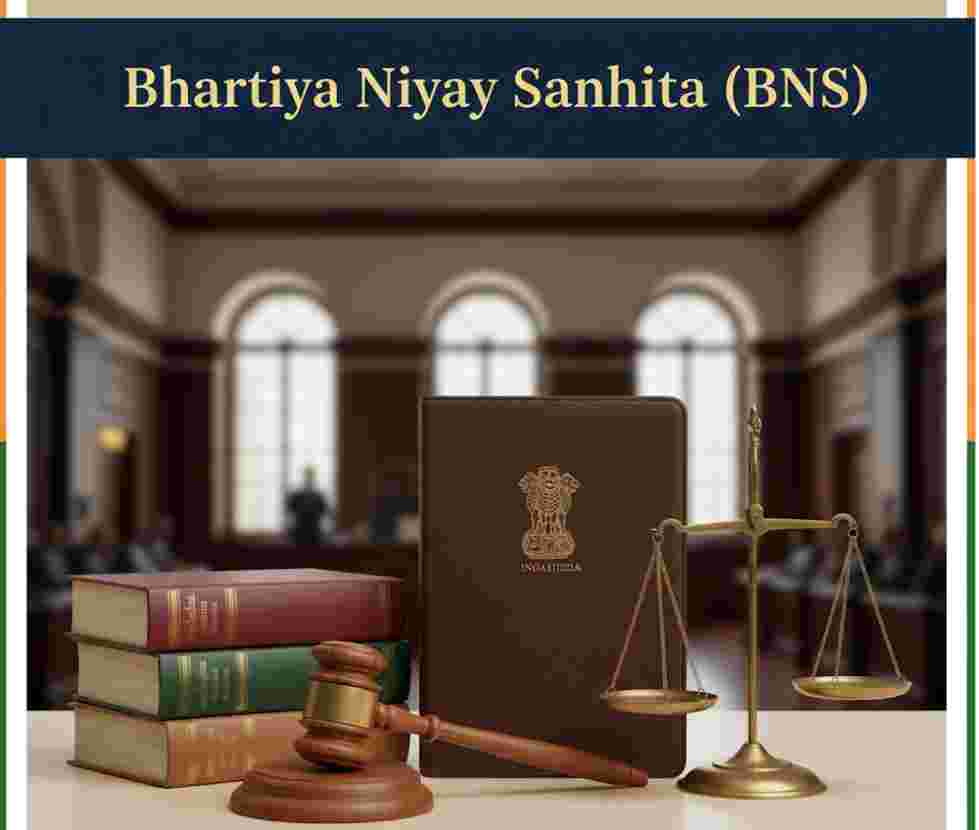
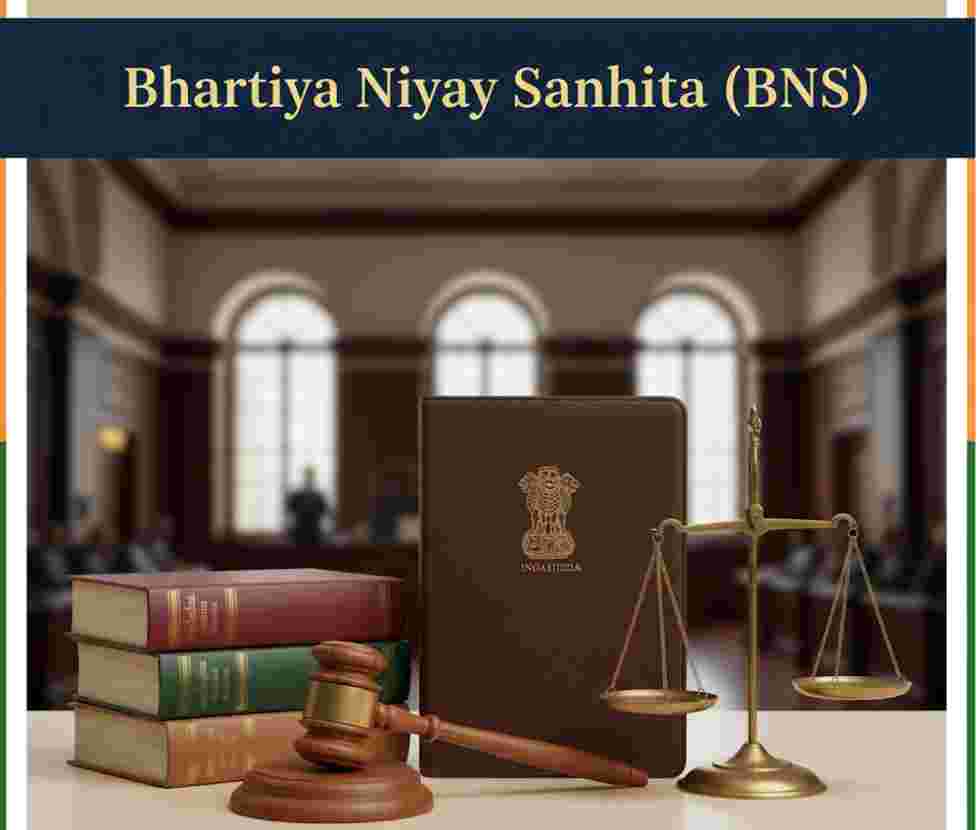
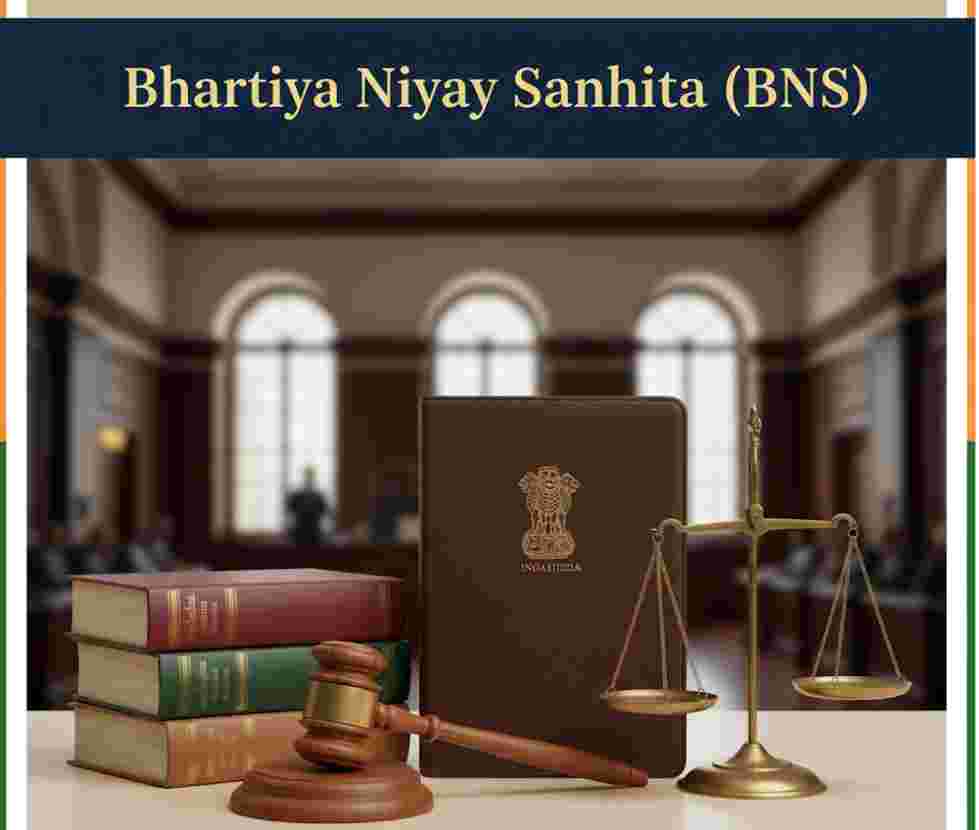
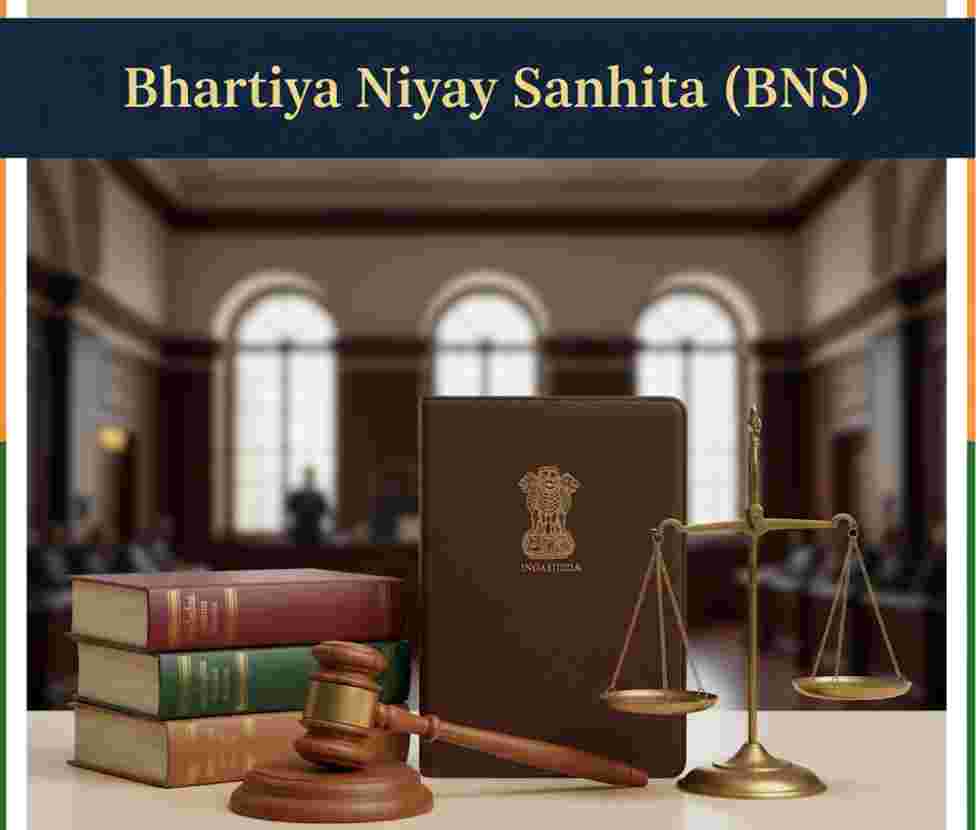

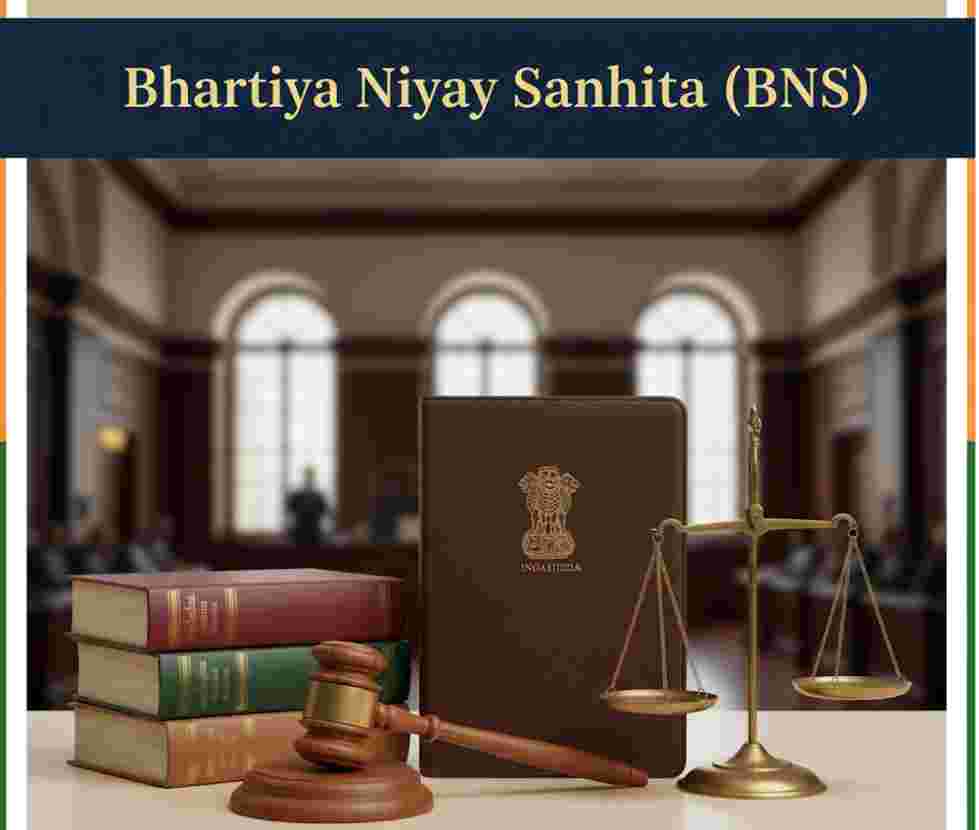


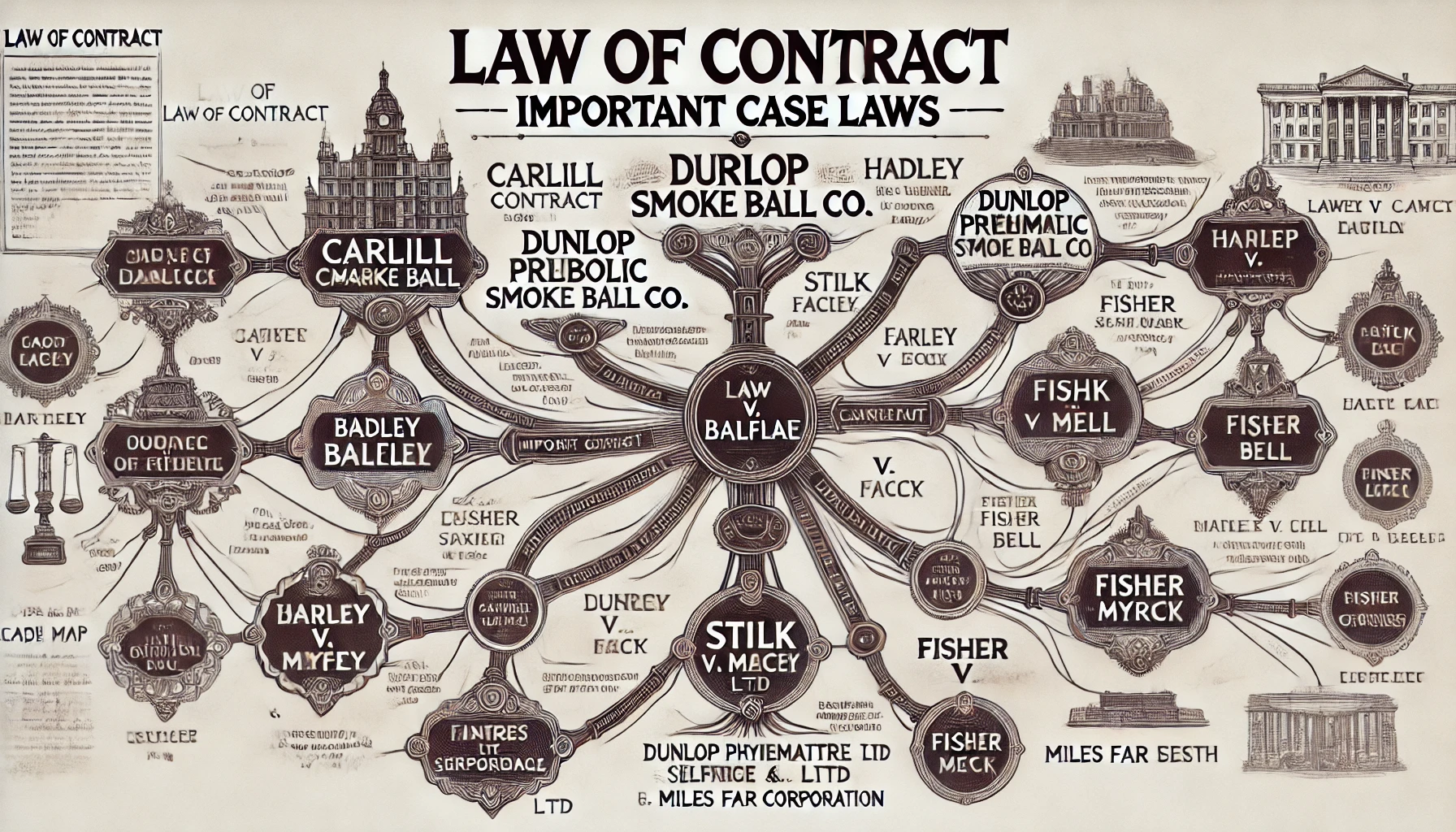
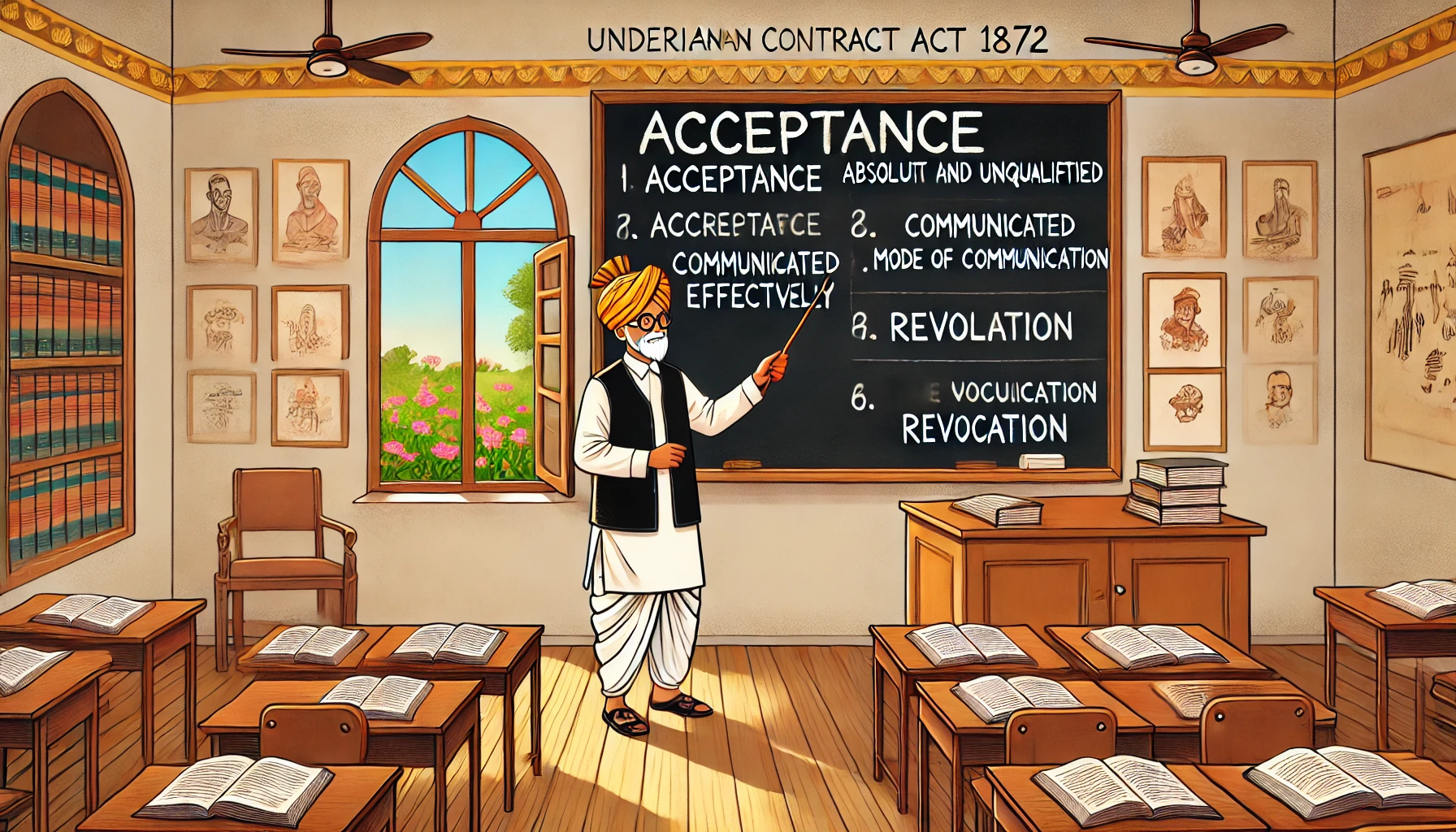

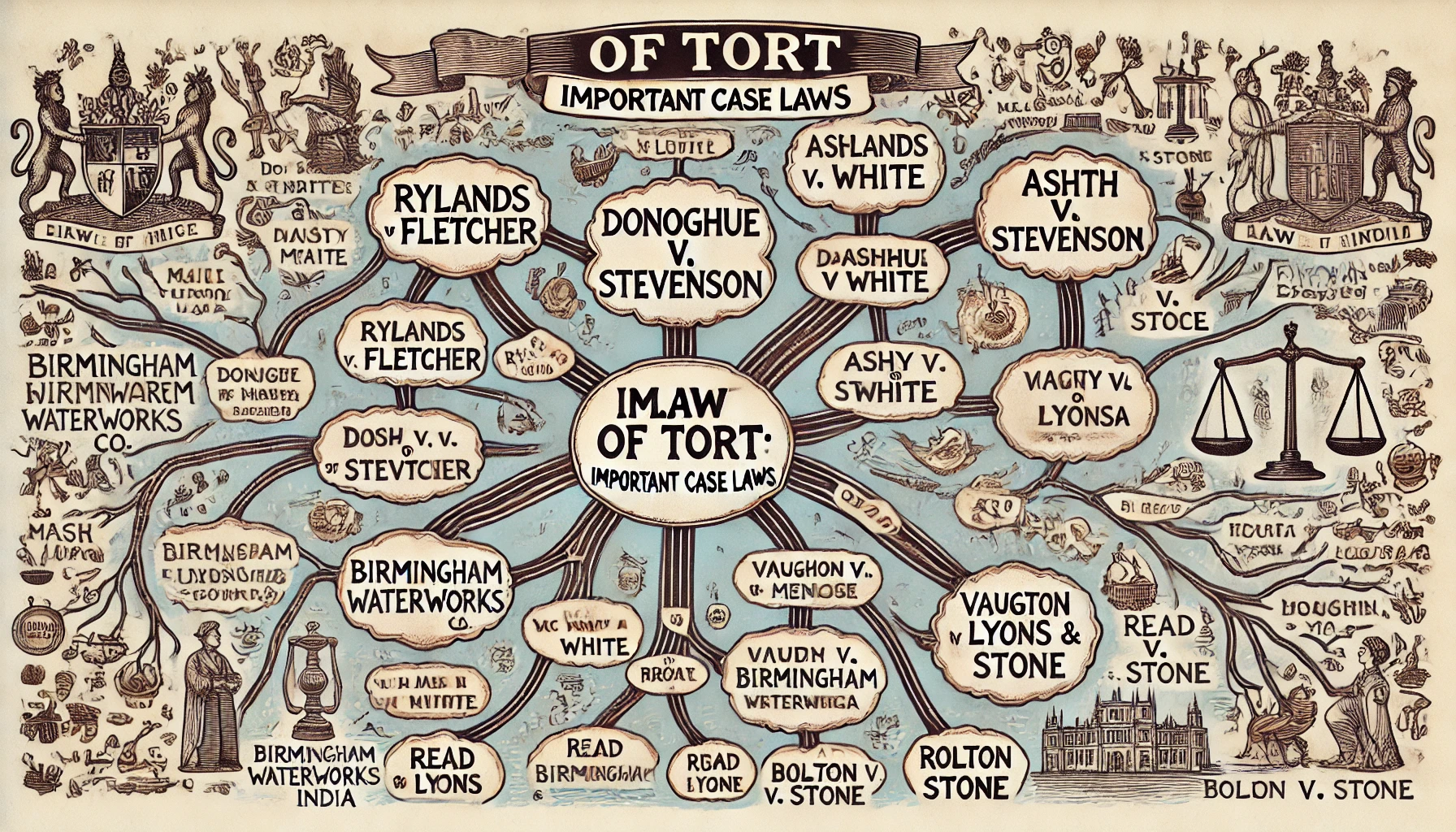
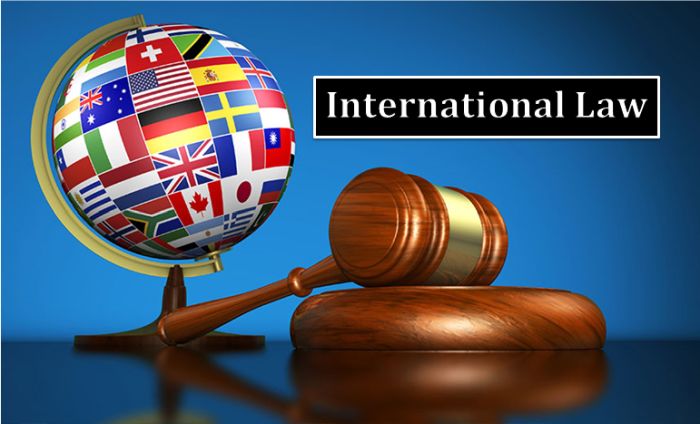
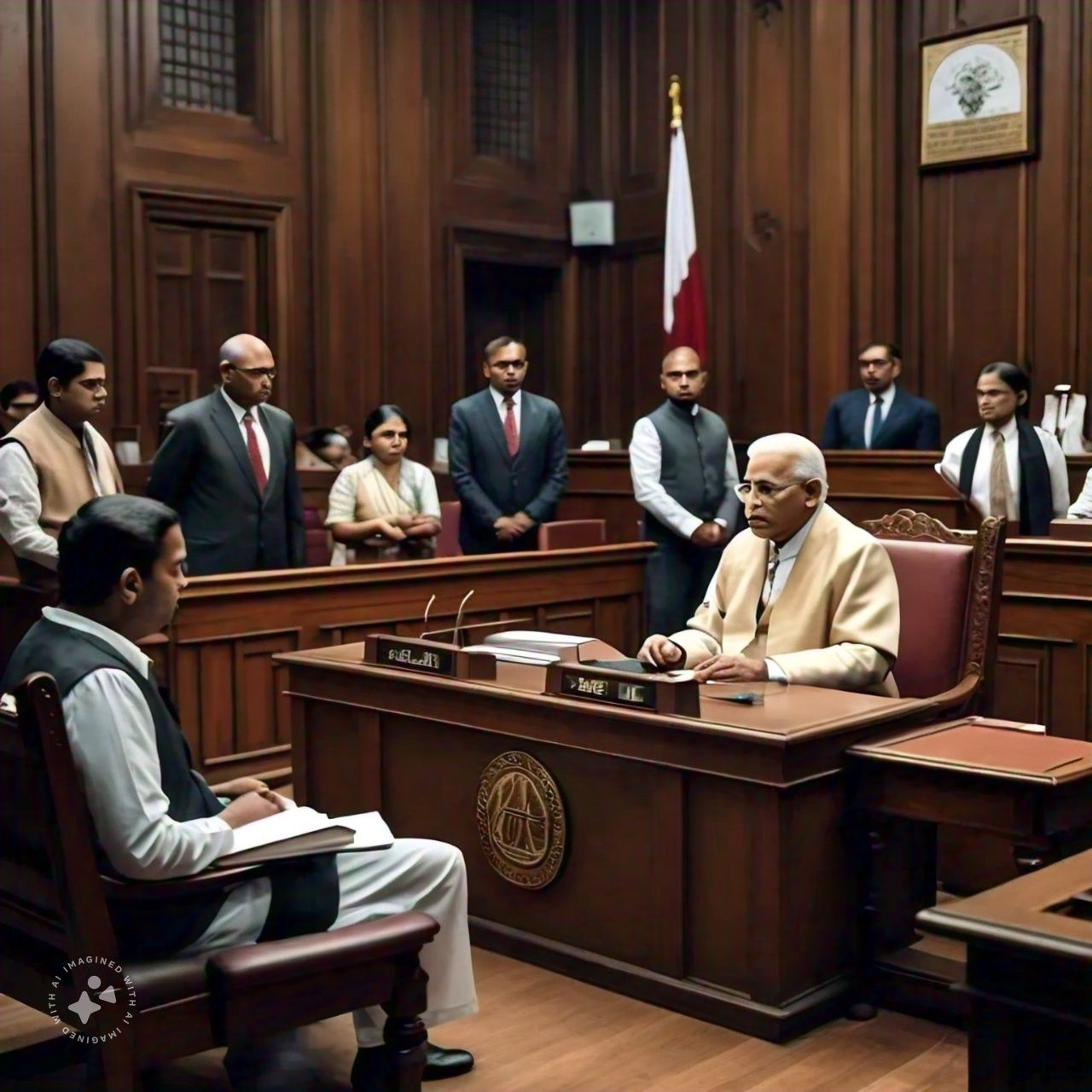



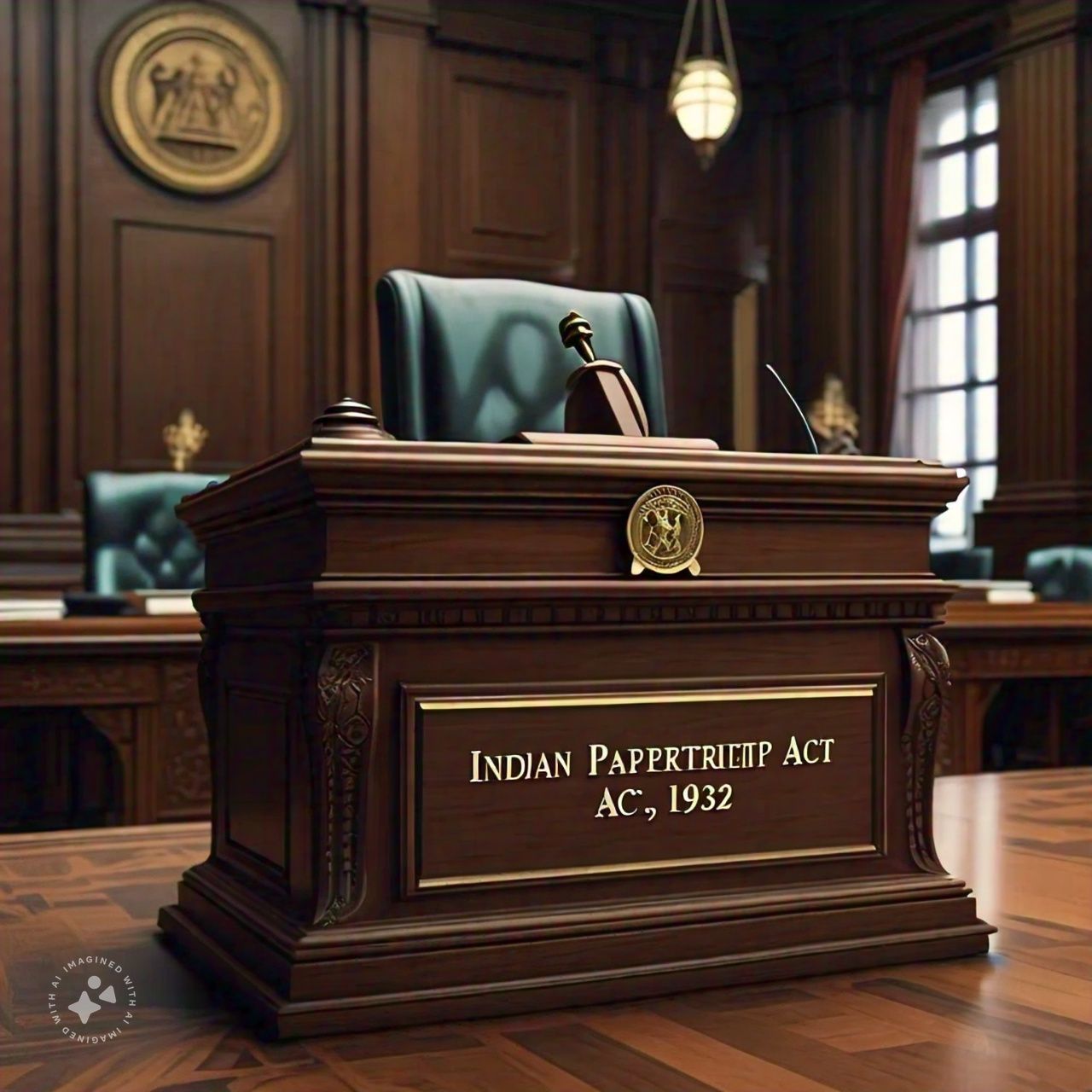



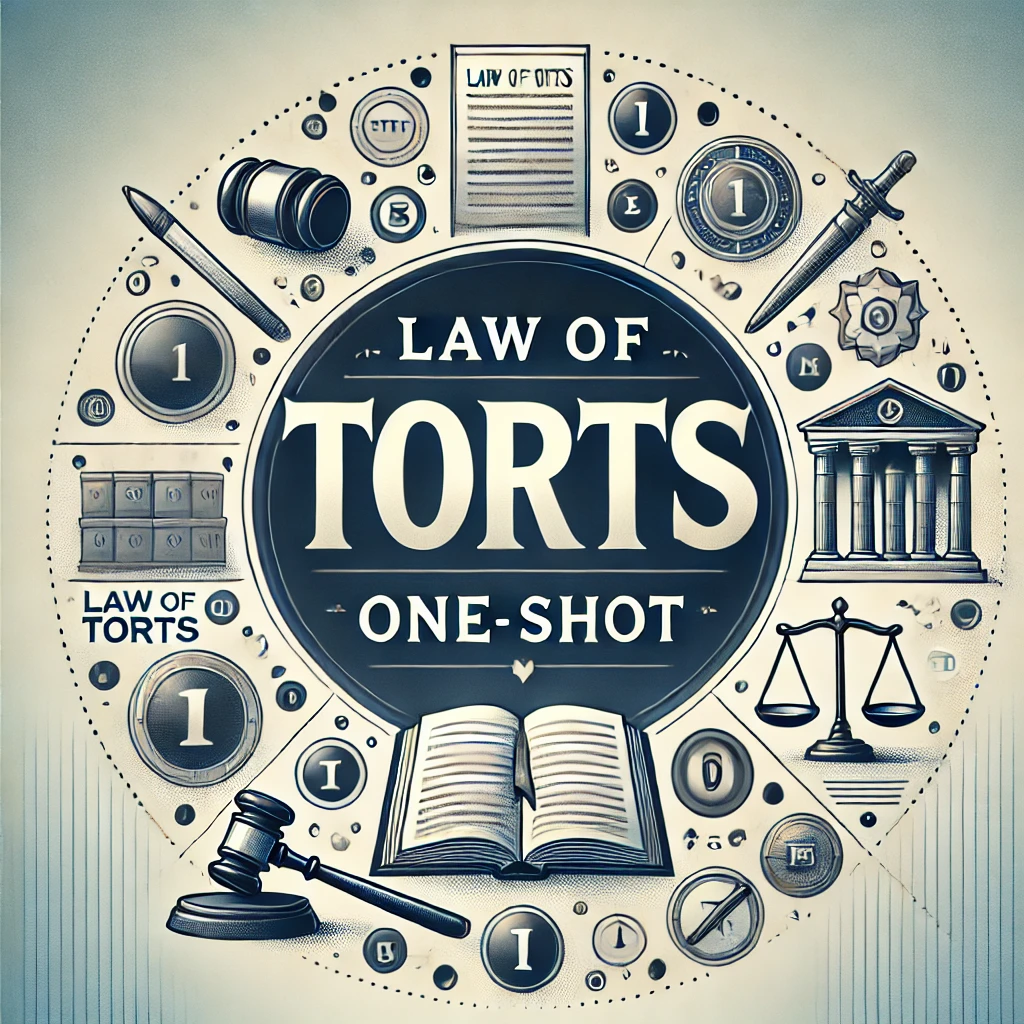

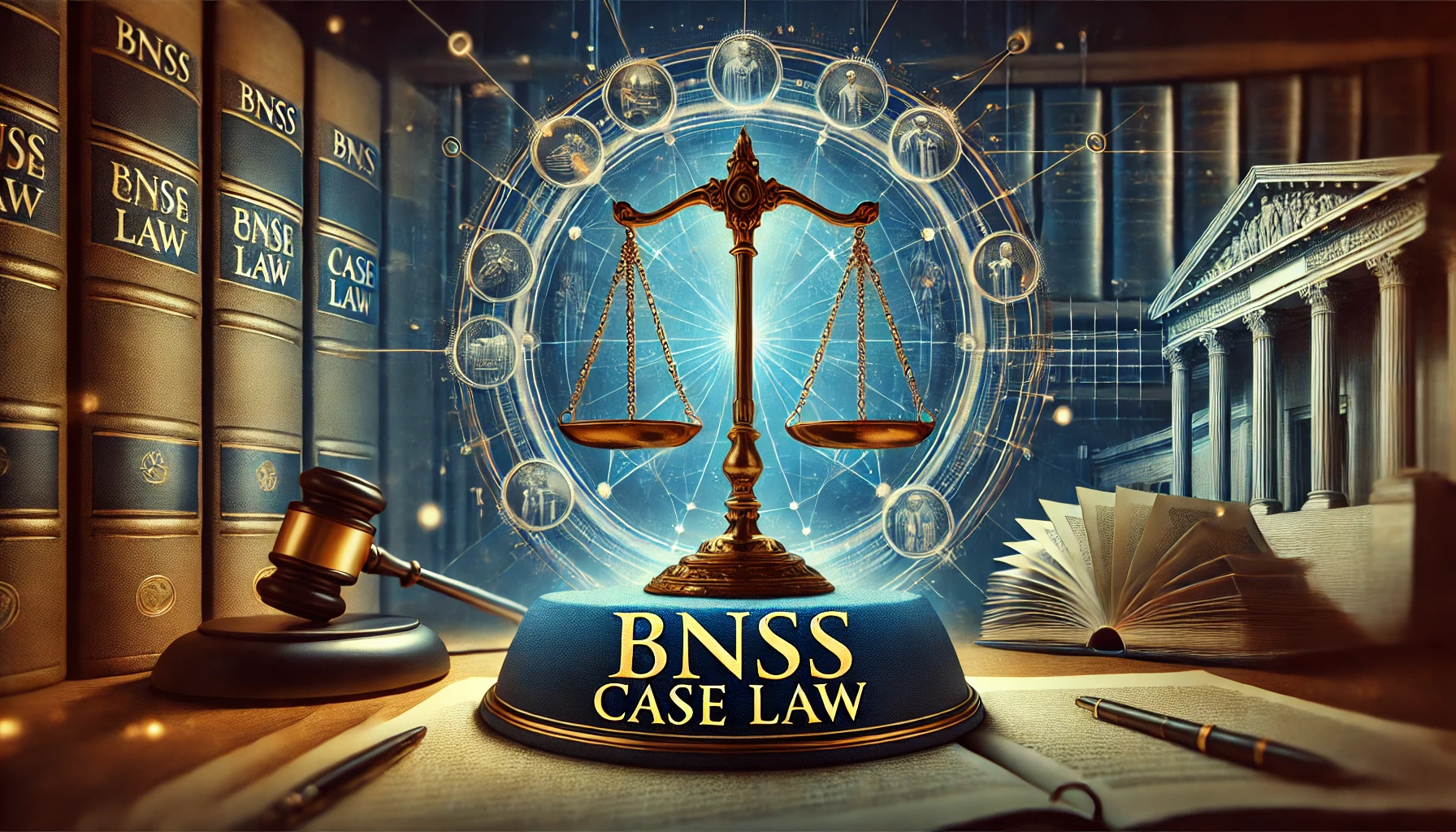



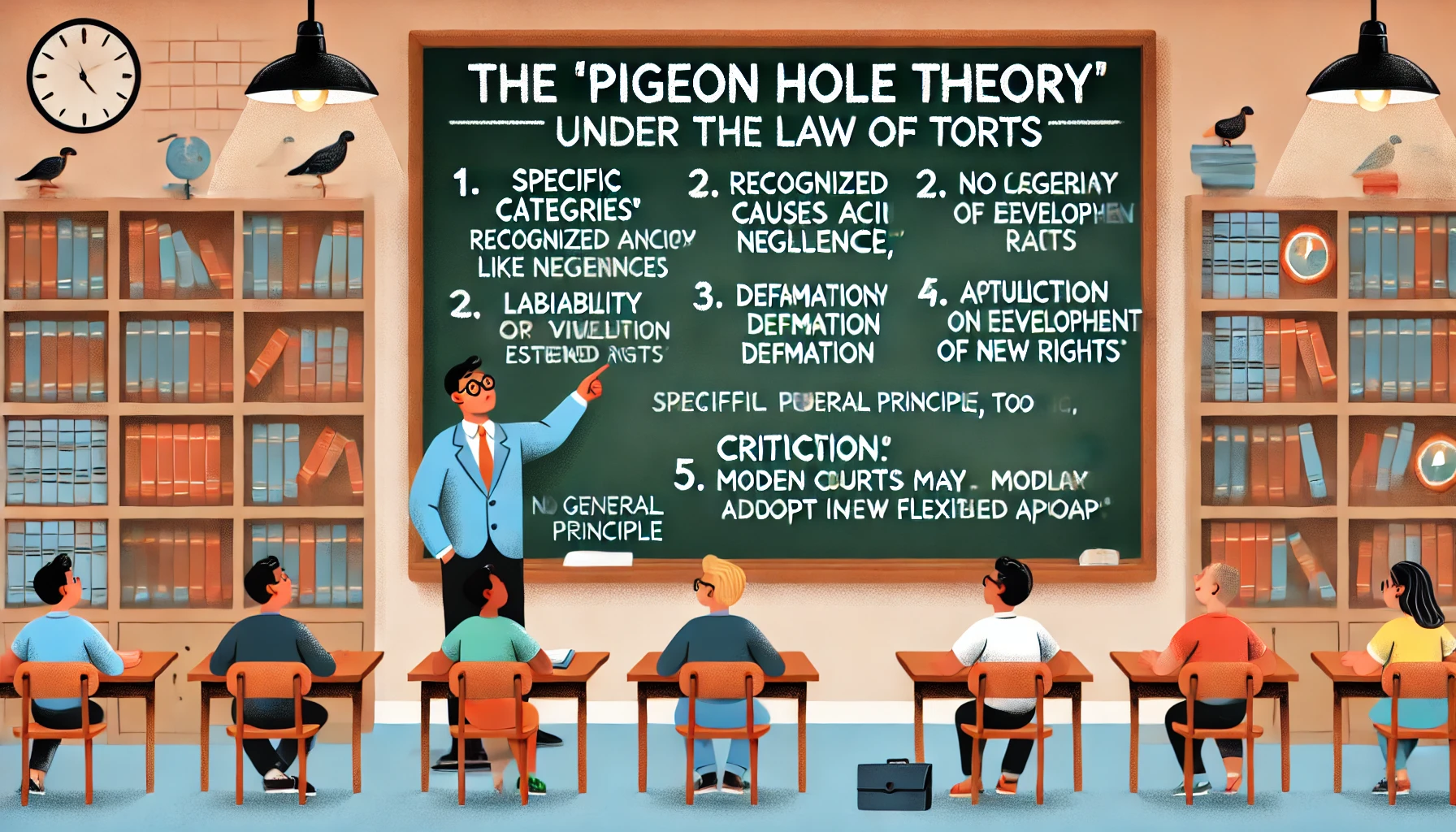



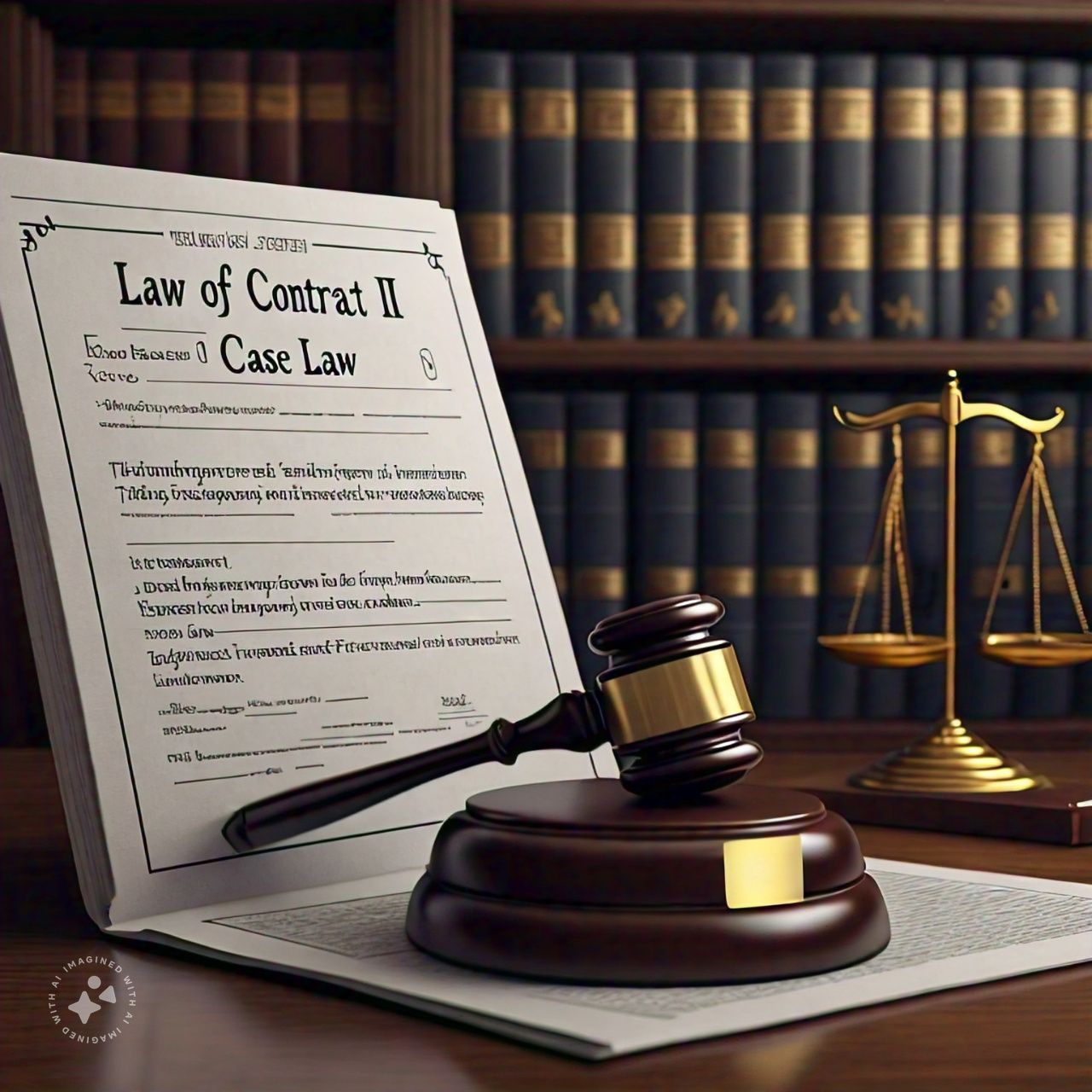
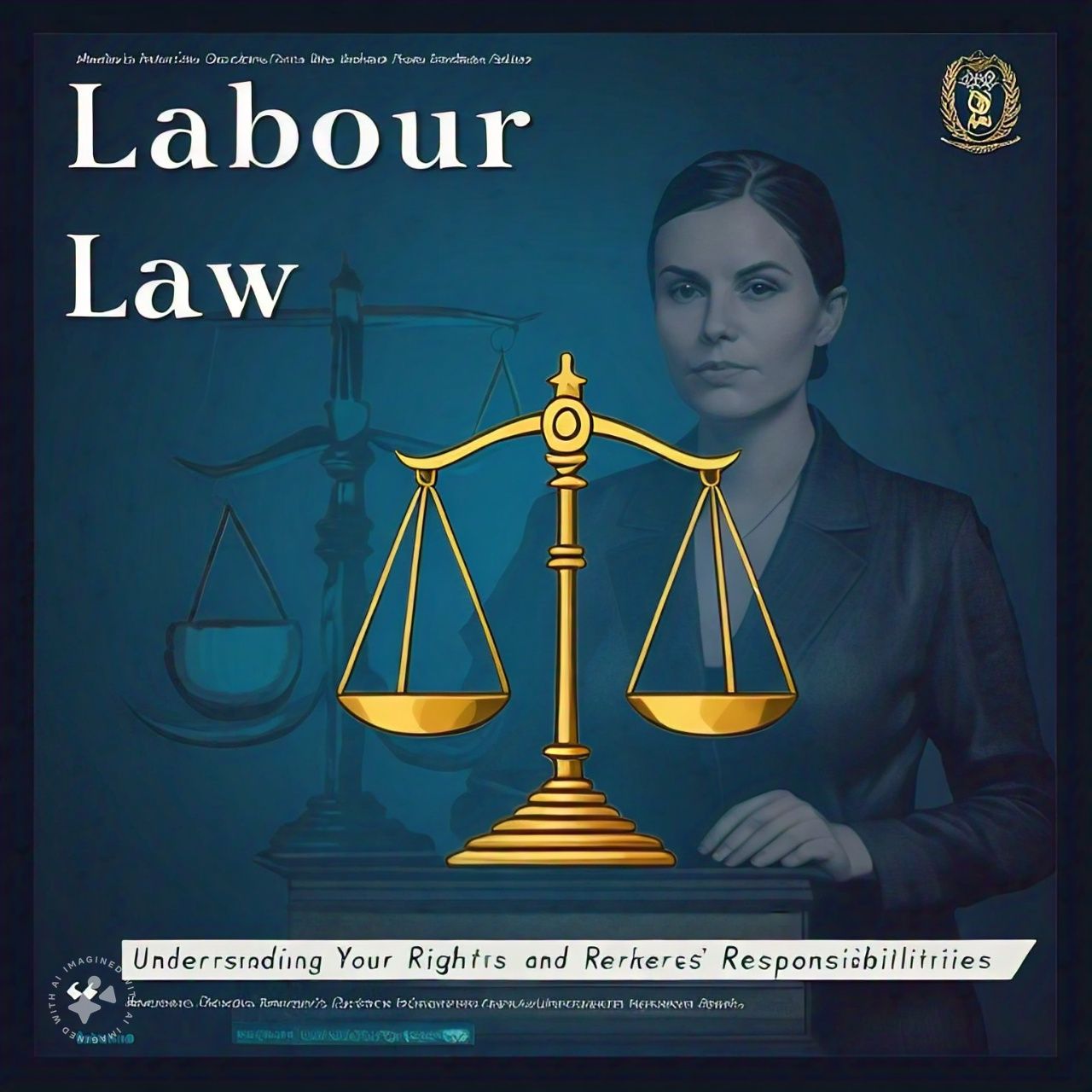
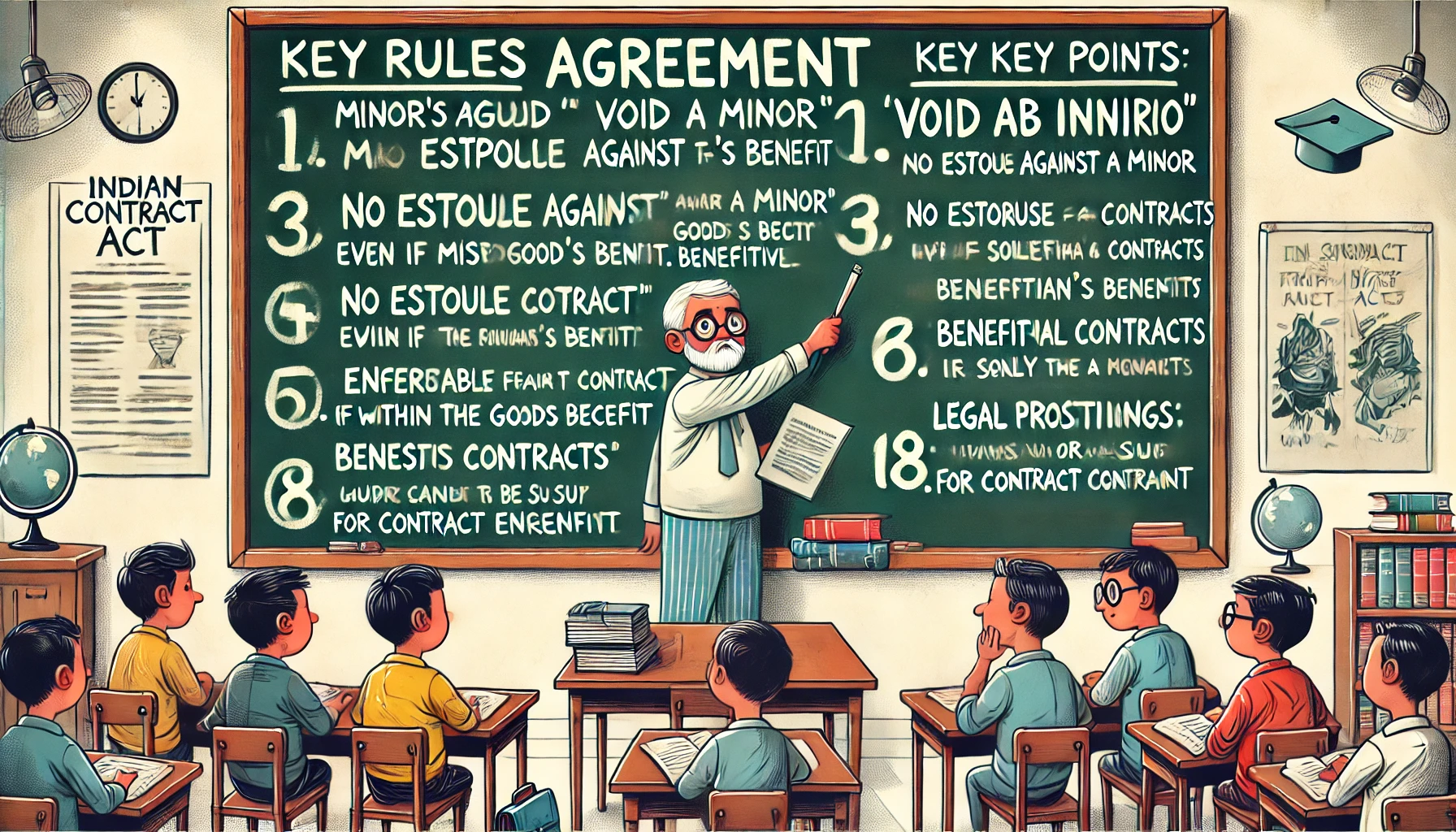



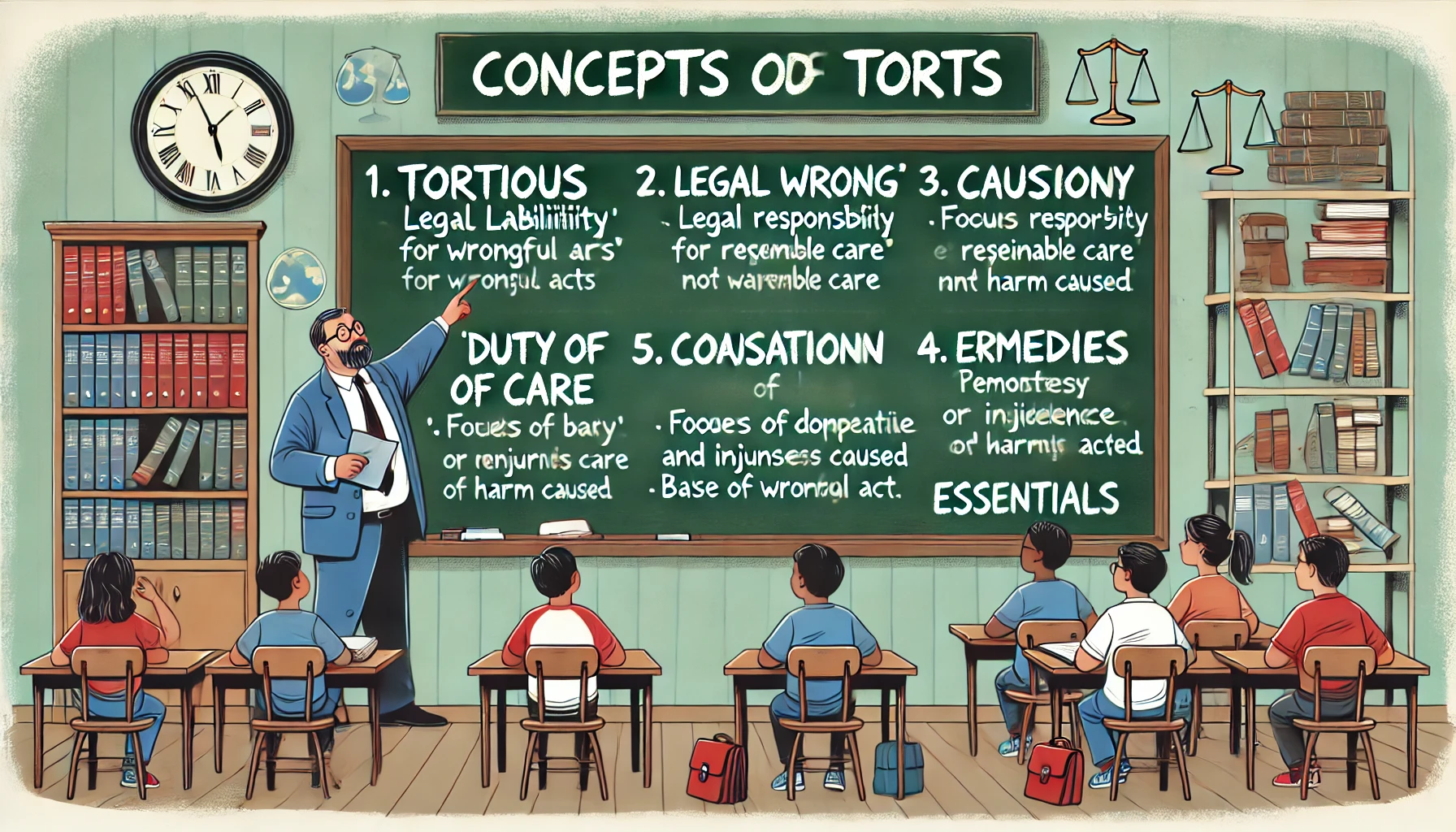
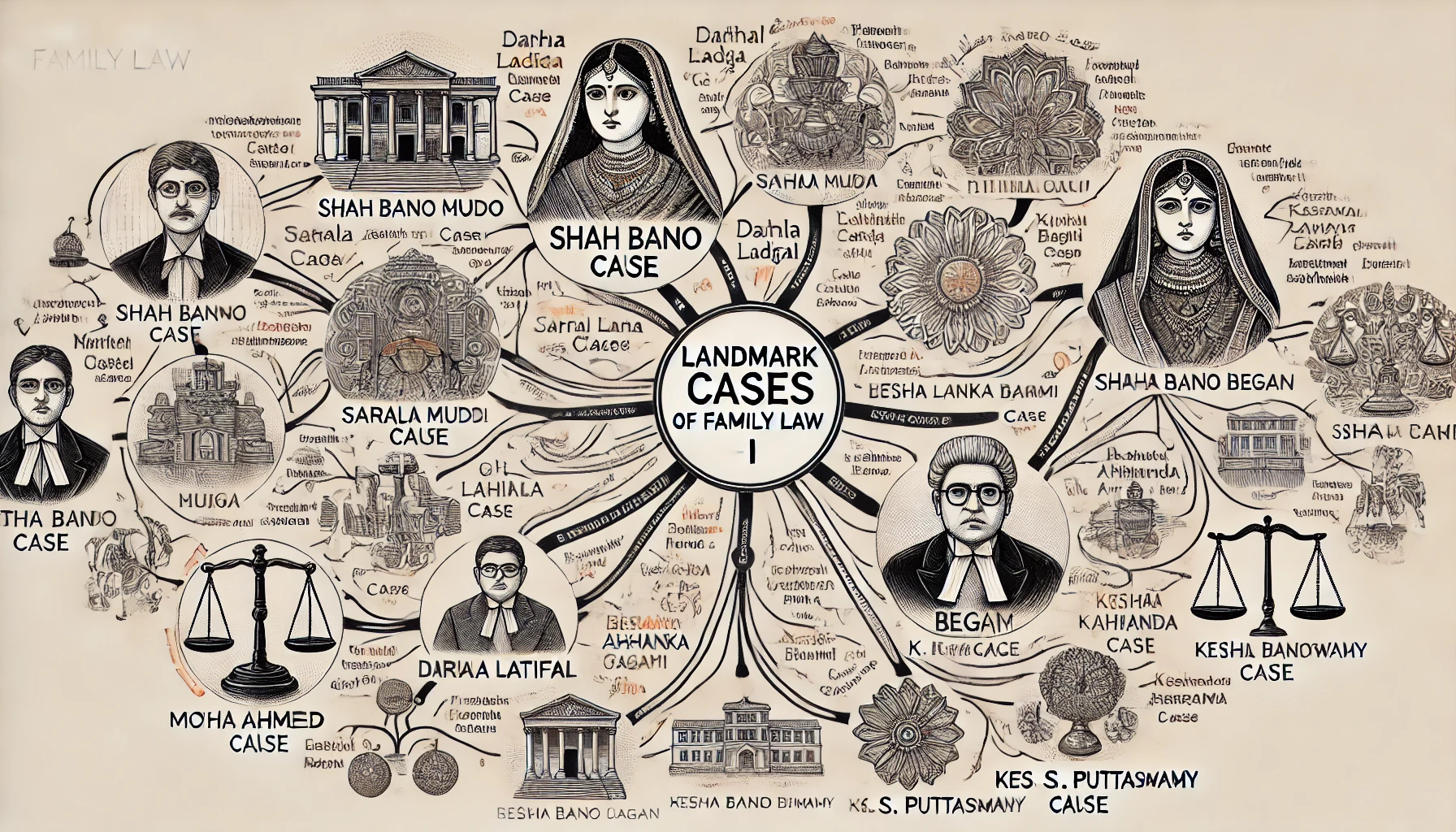

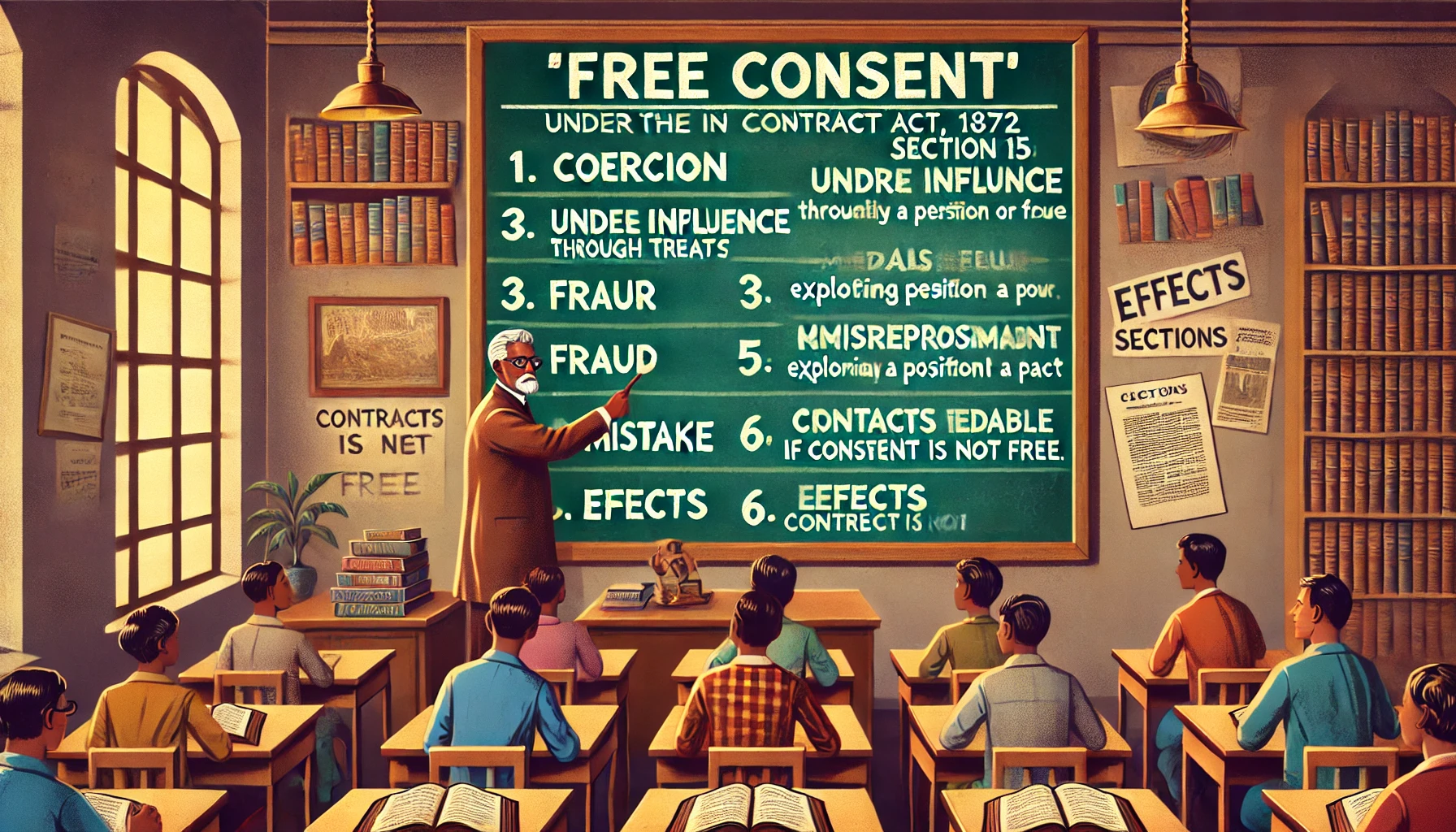
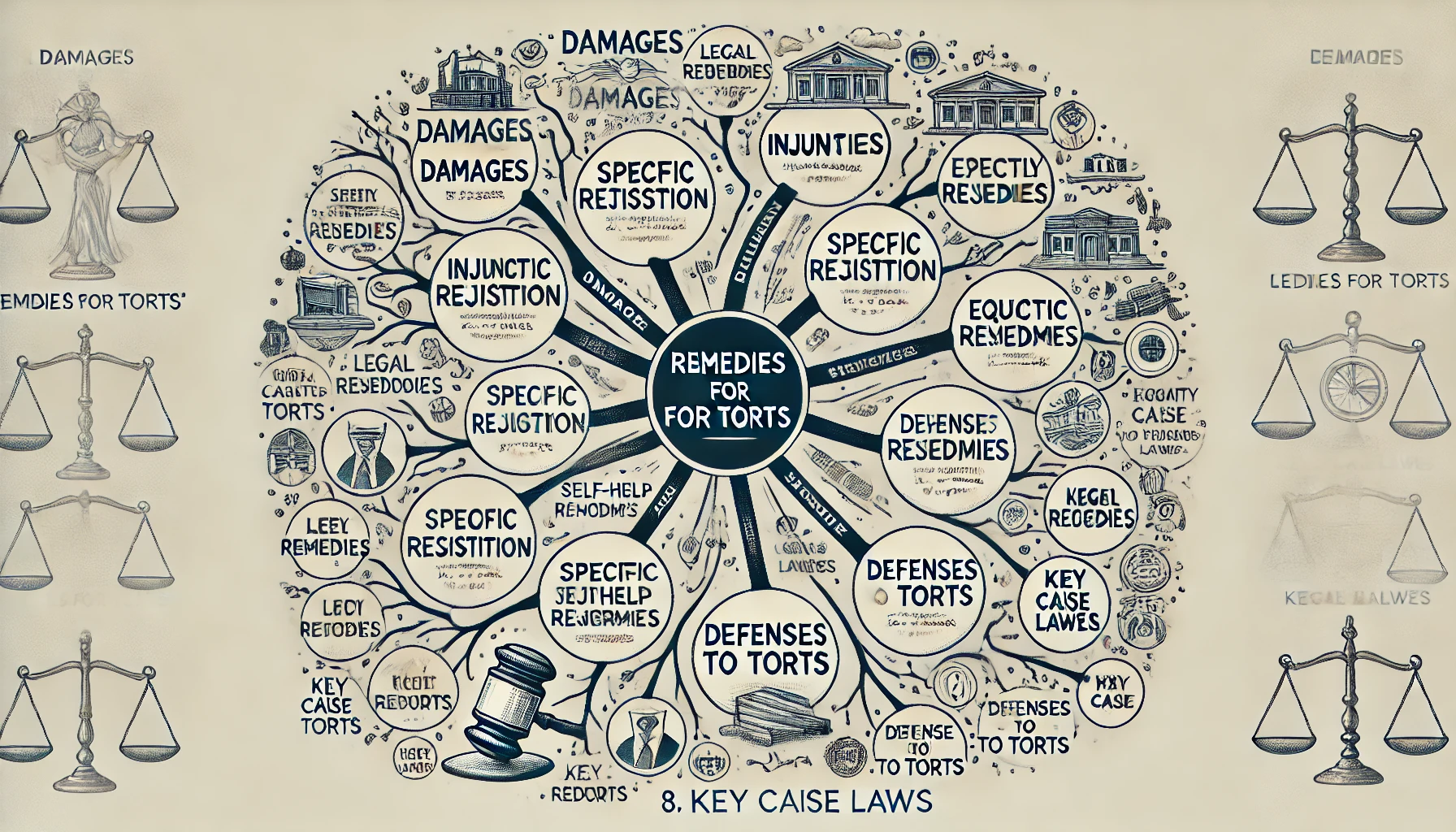


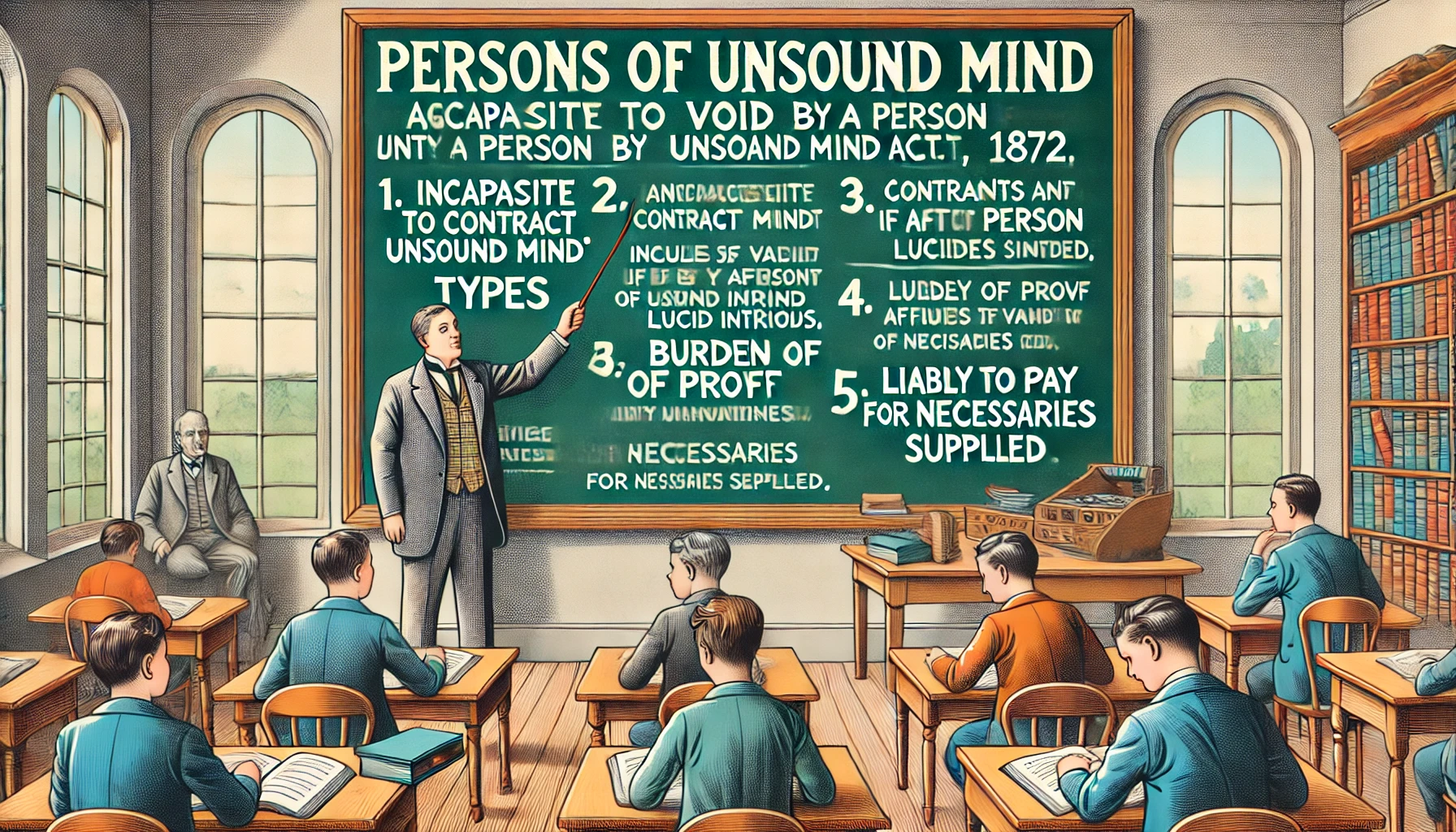

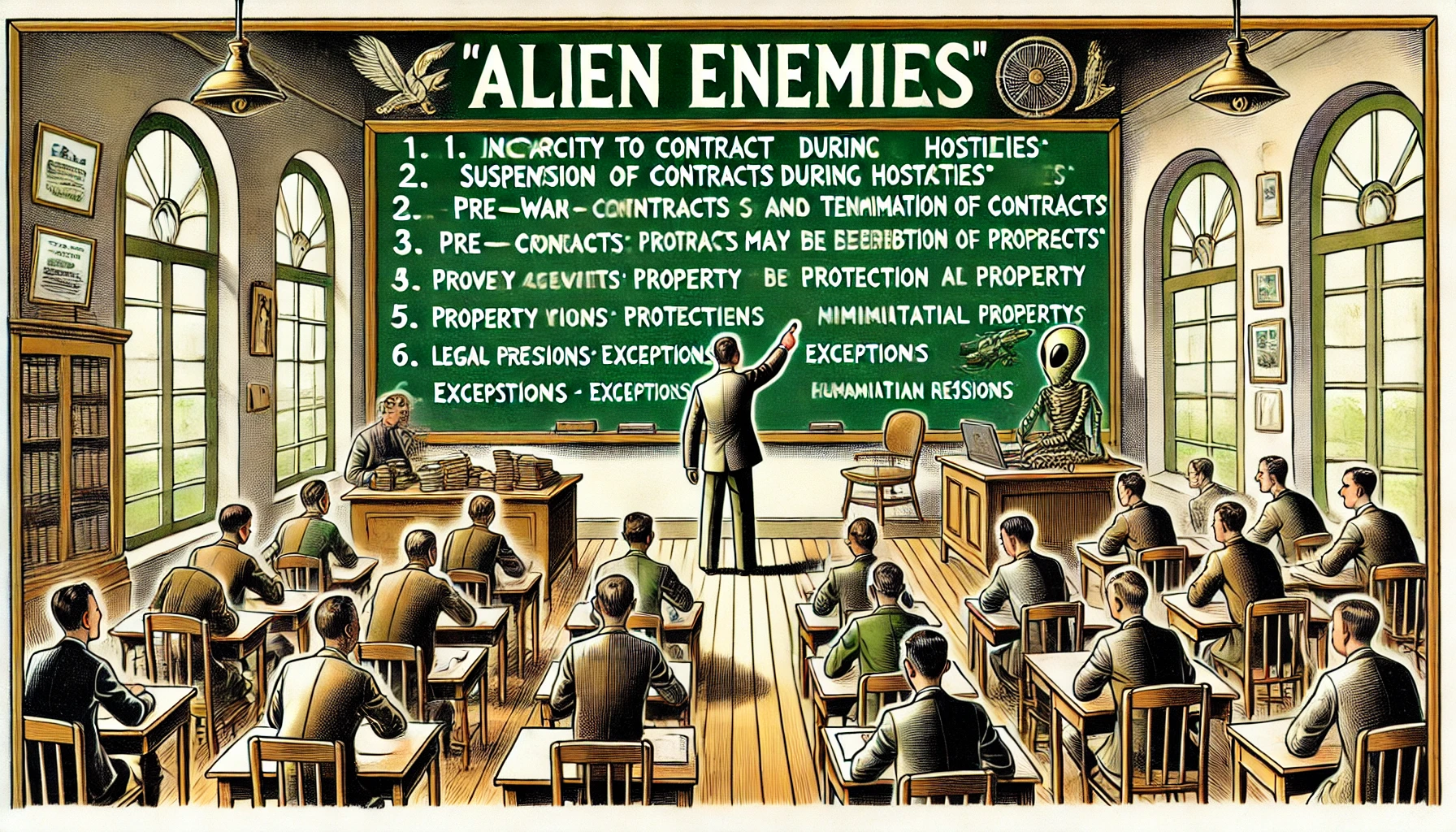

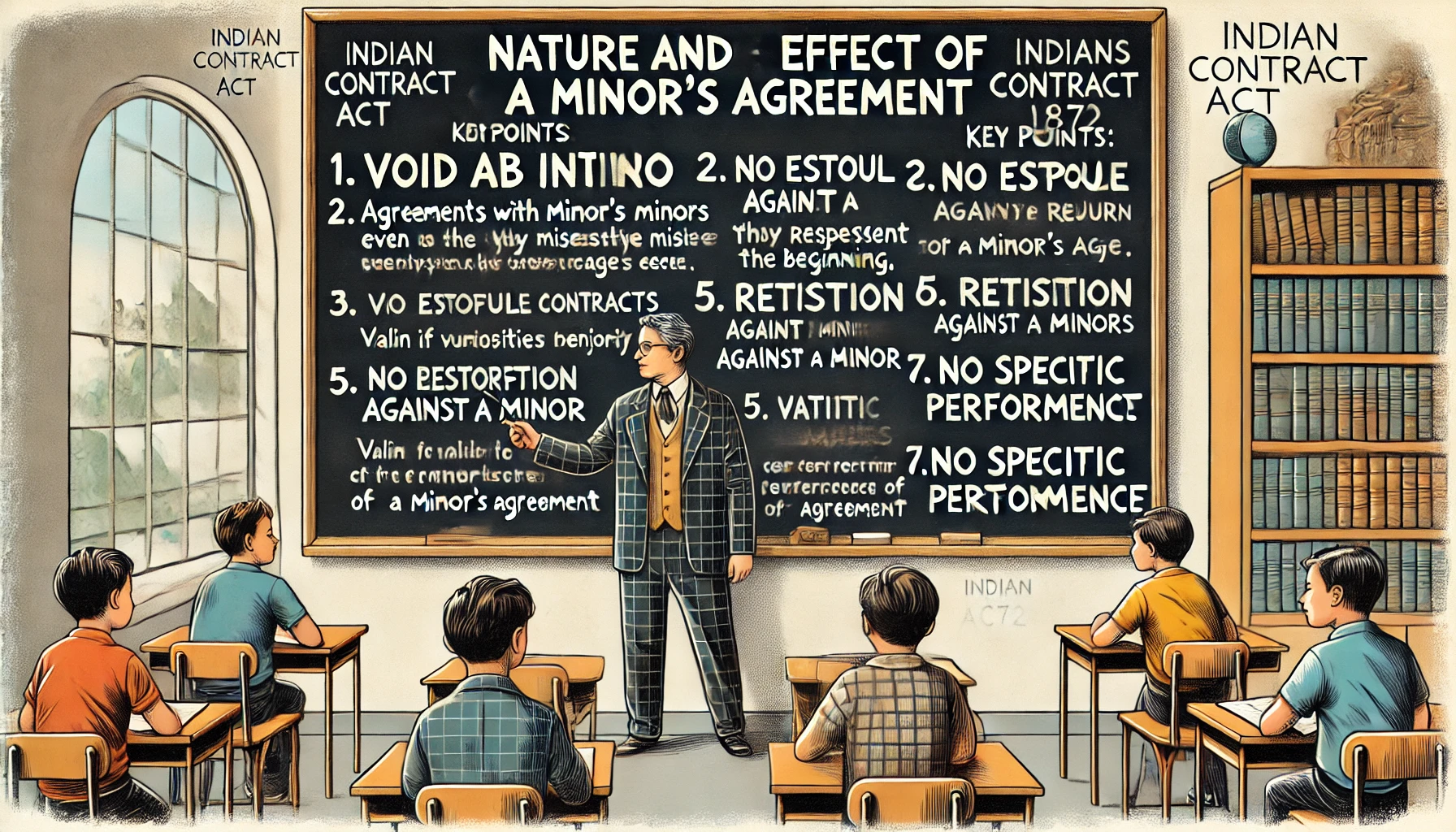


Comment
Nothing for now